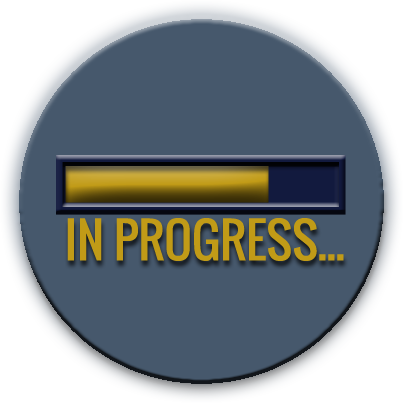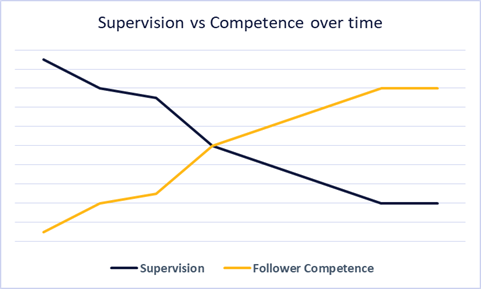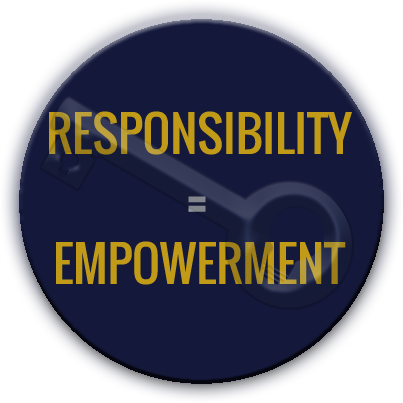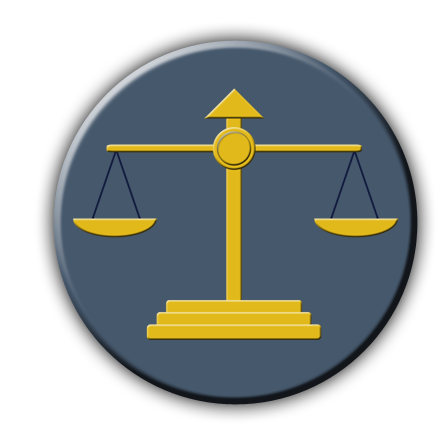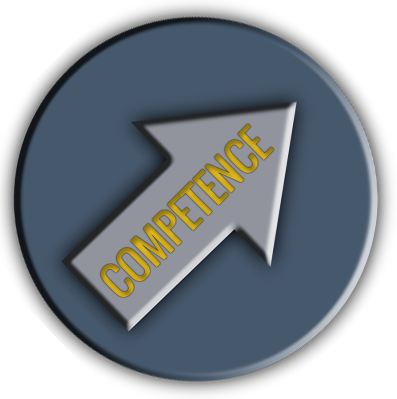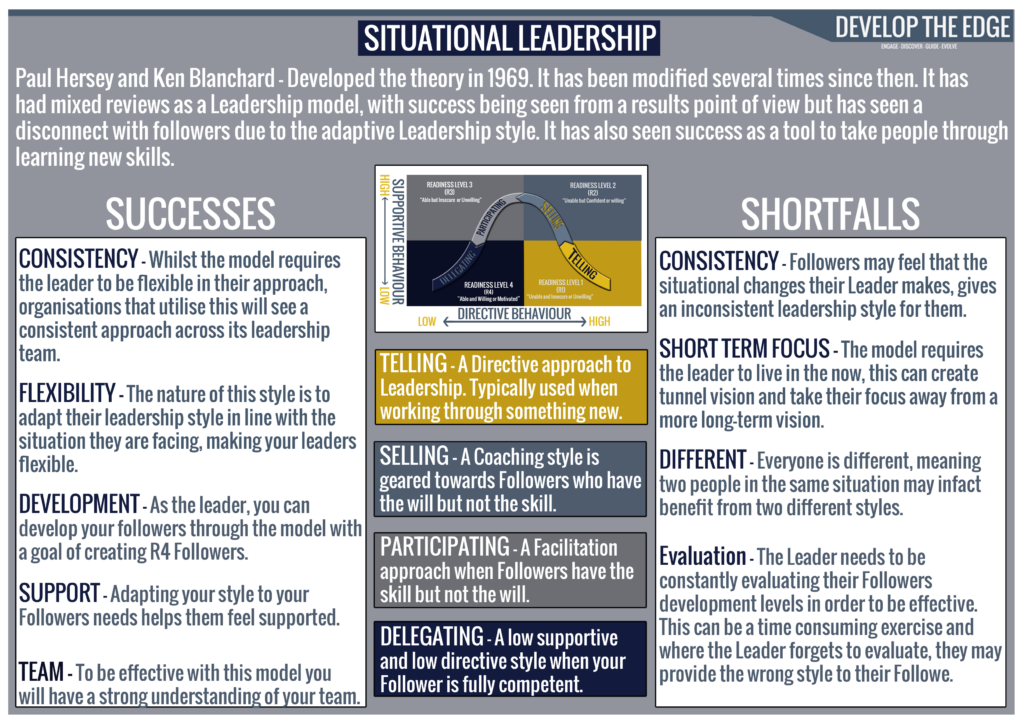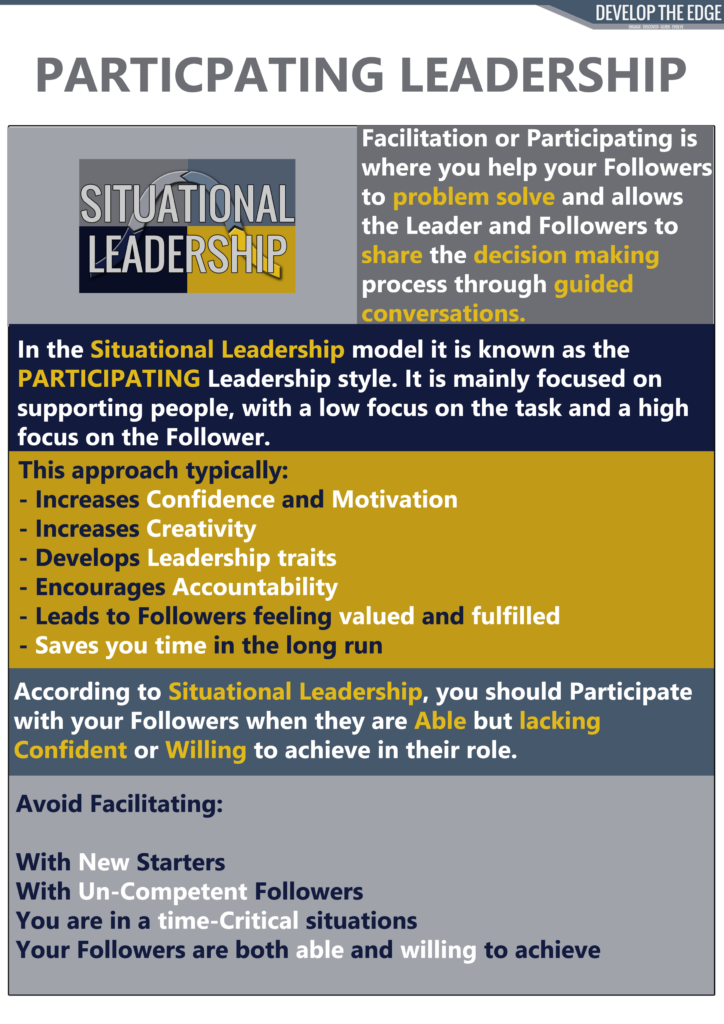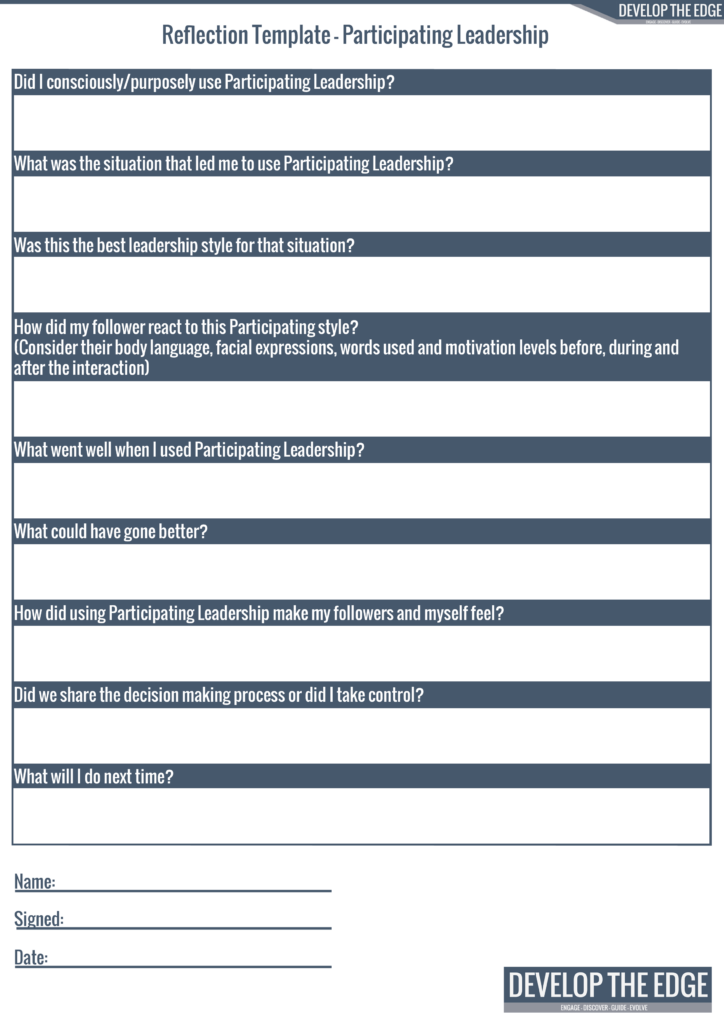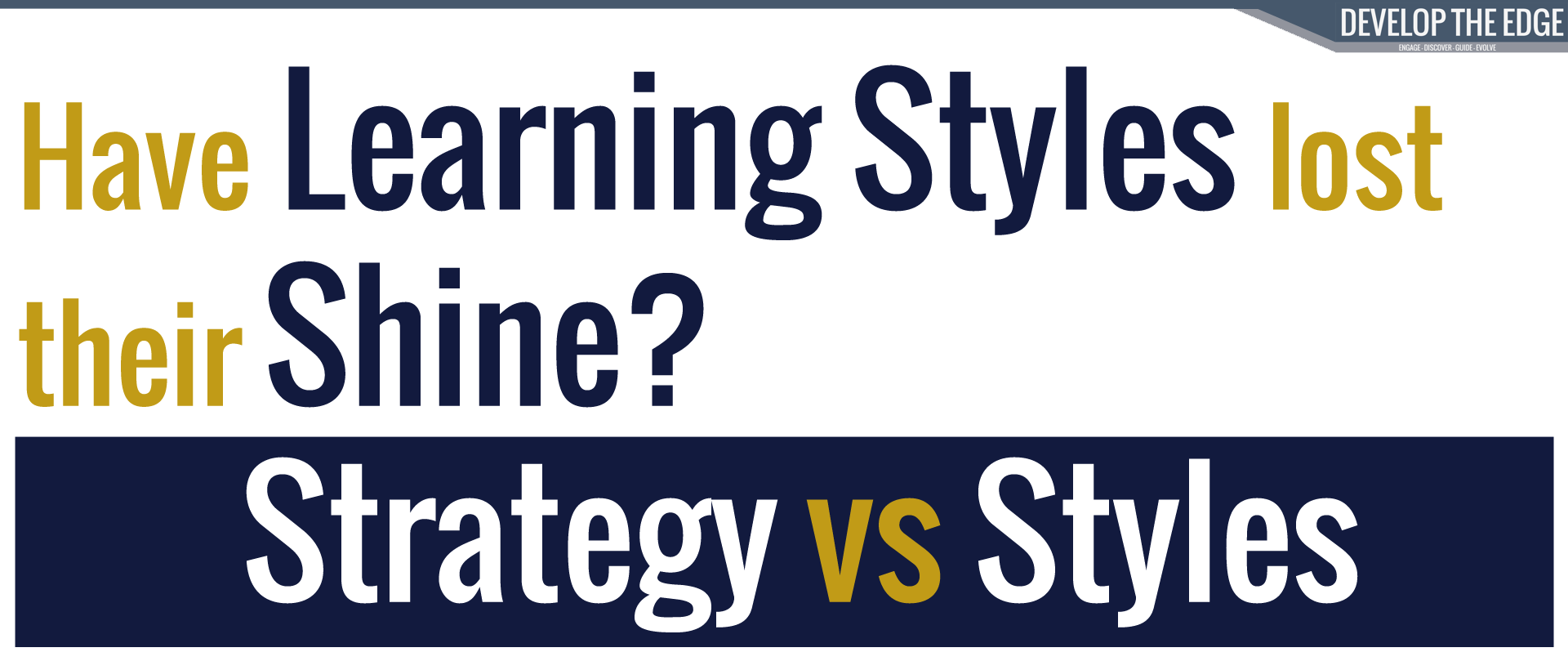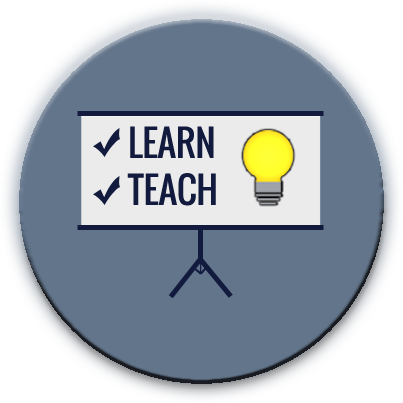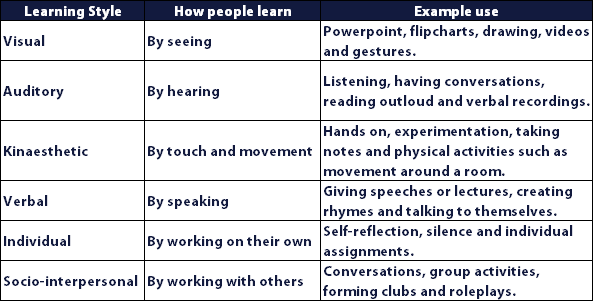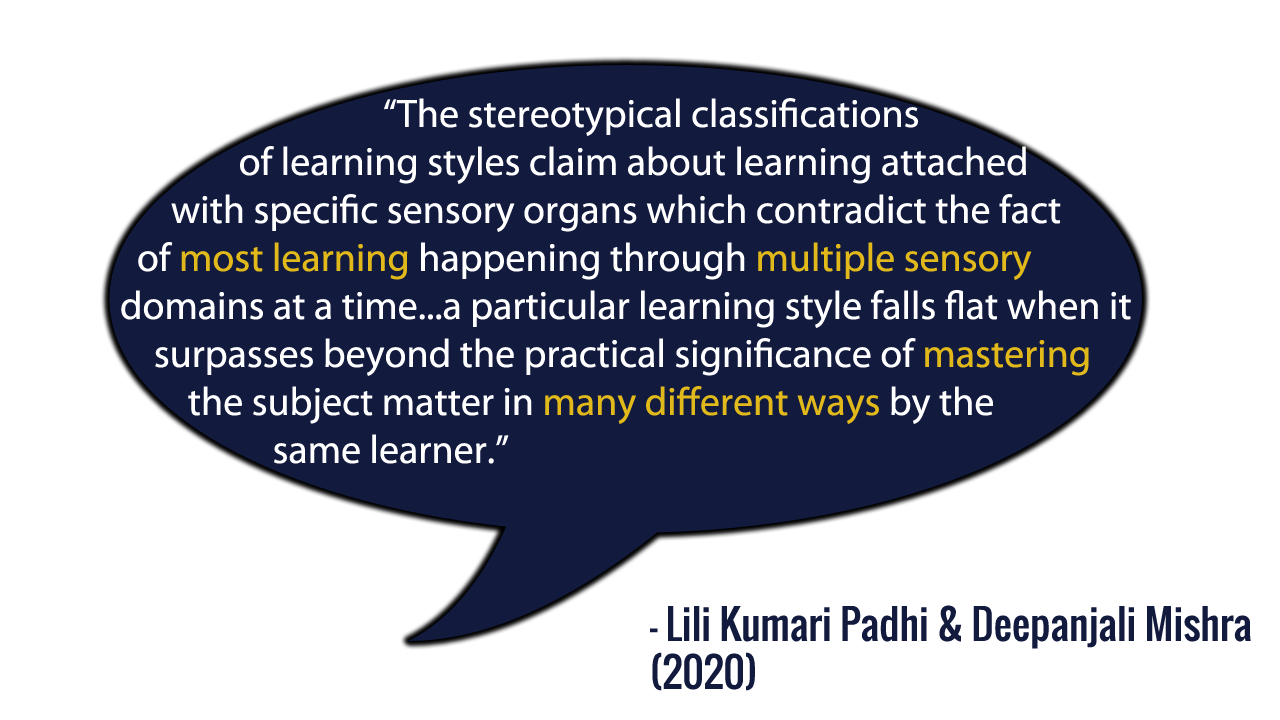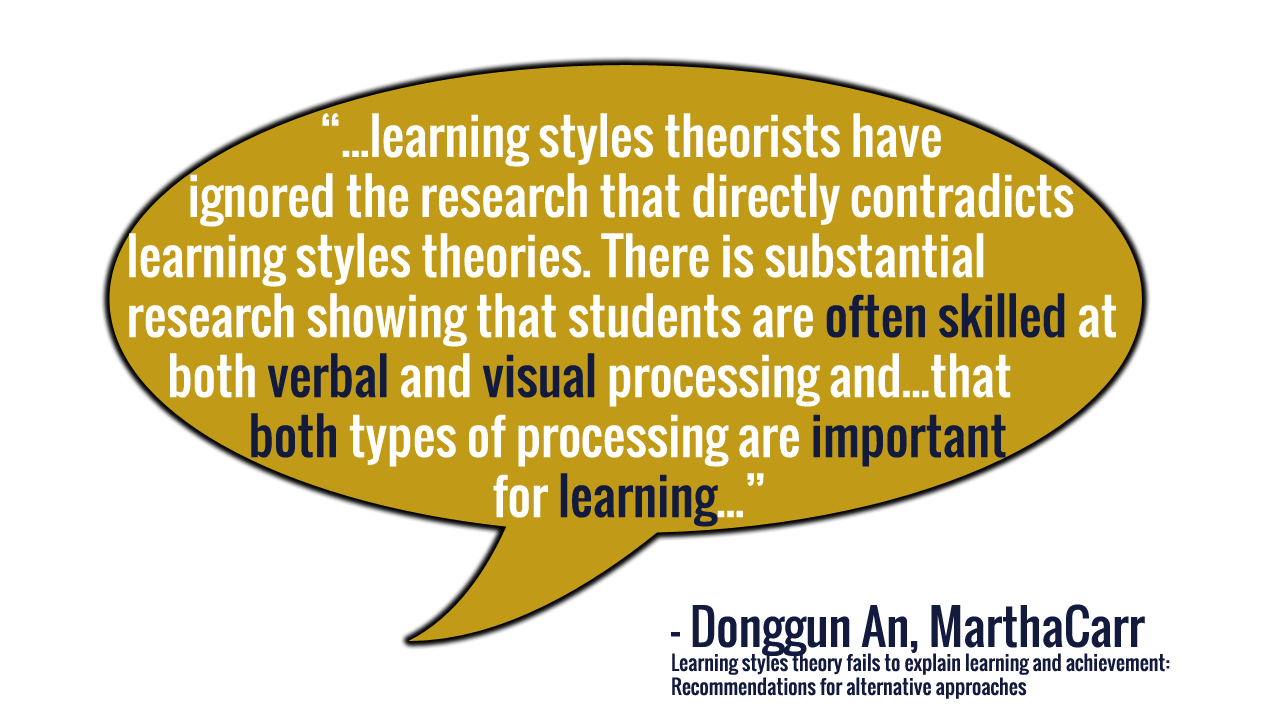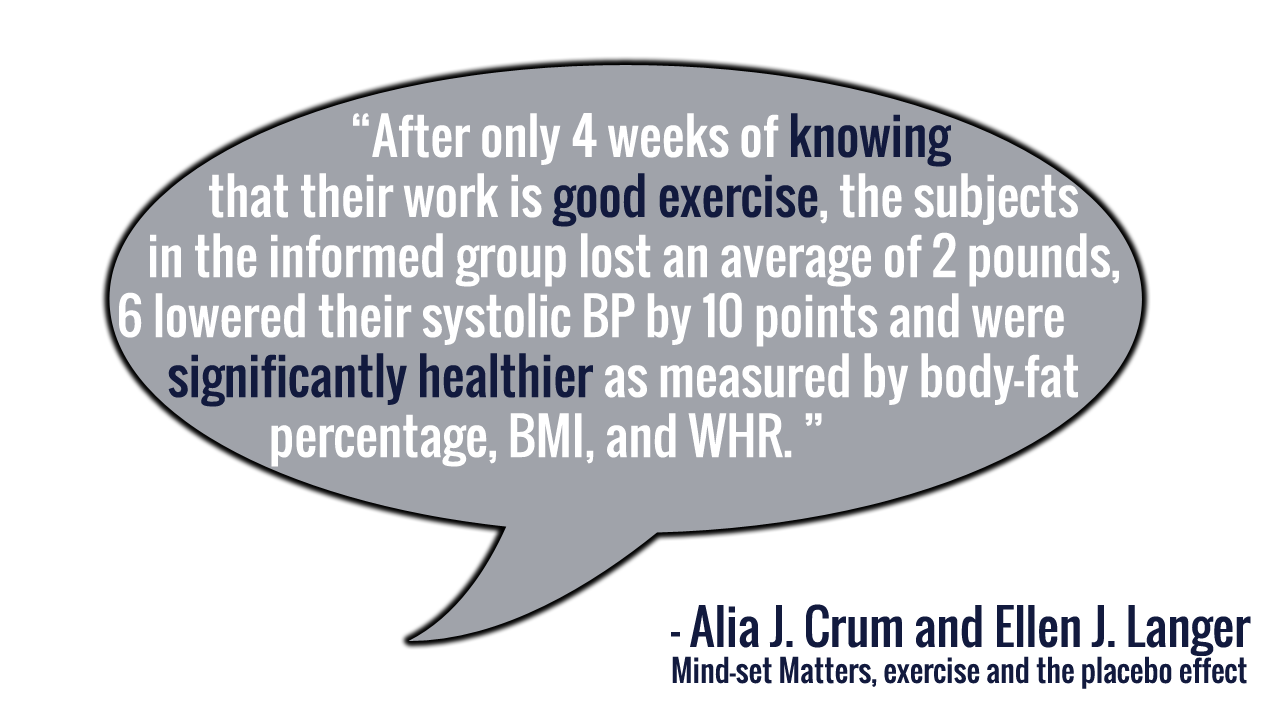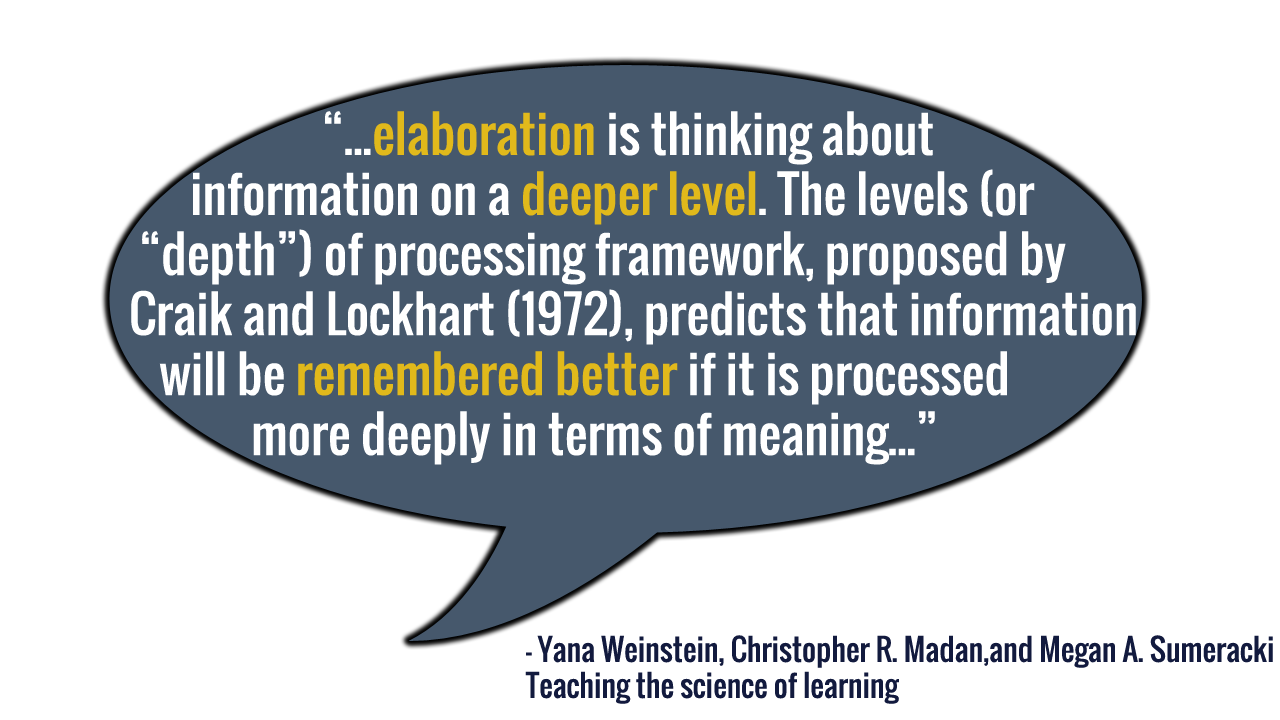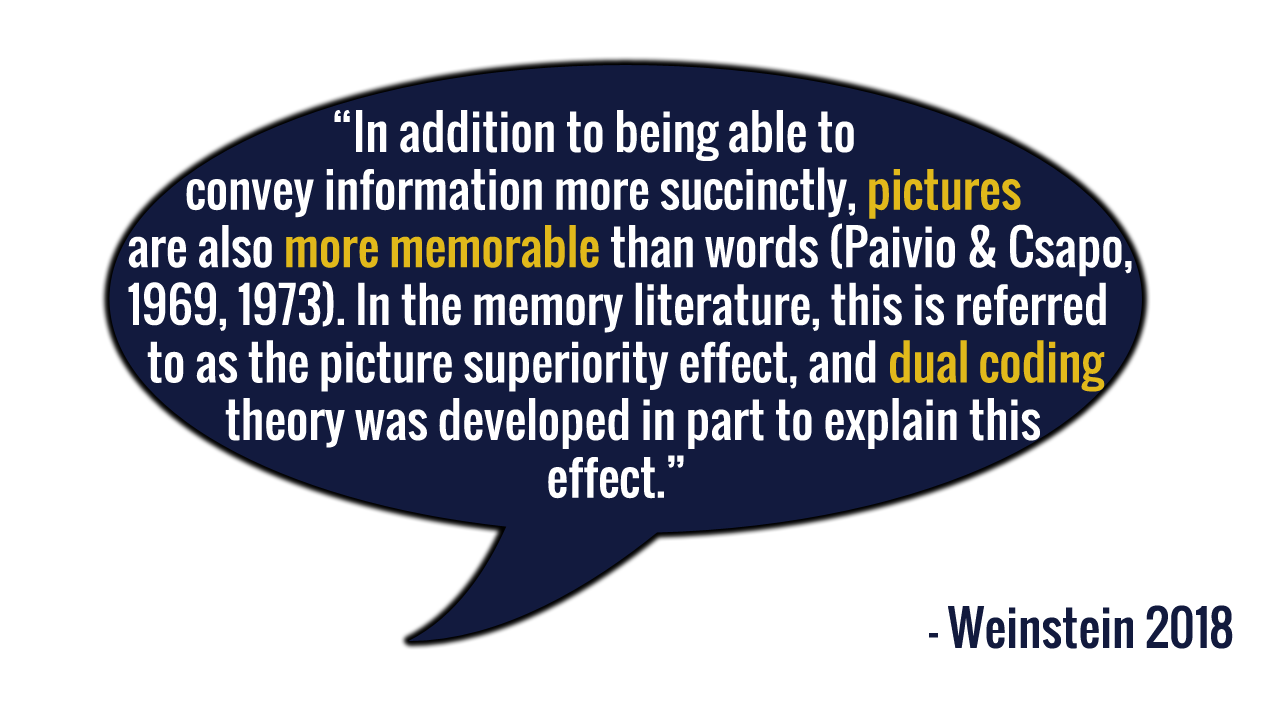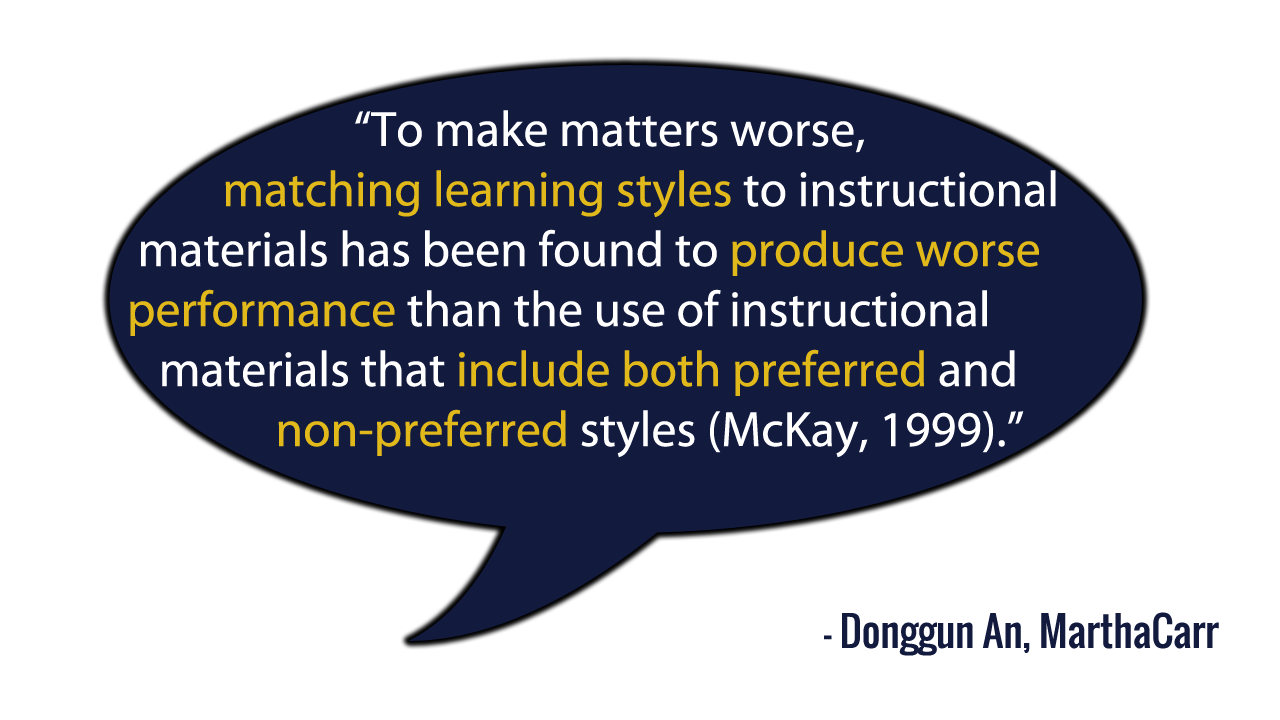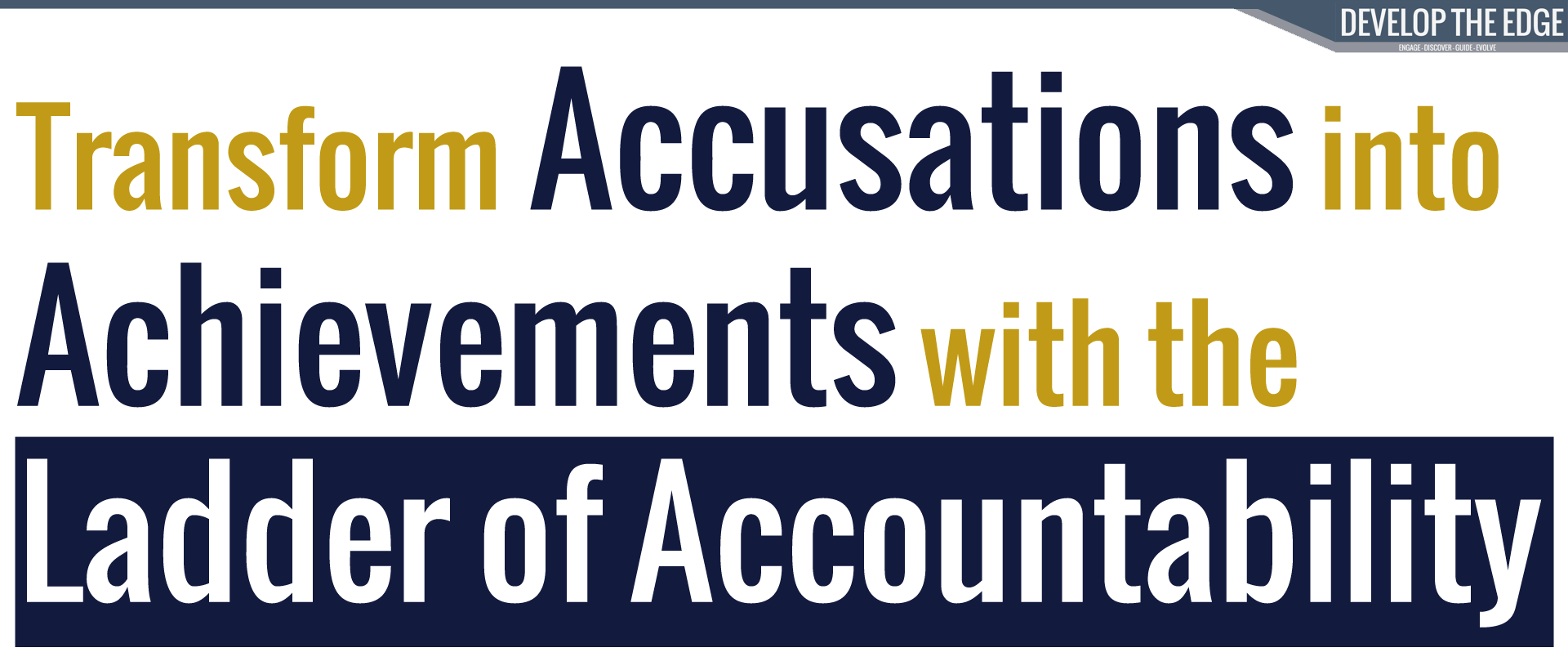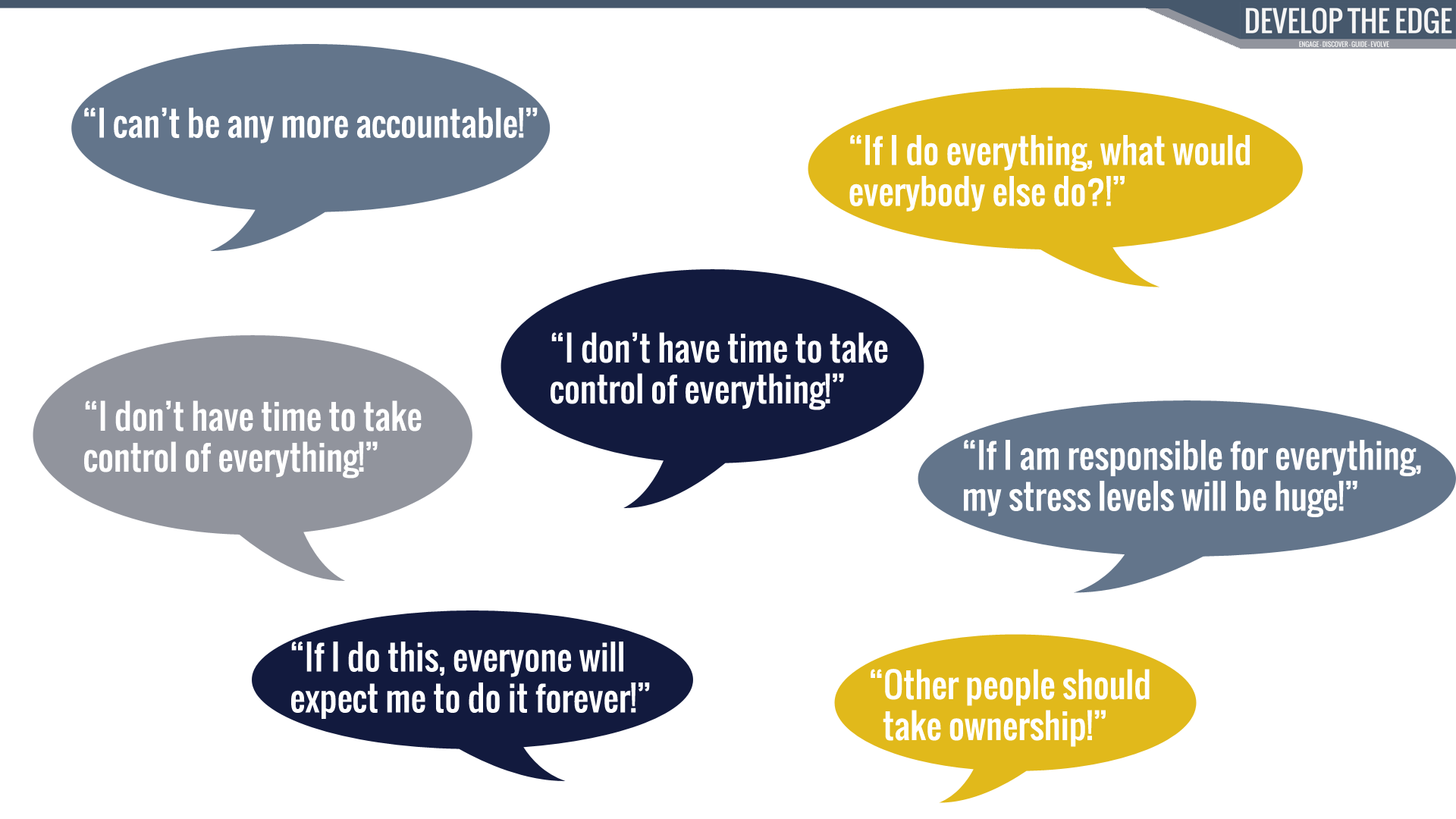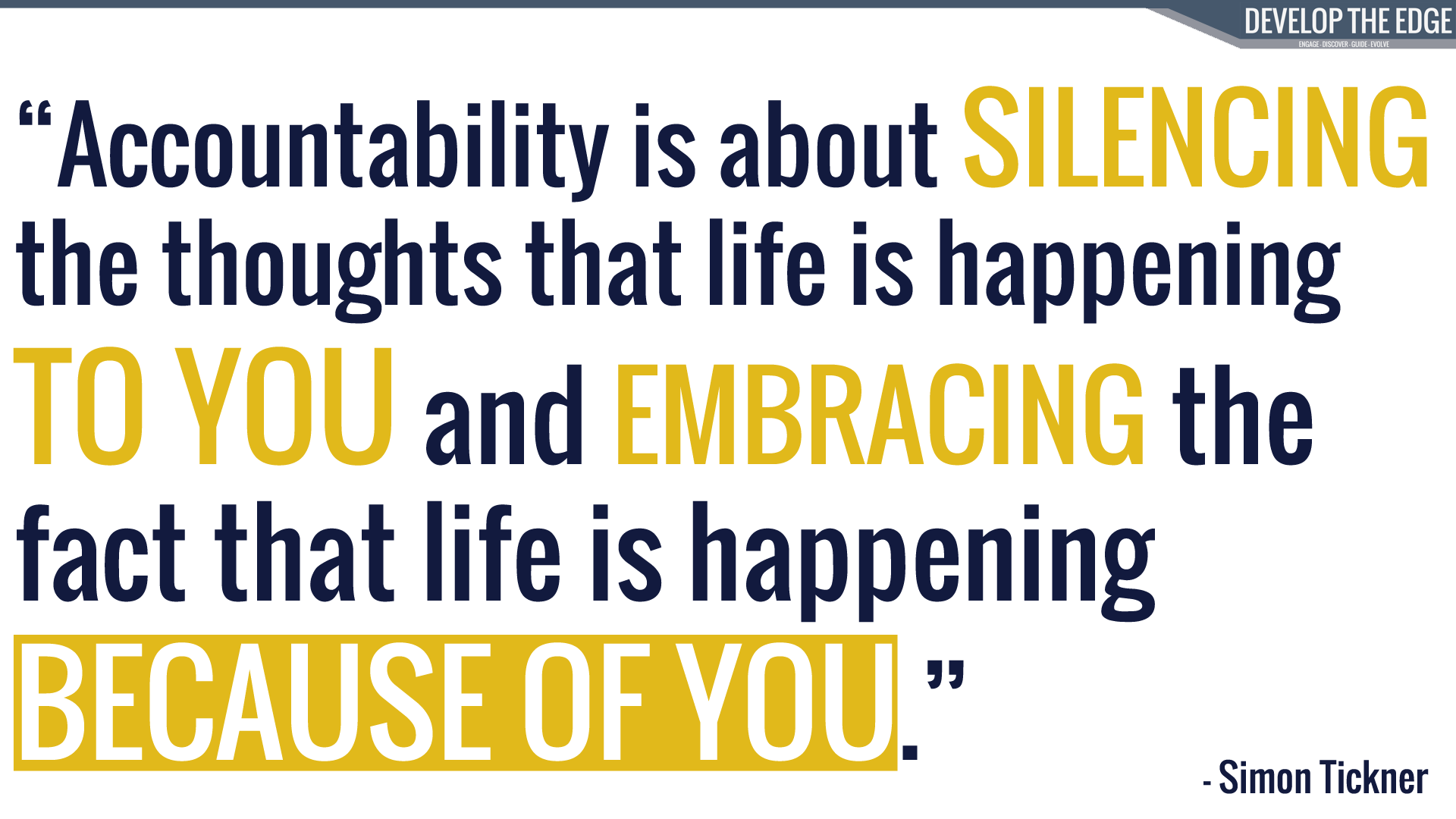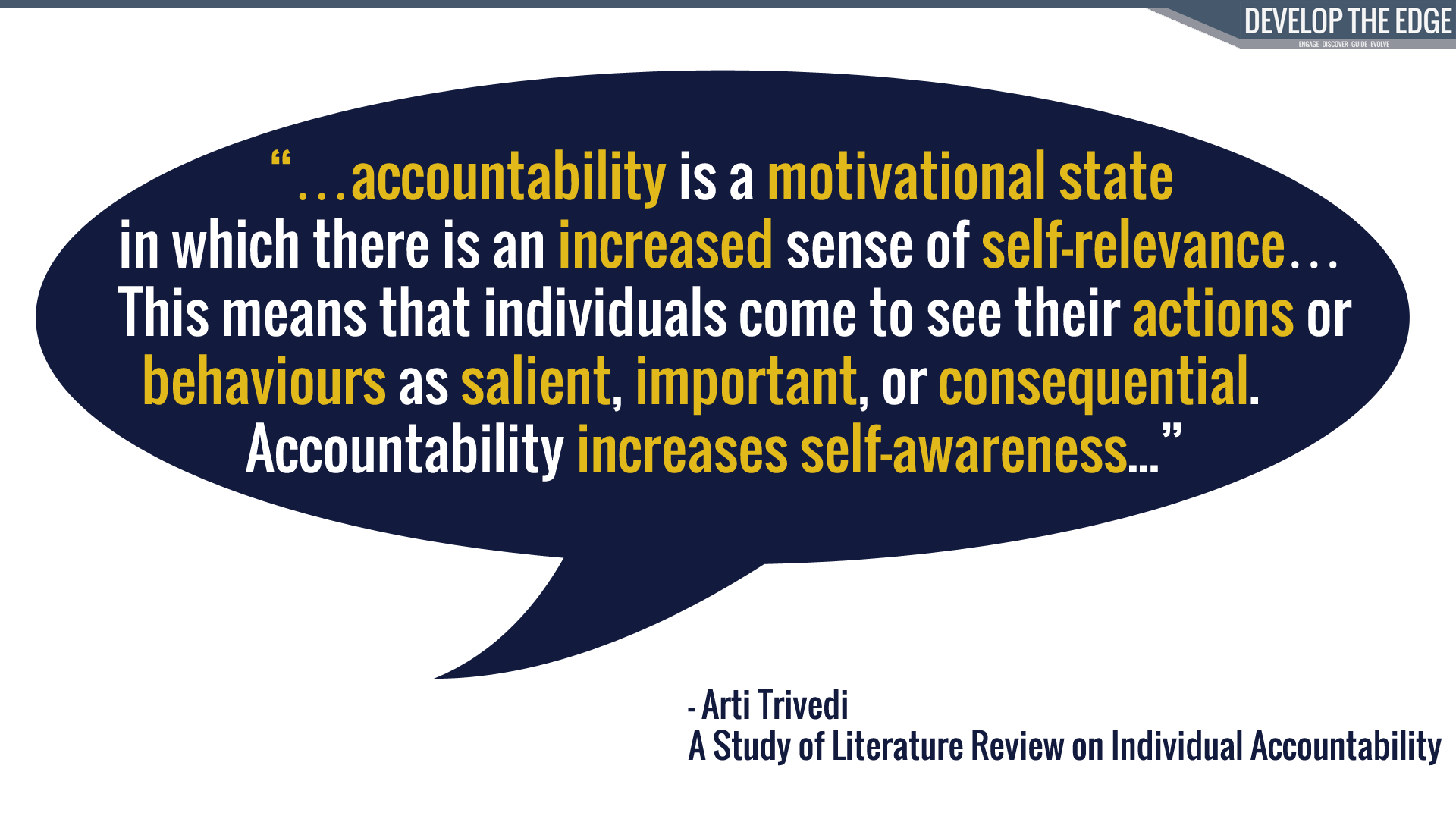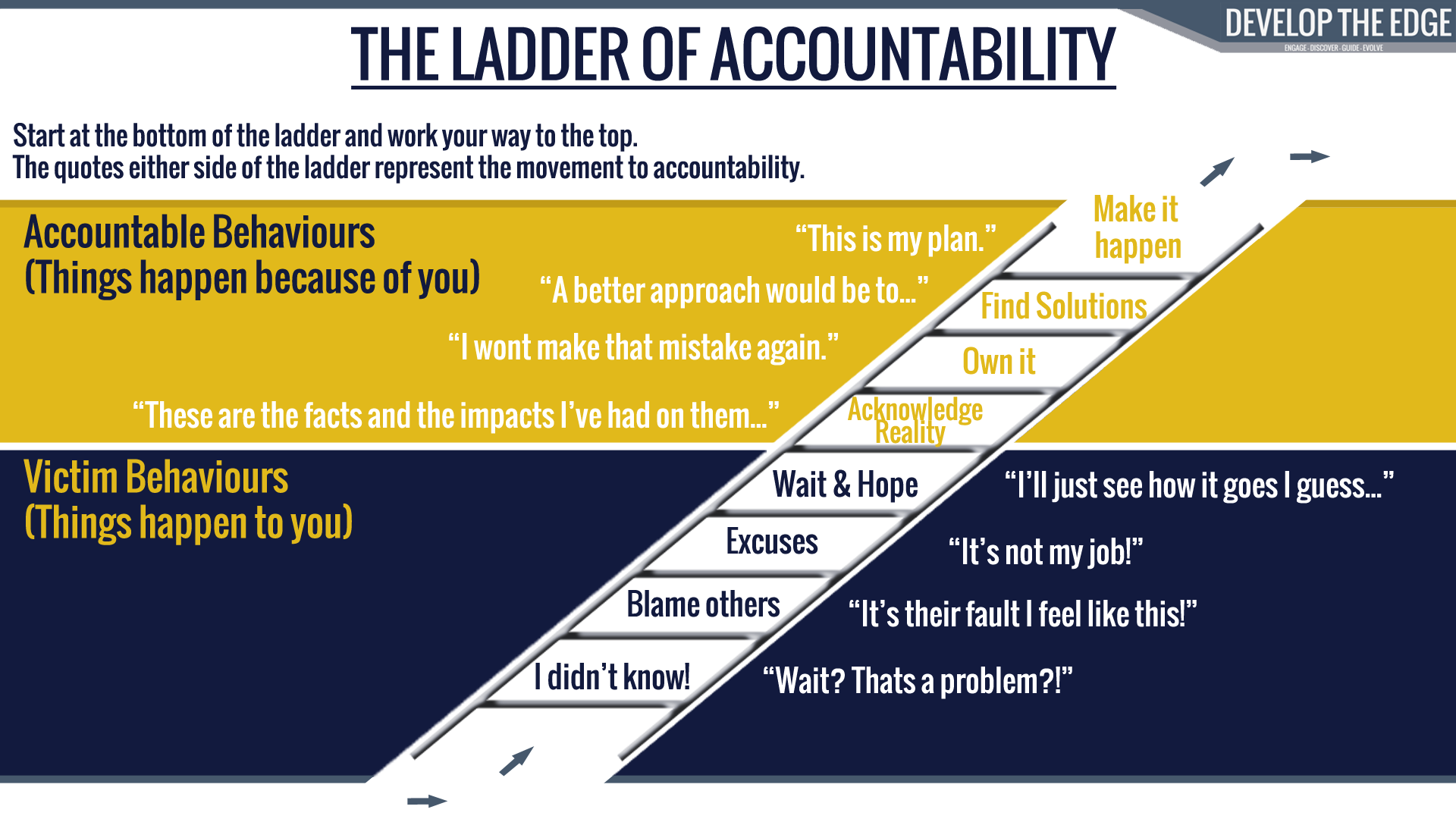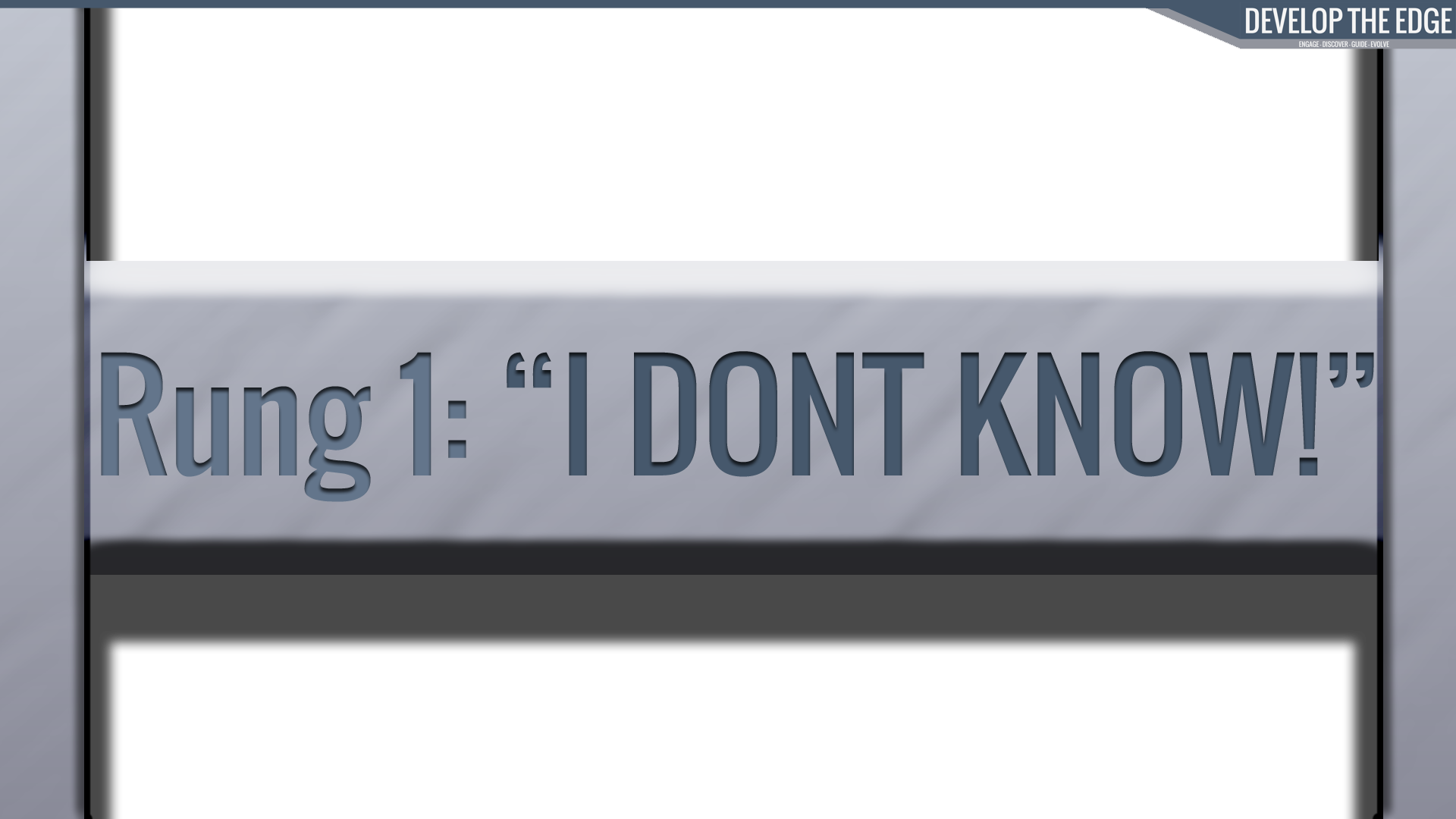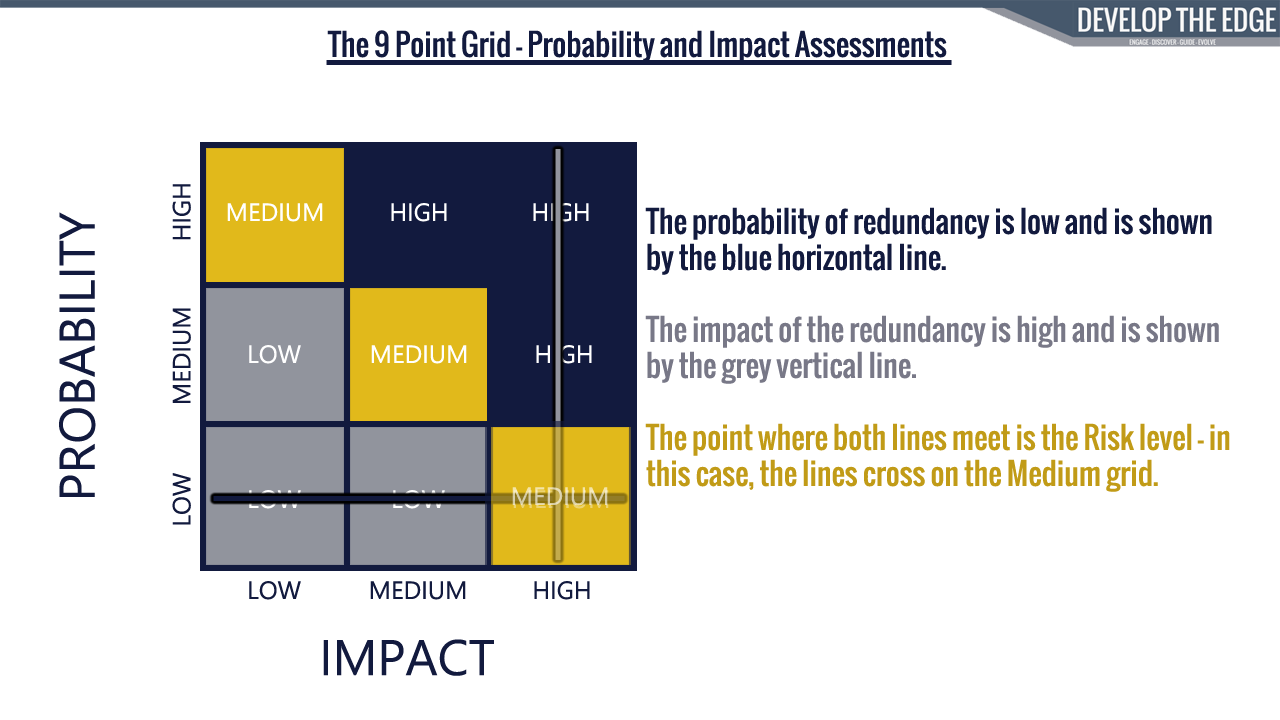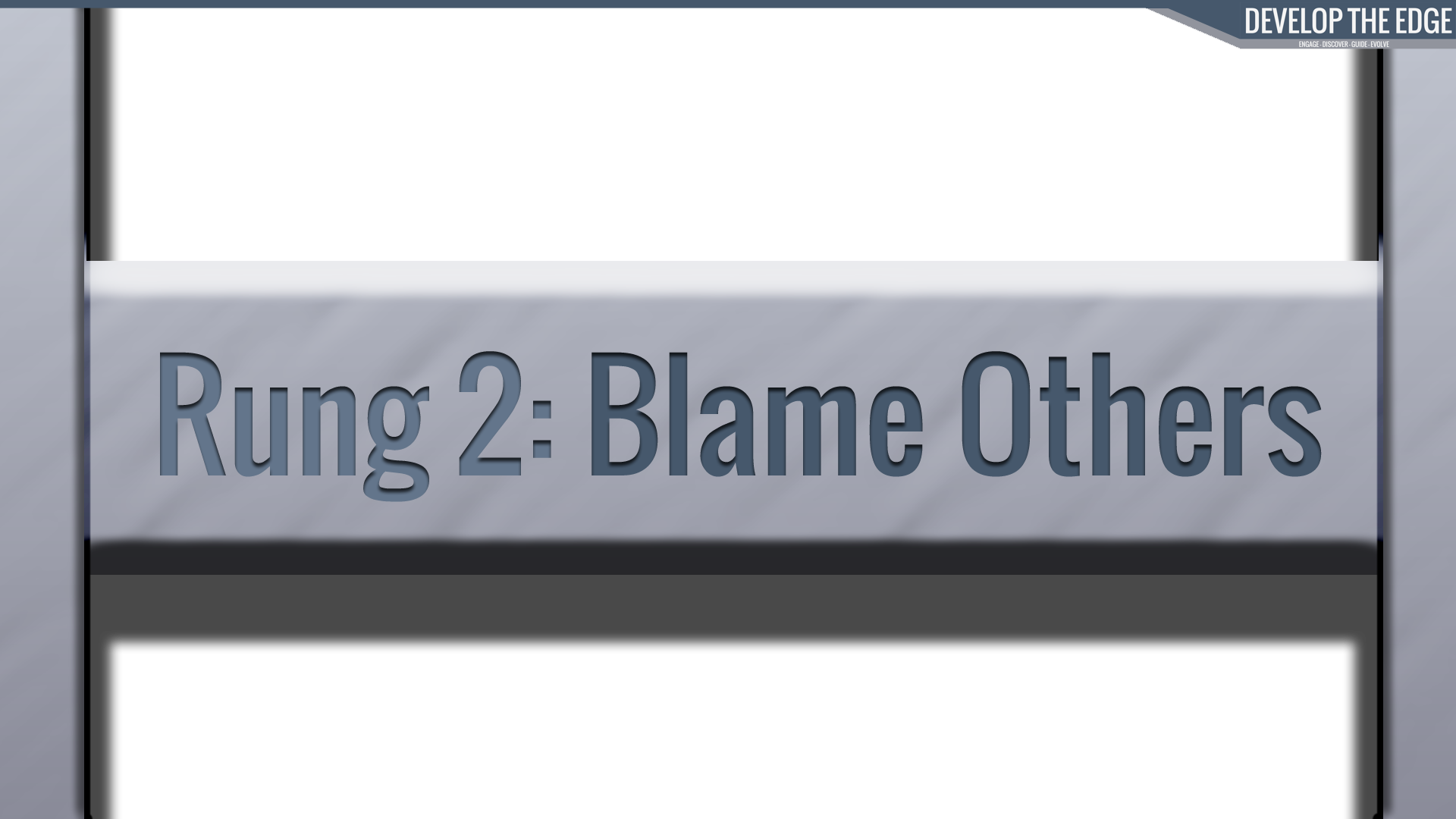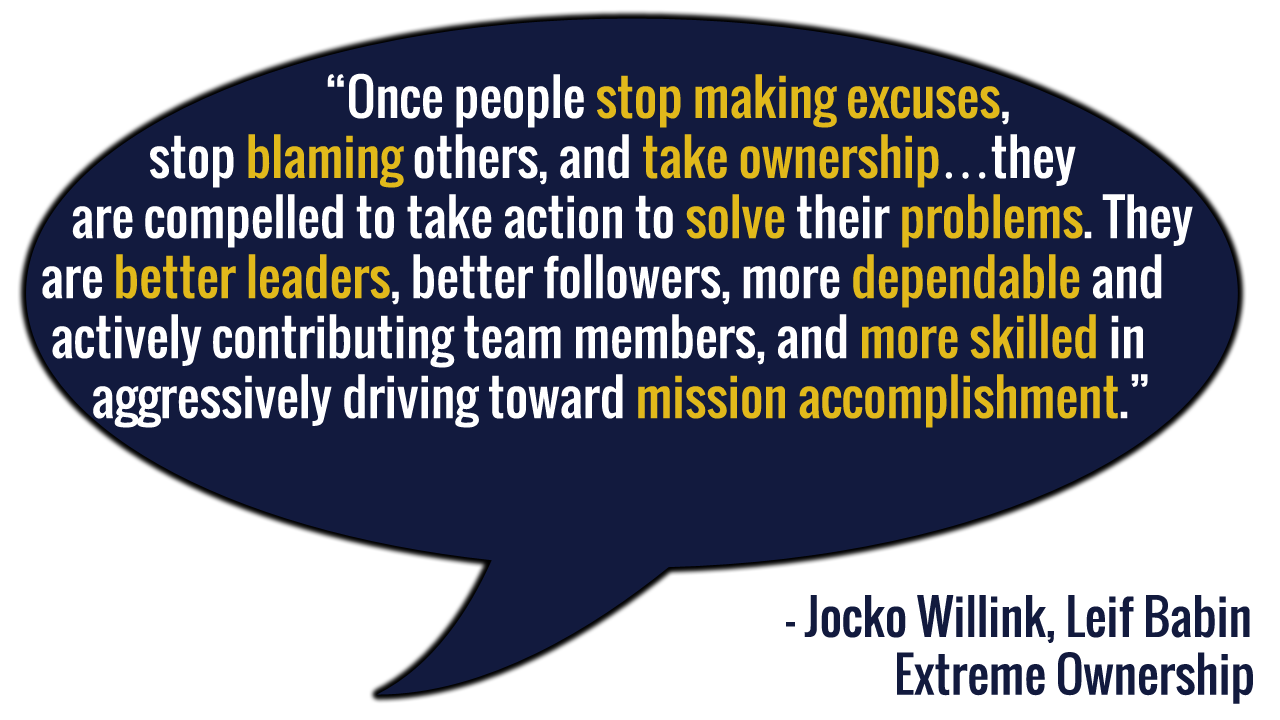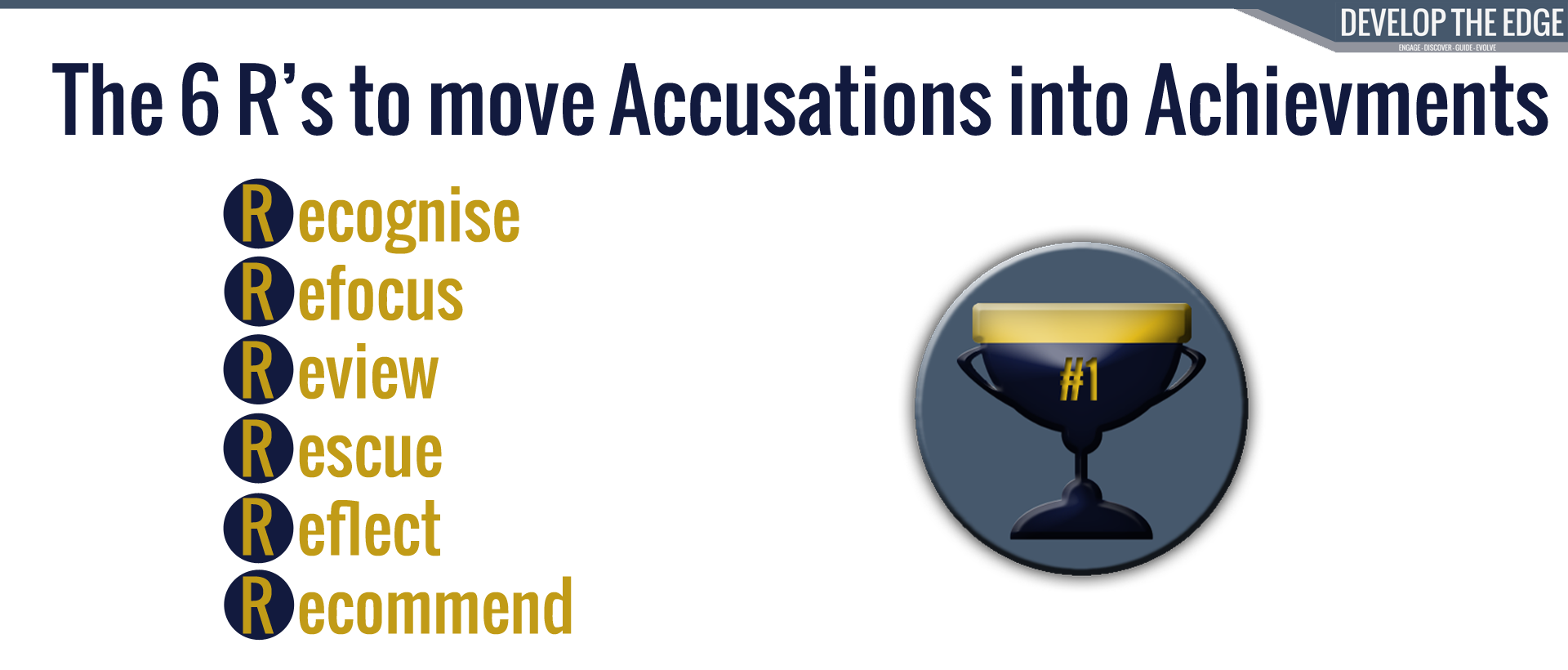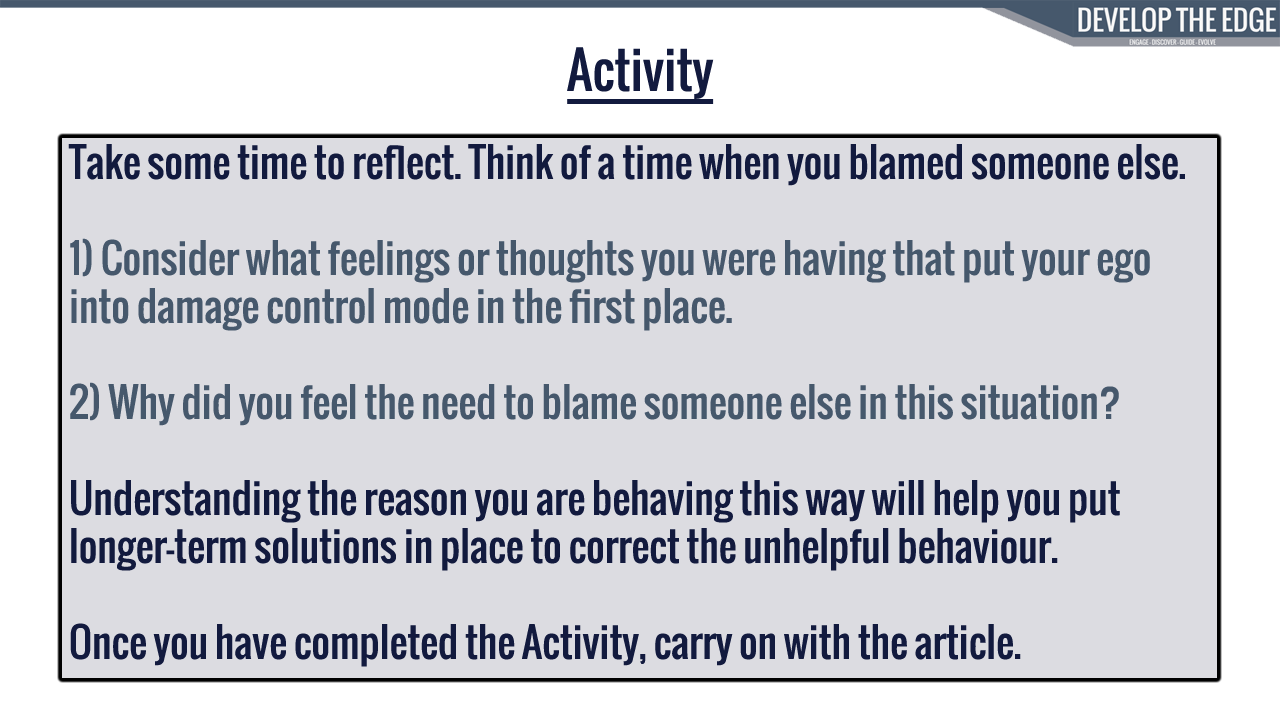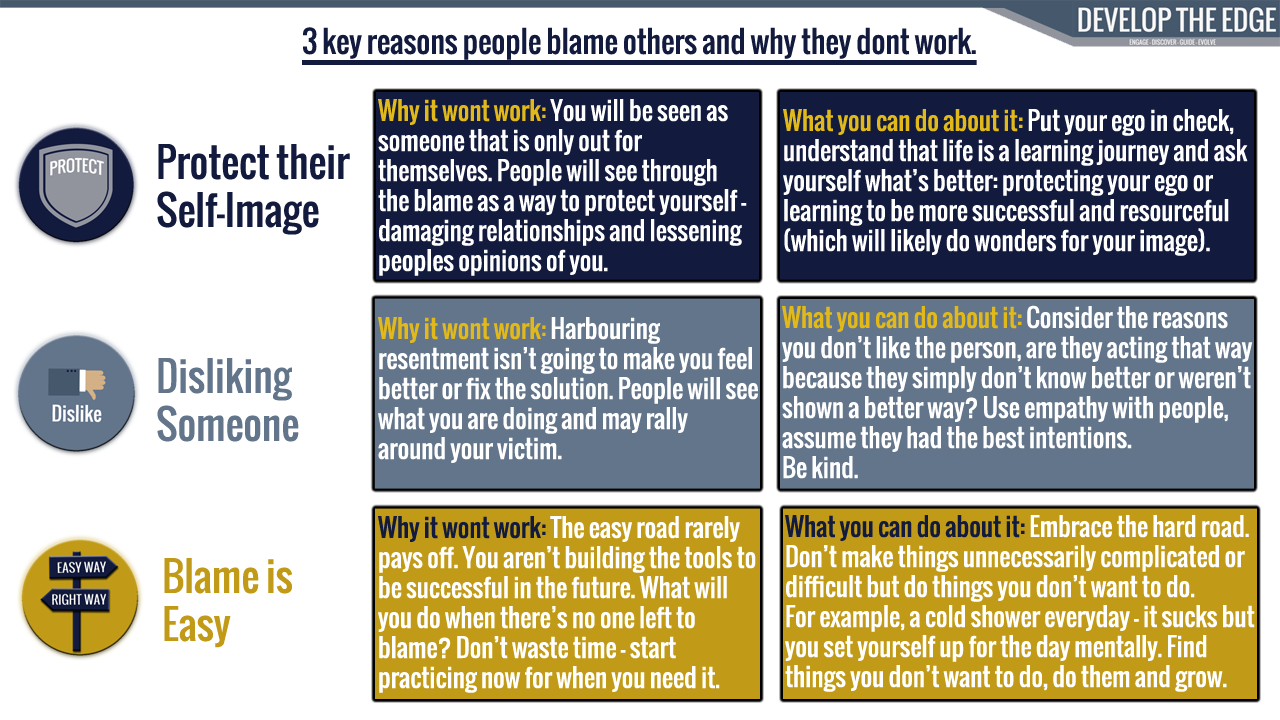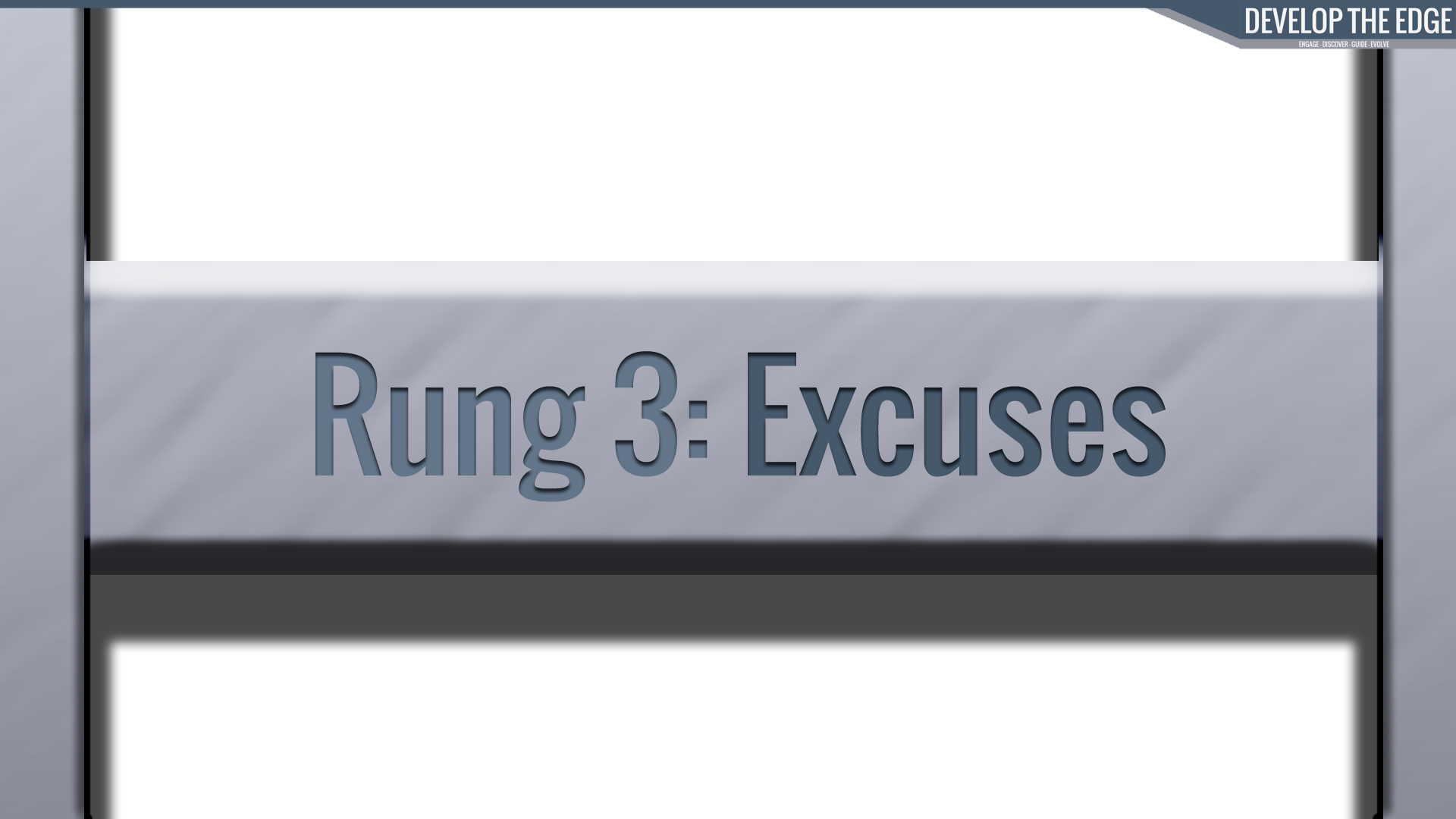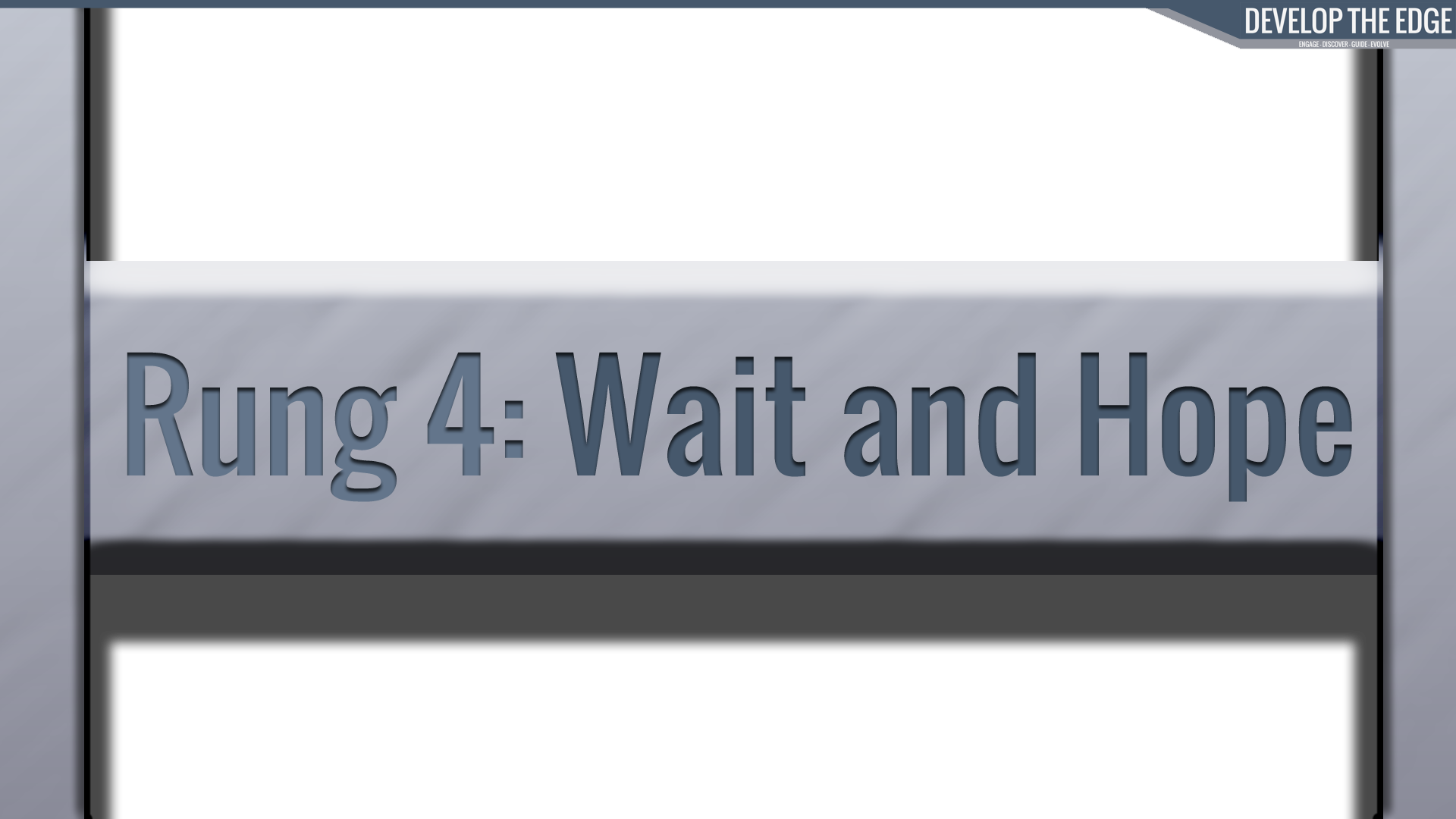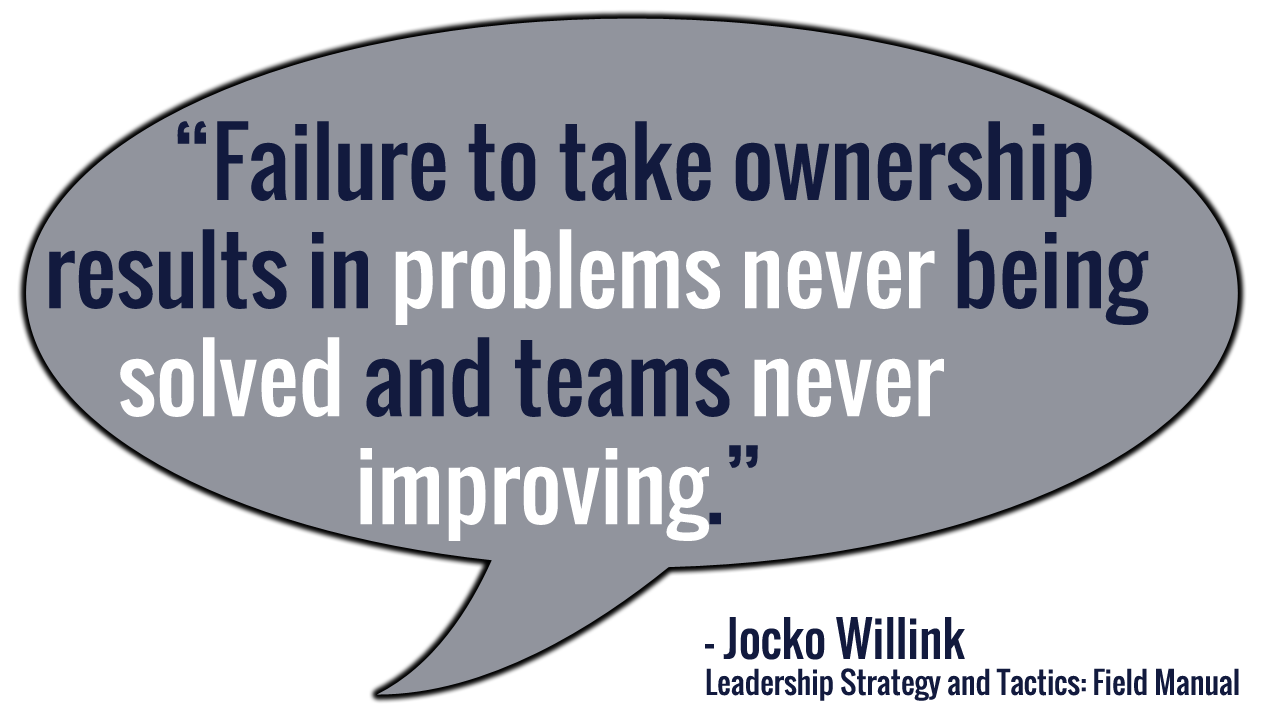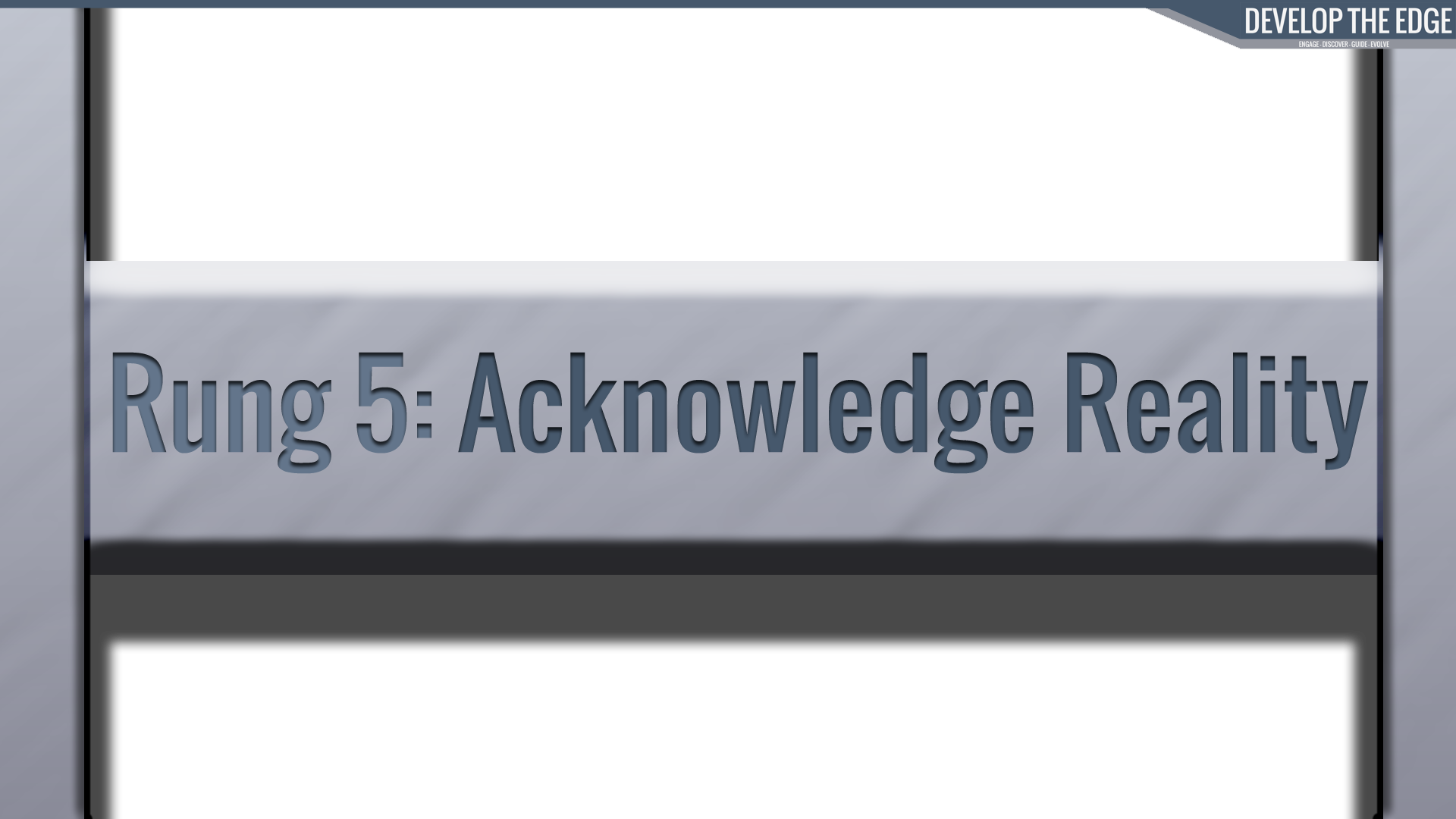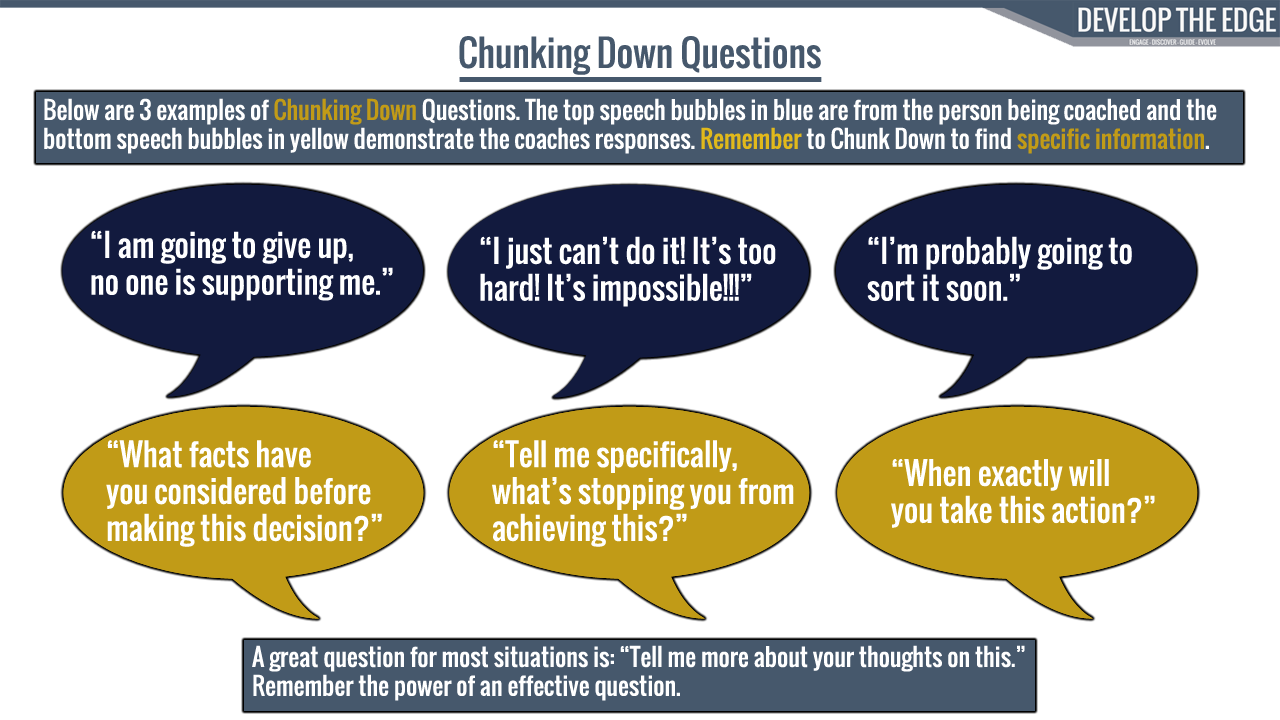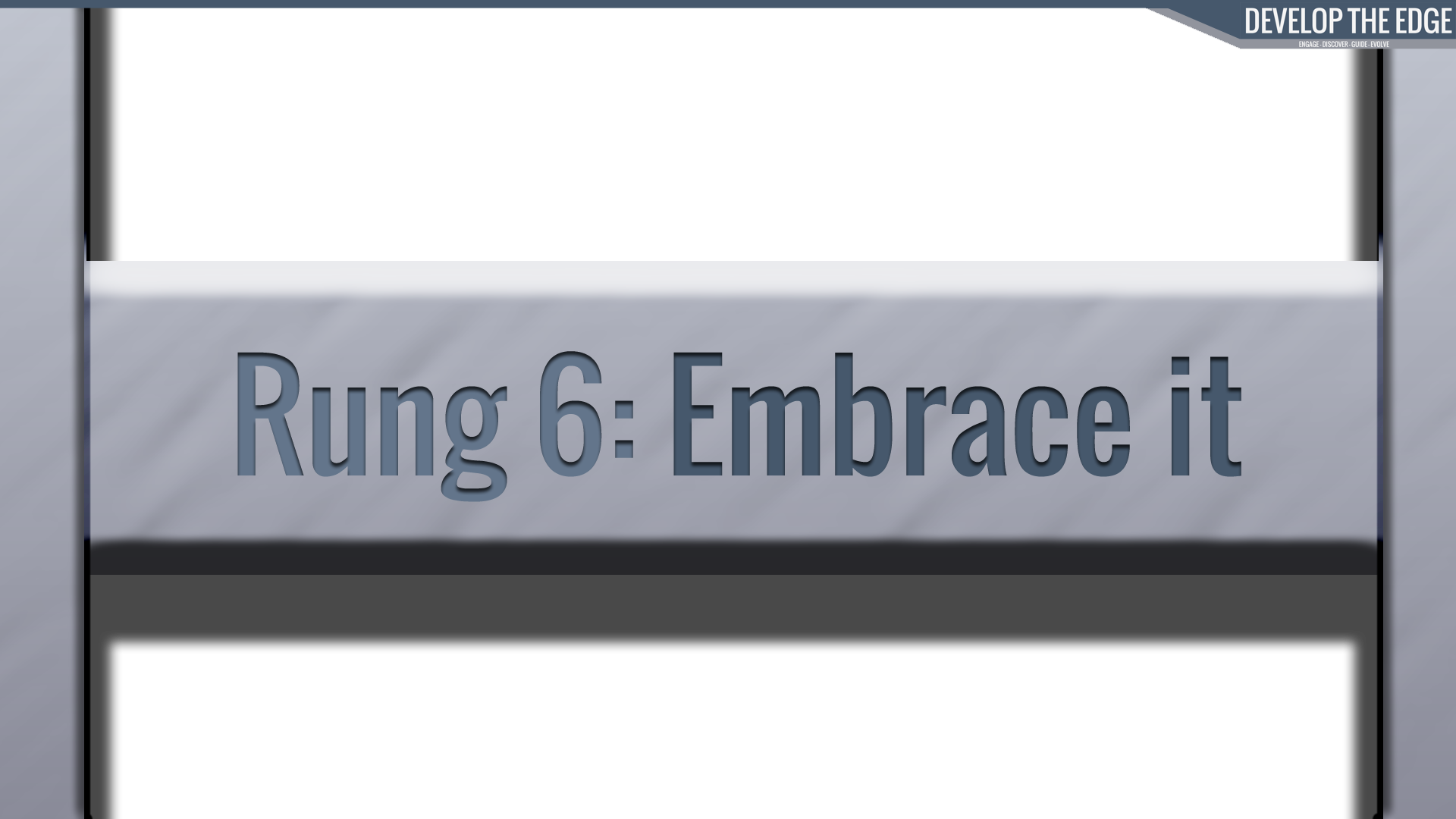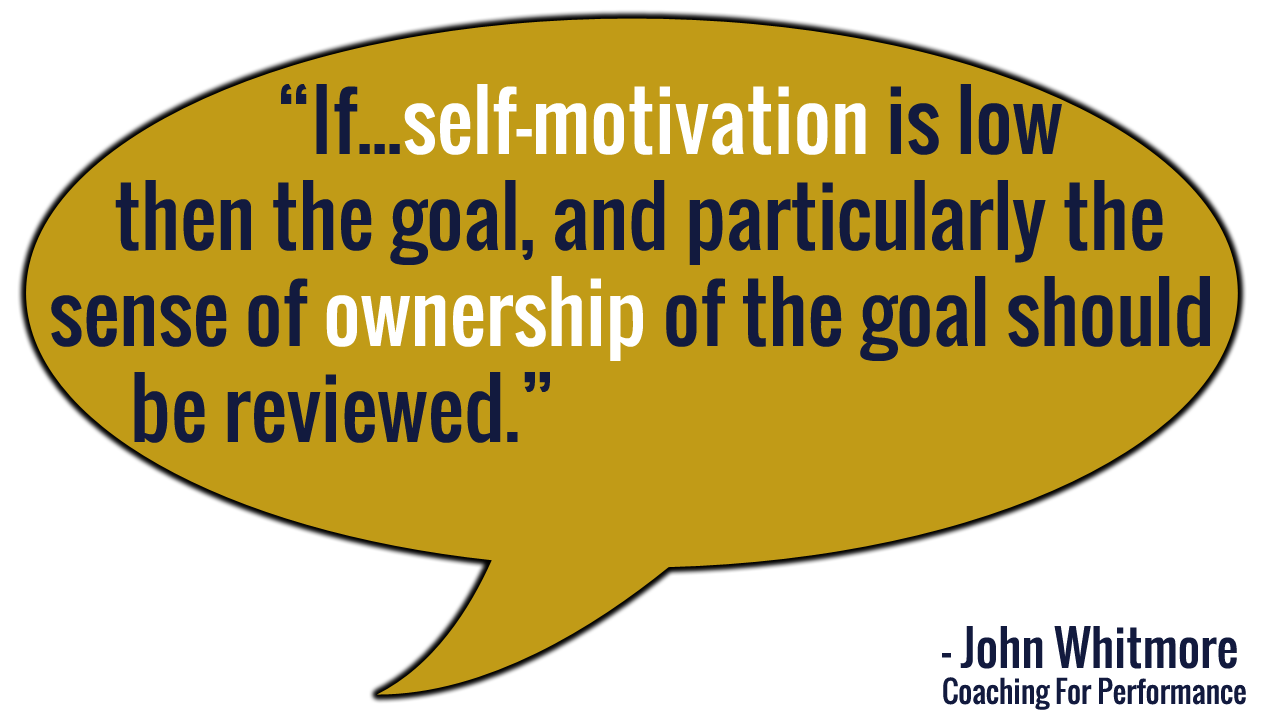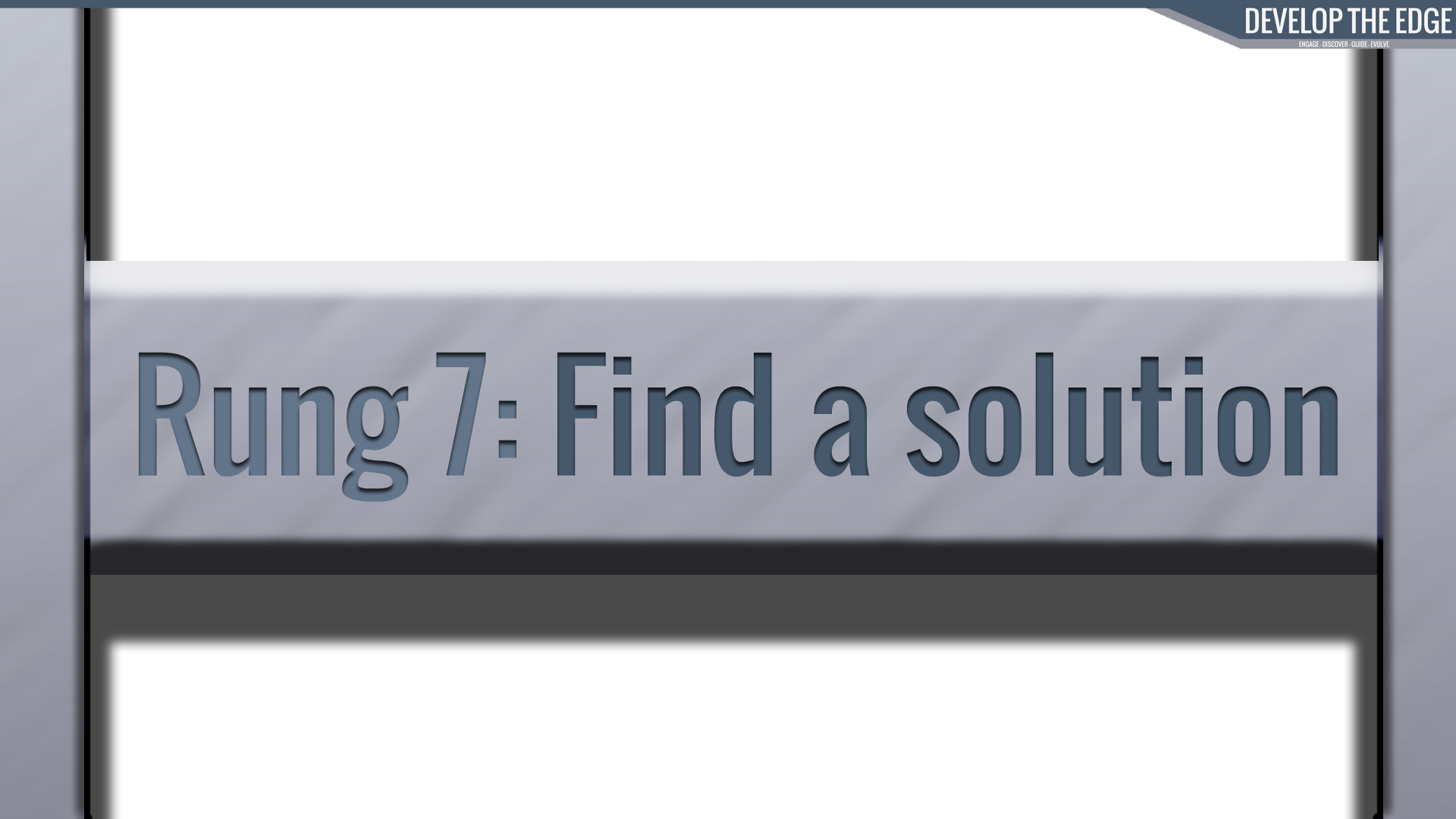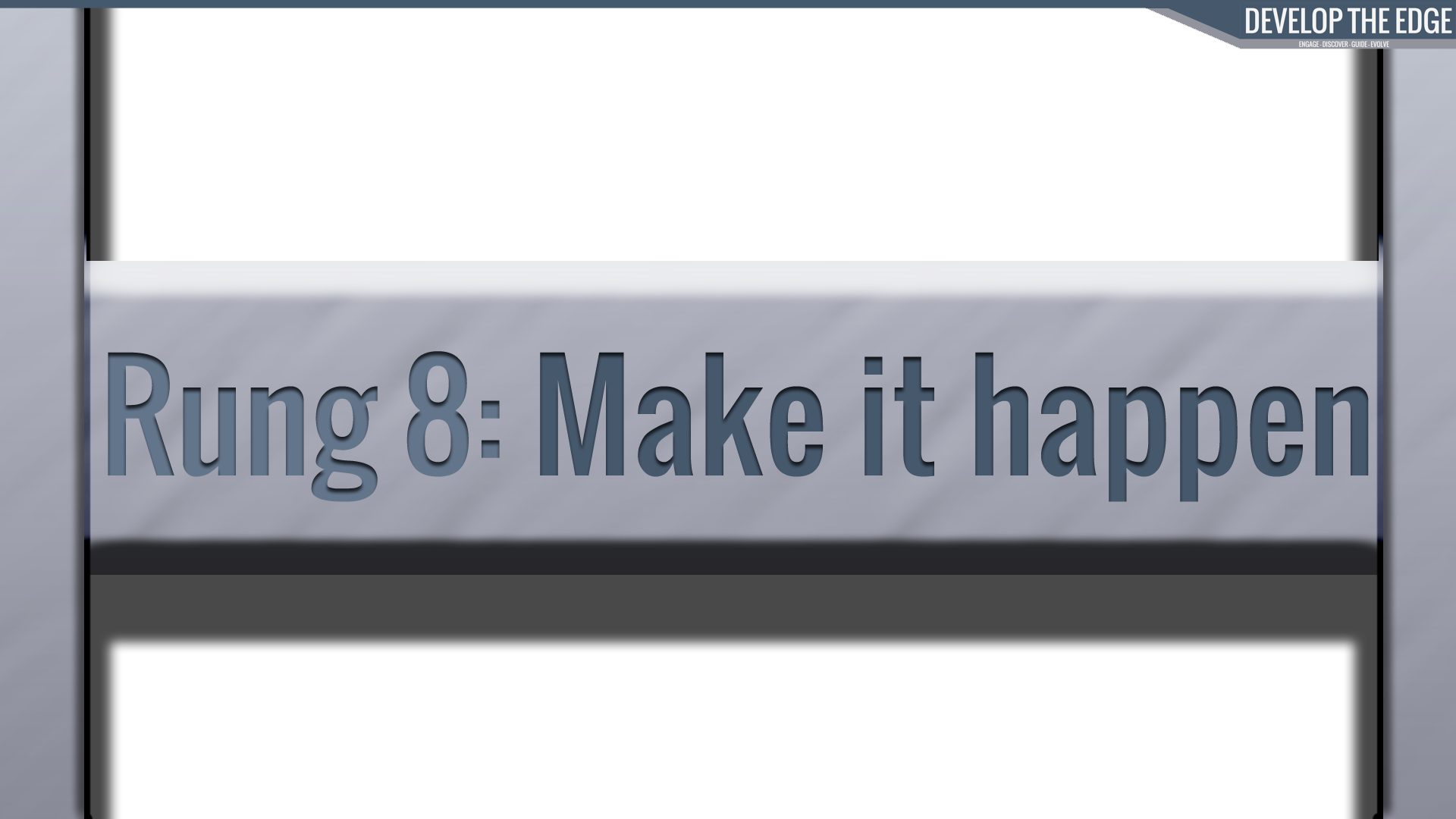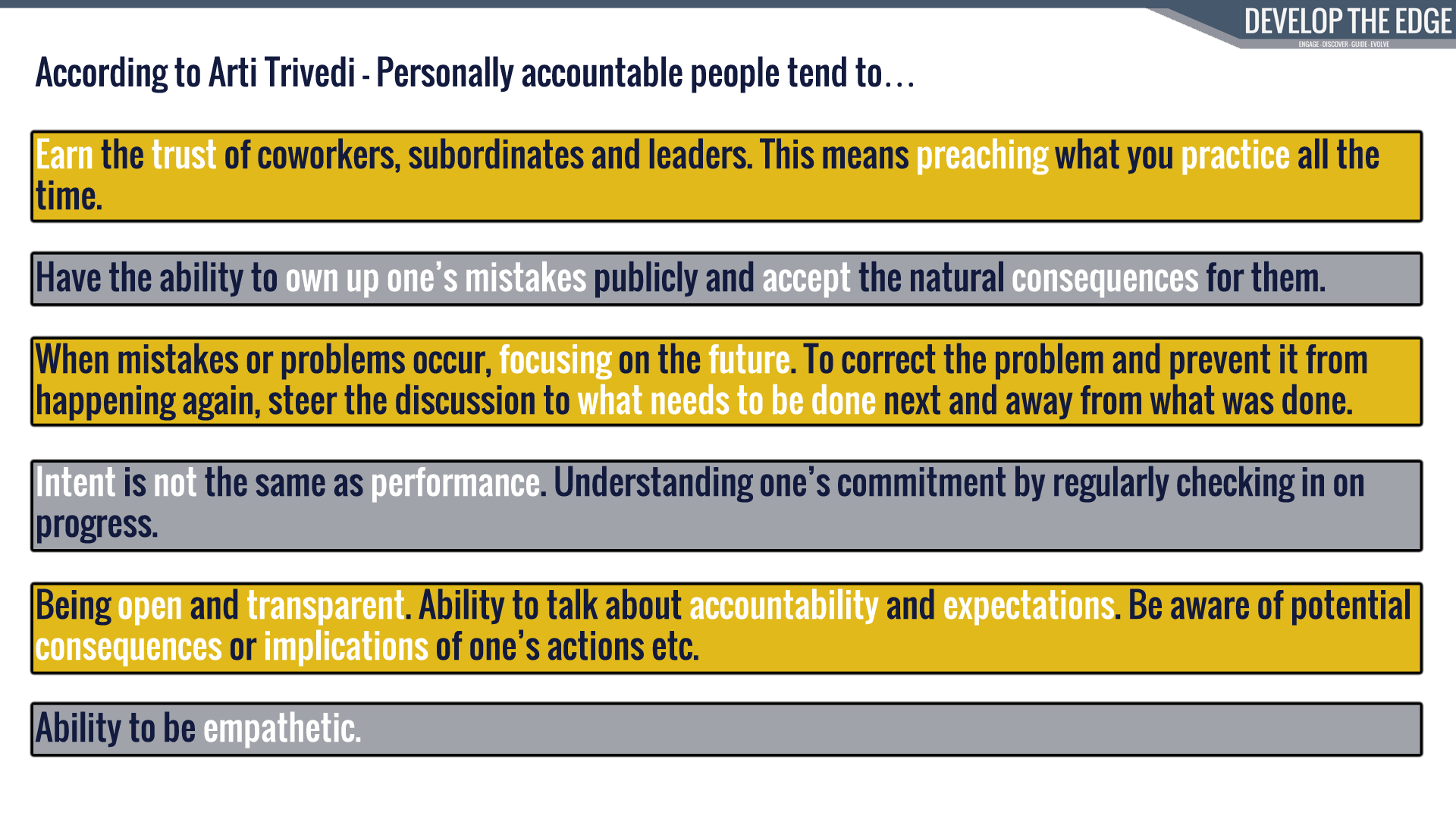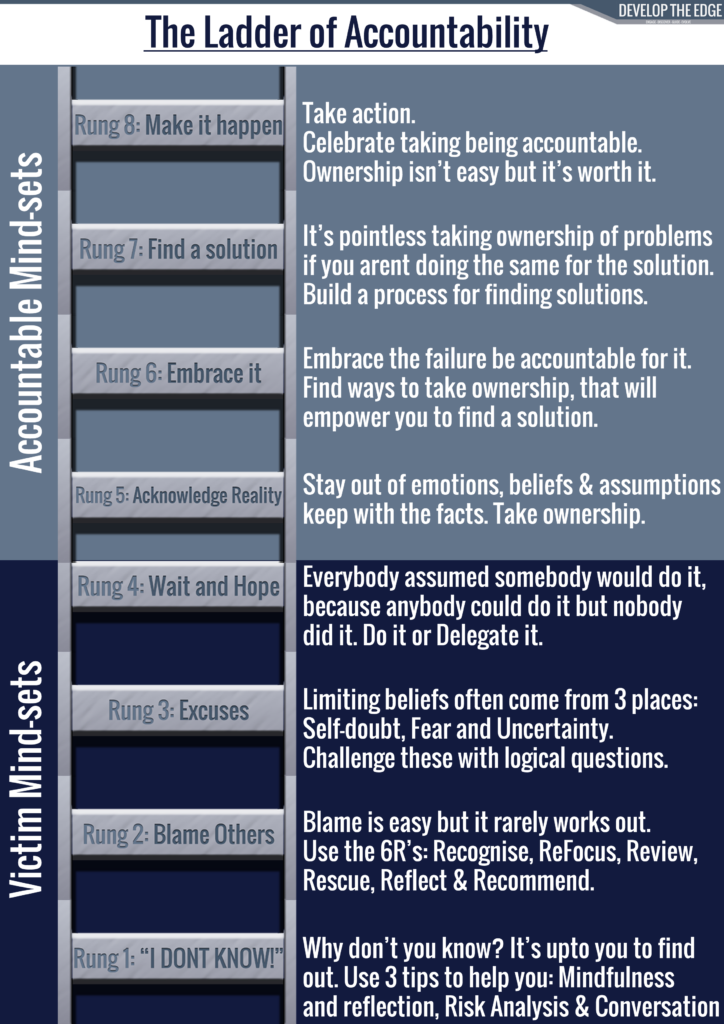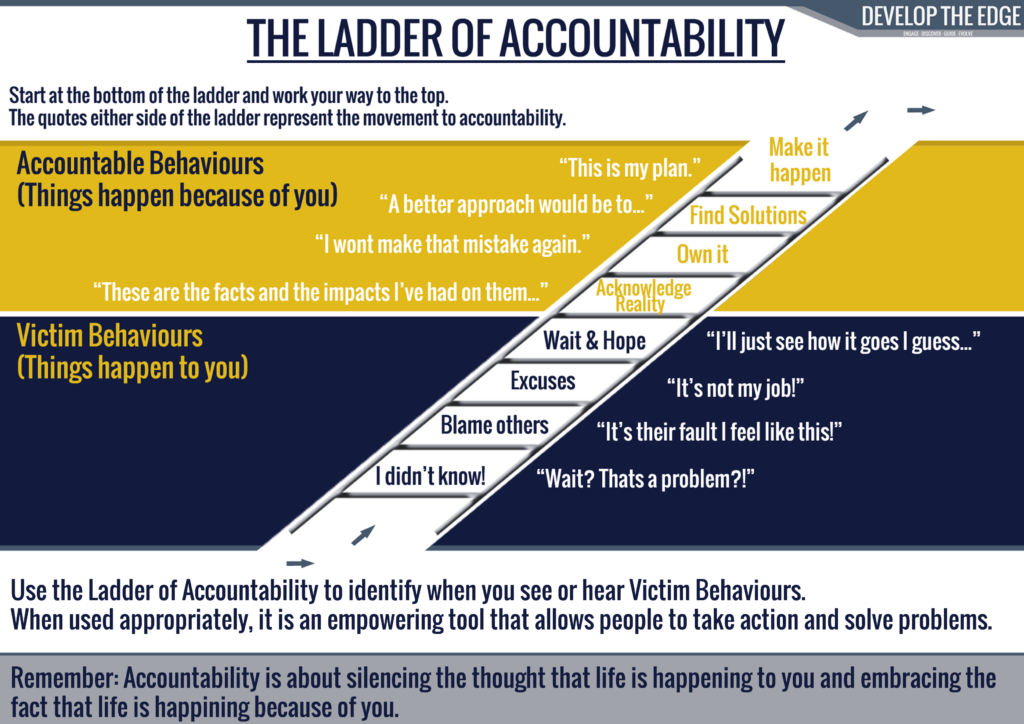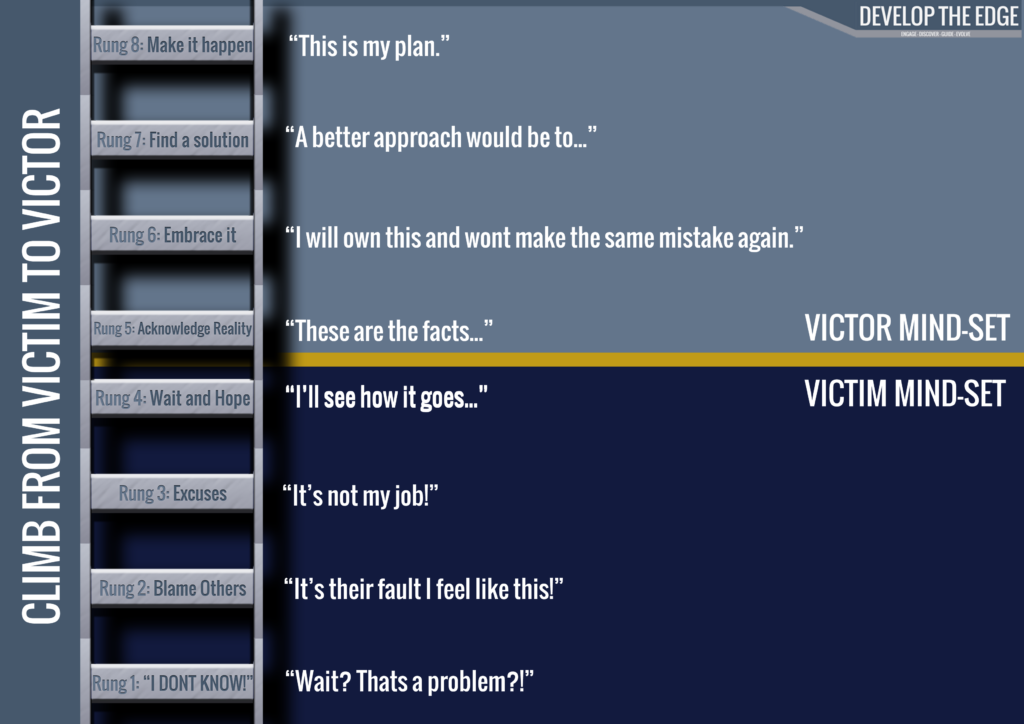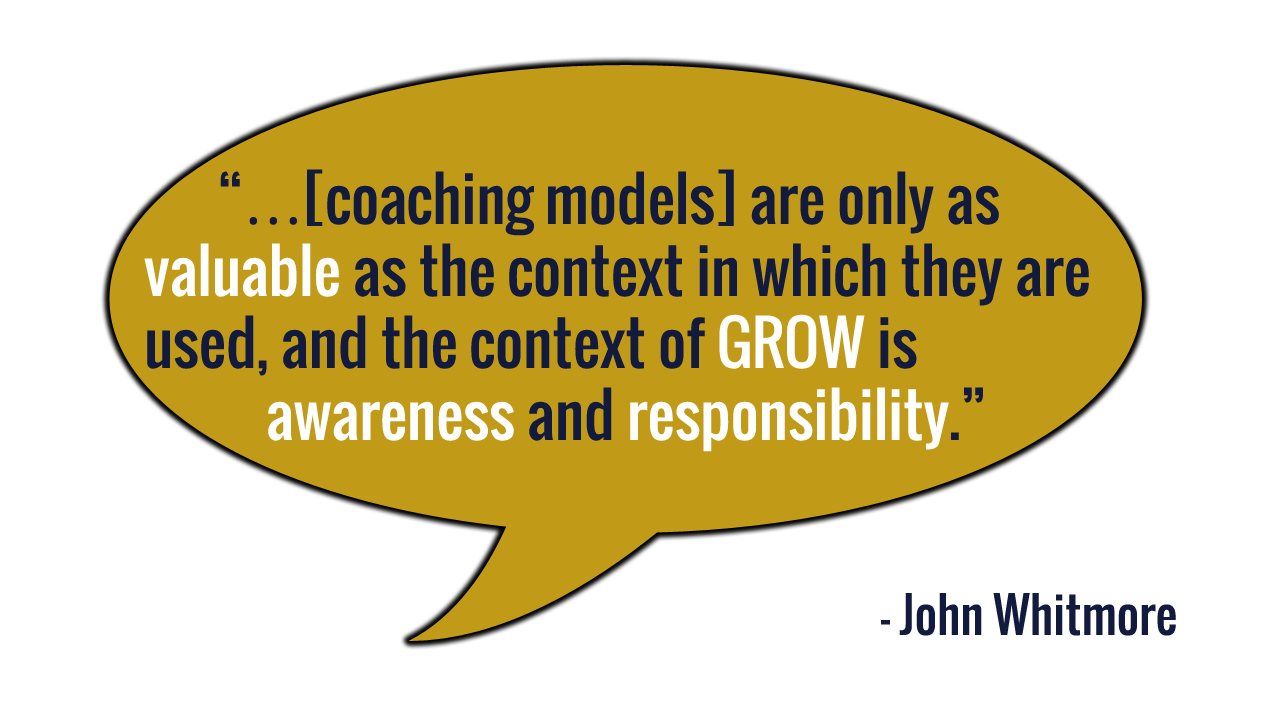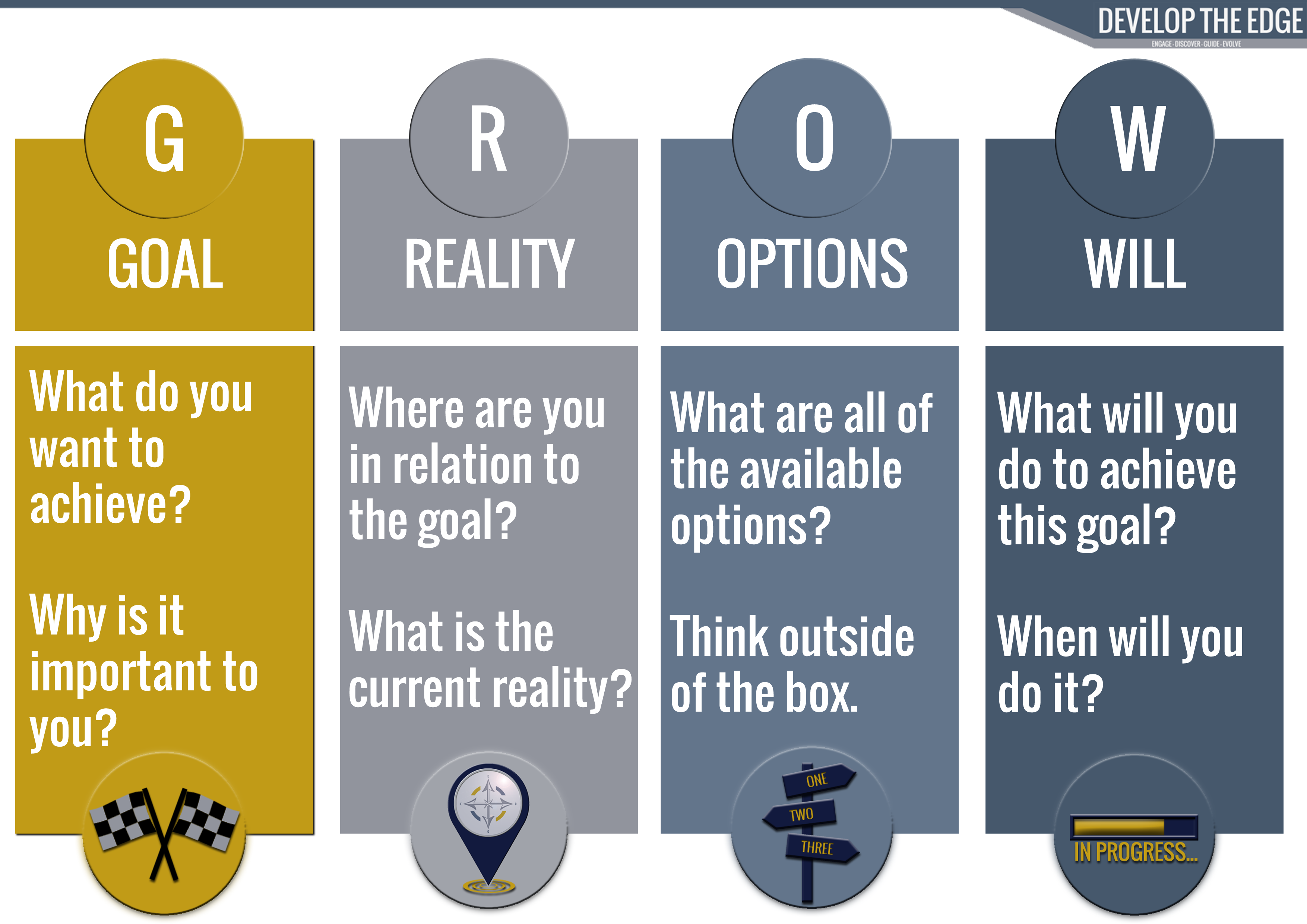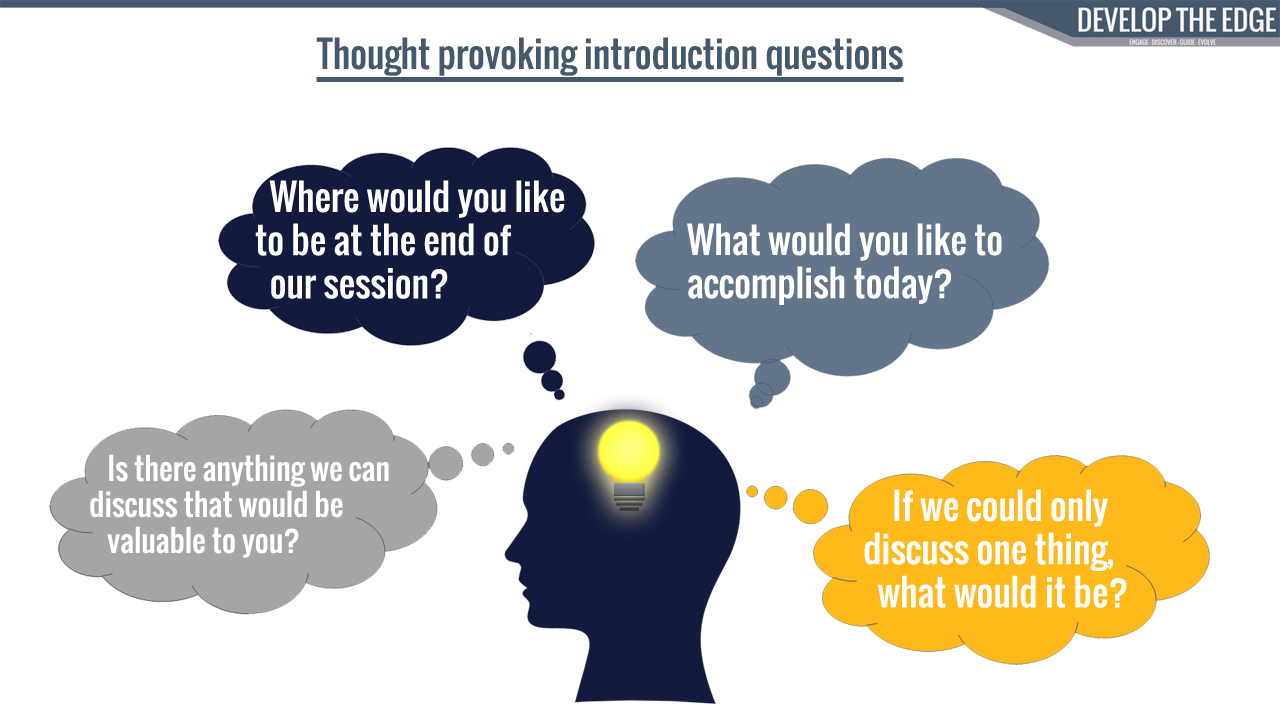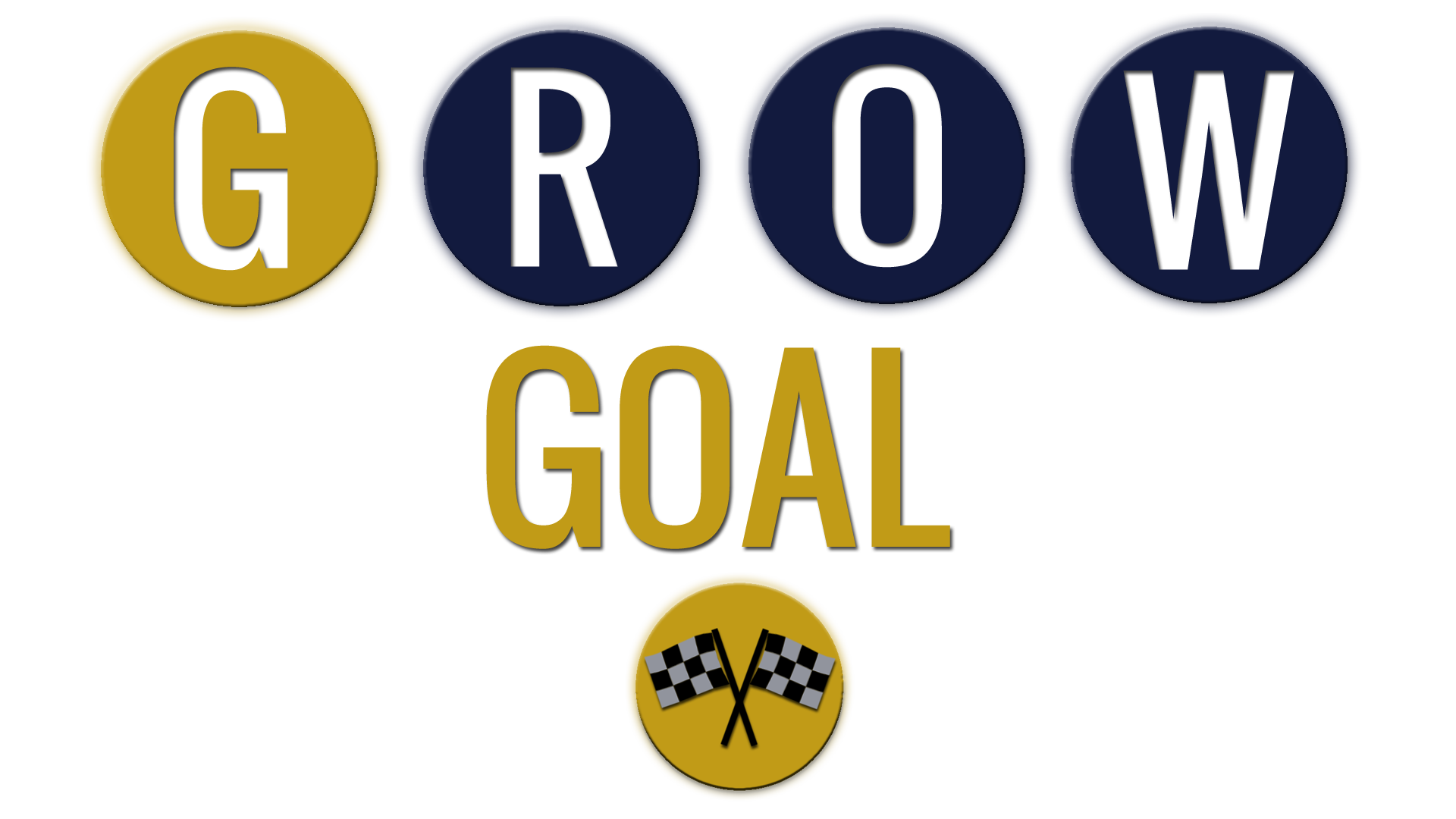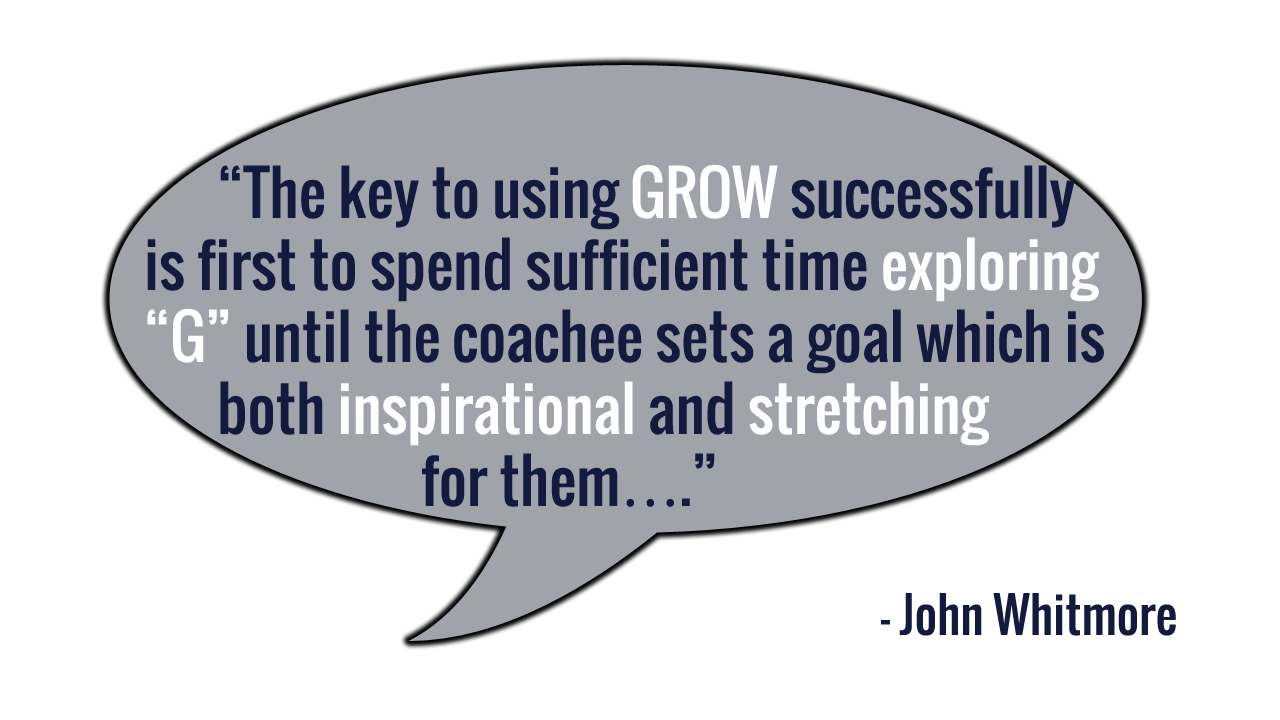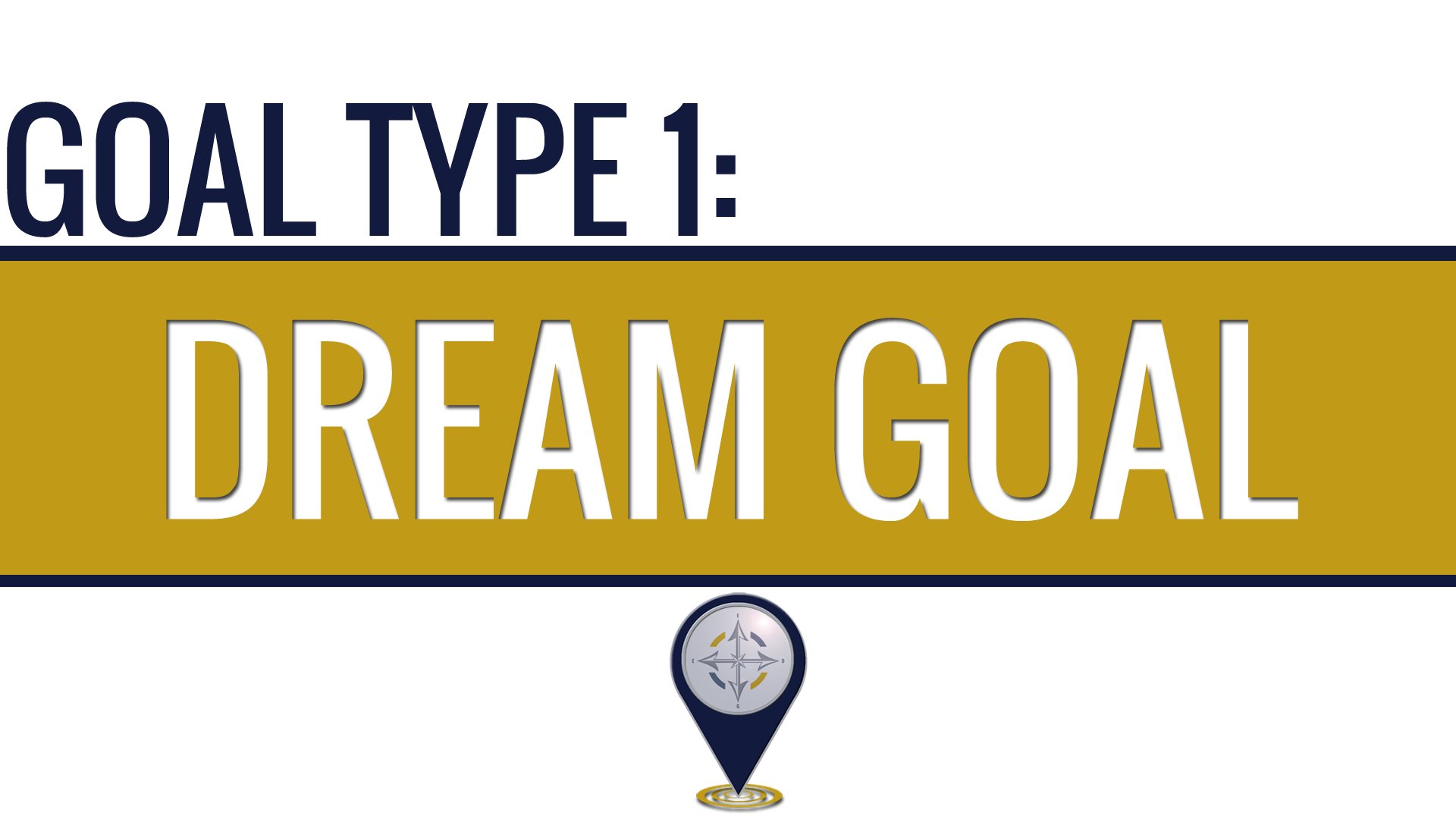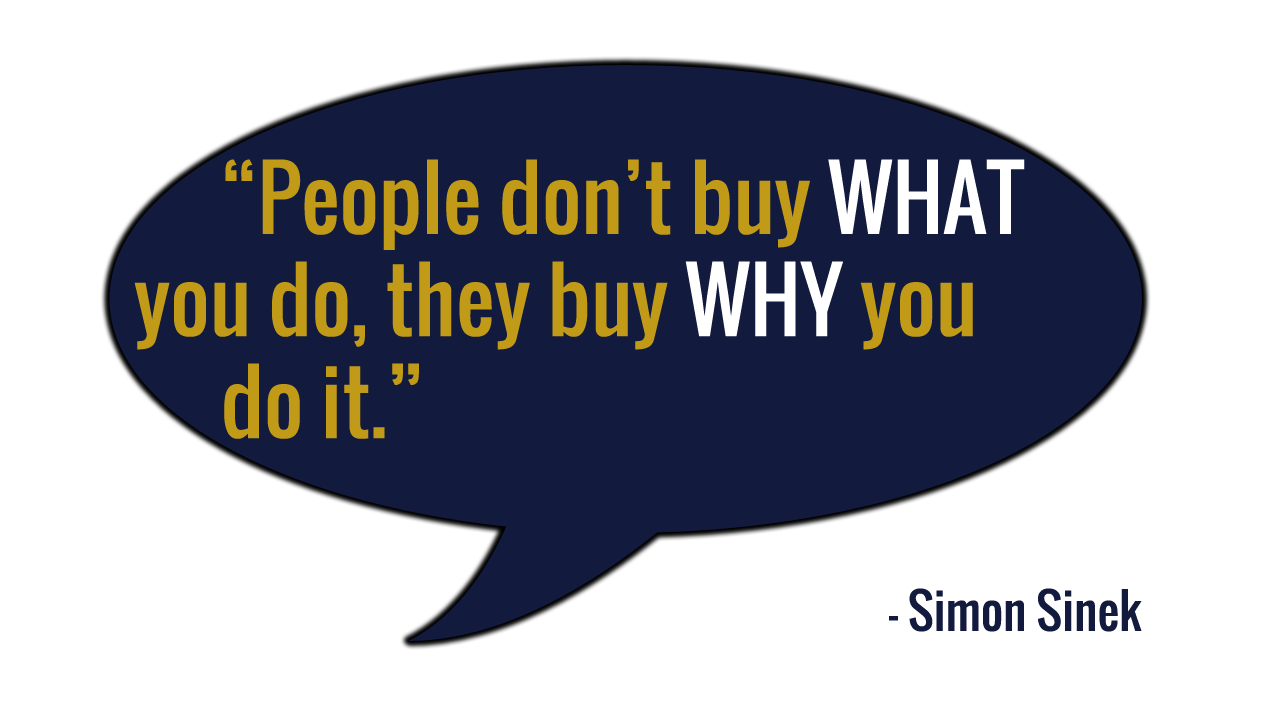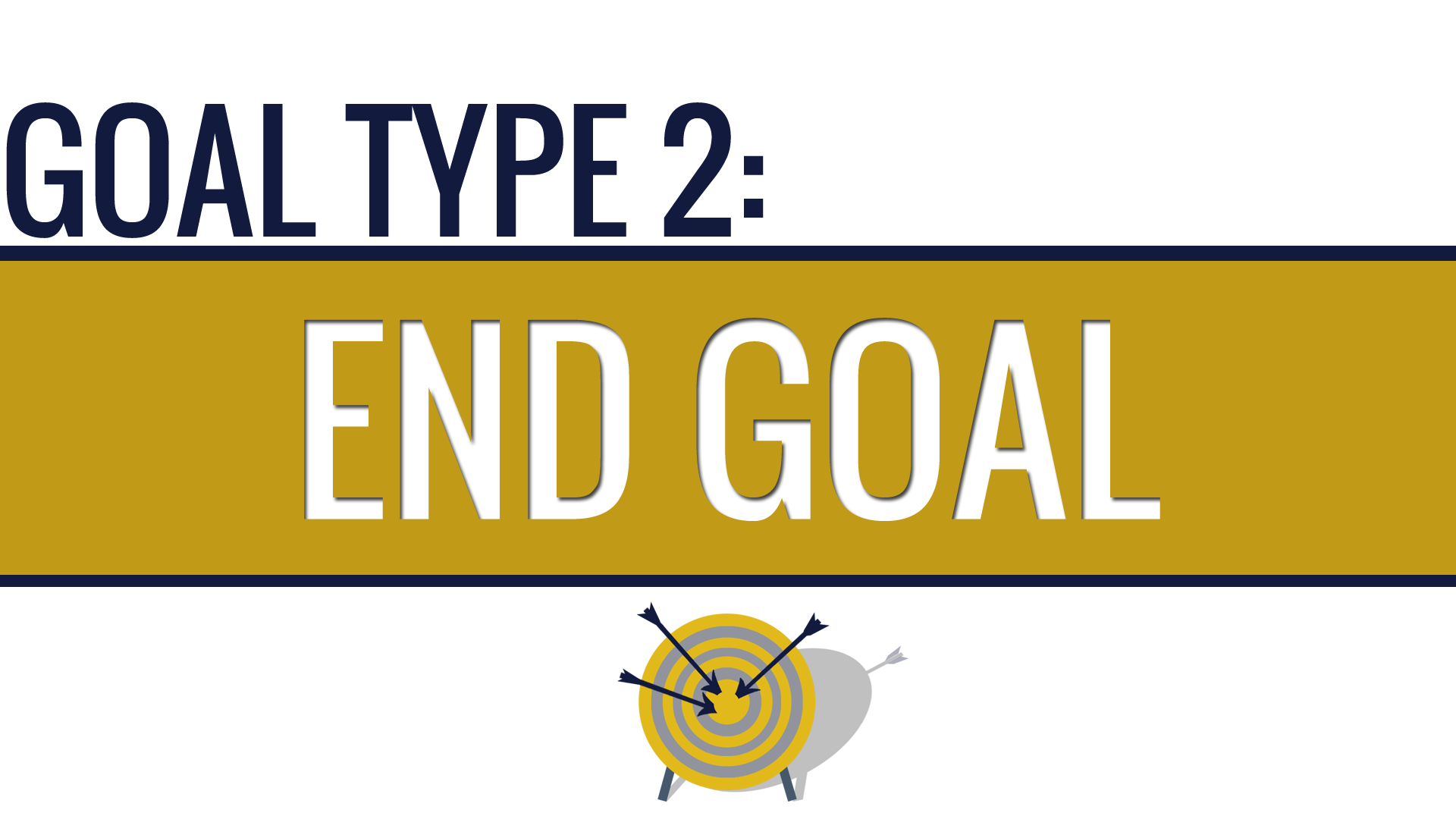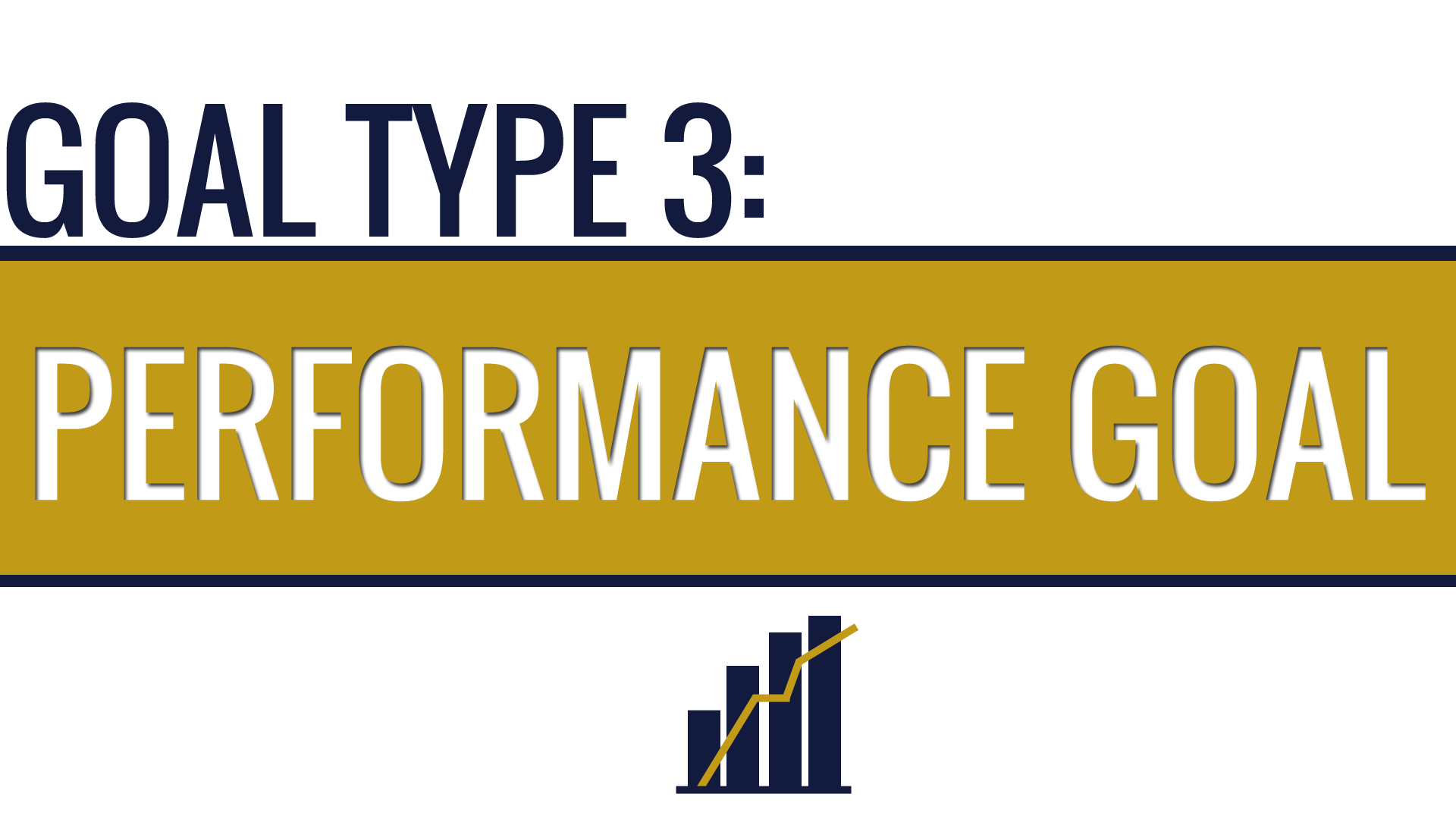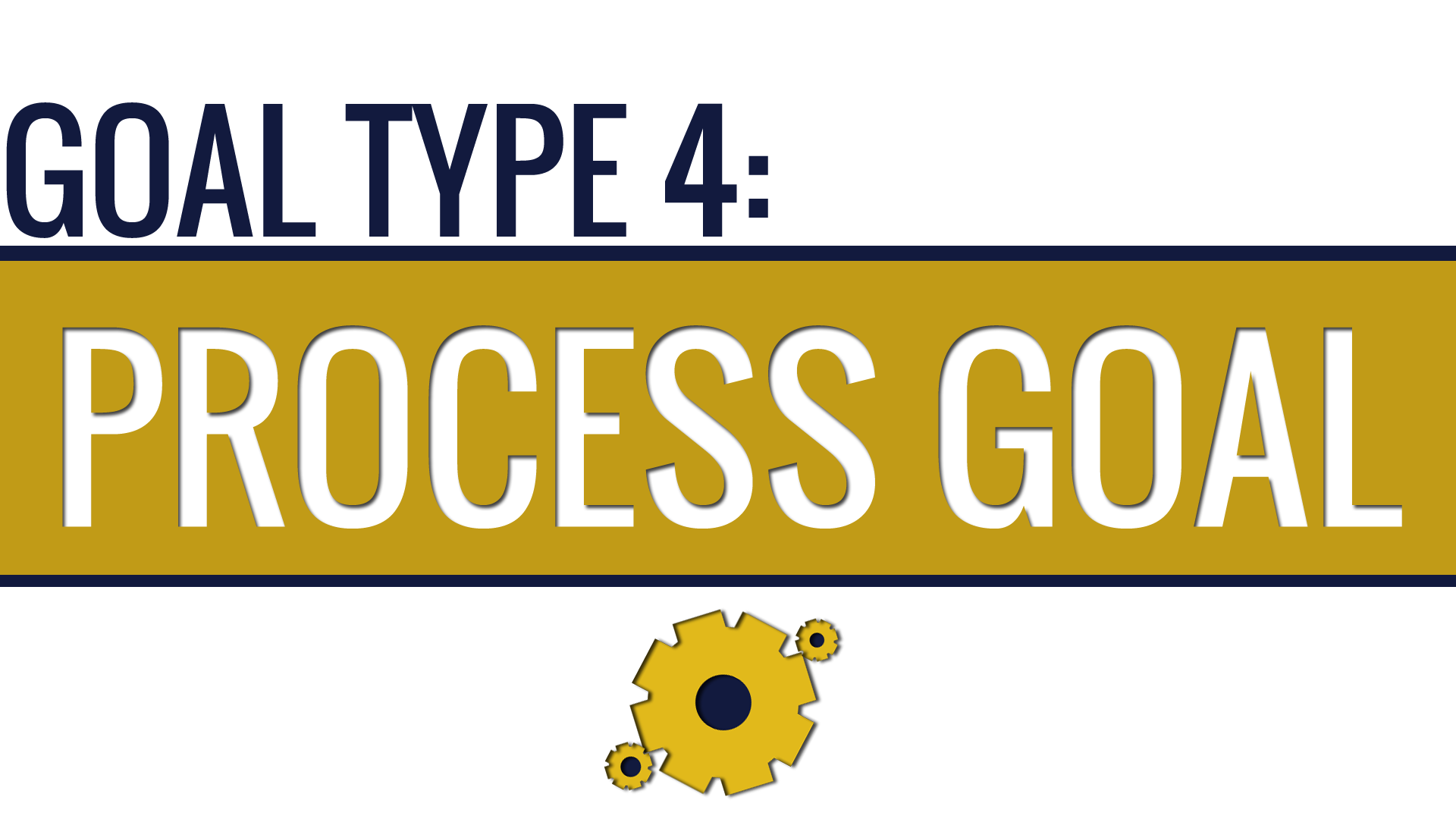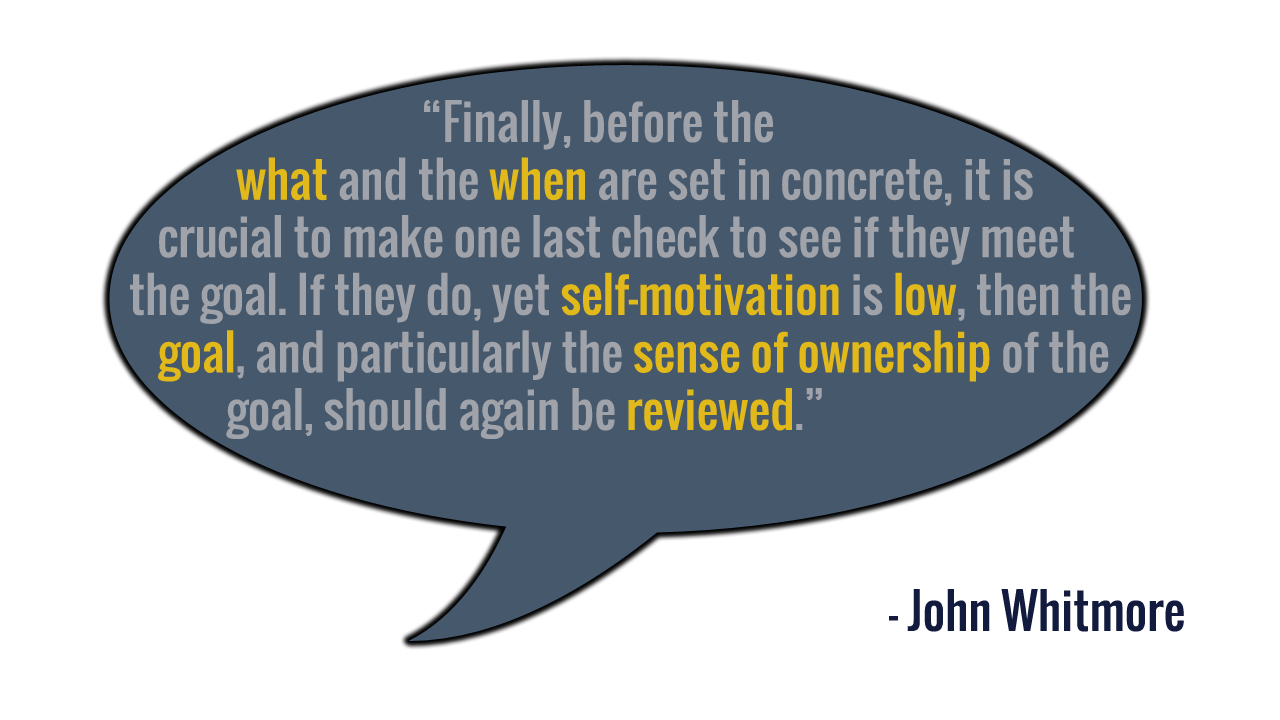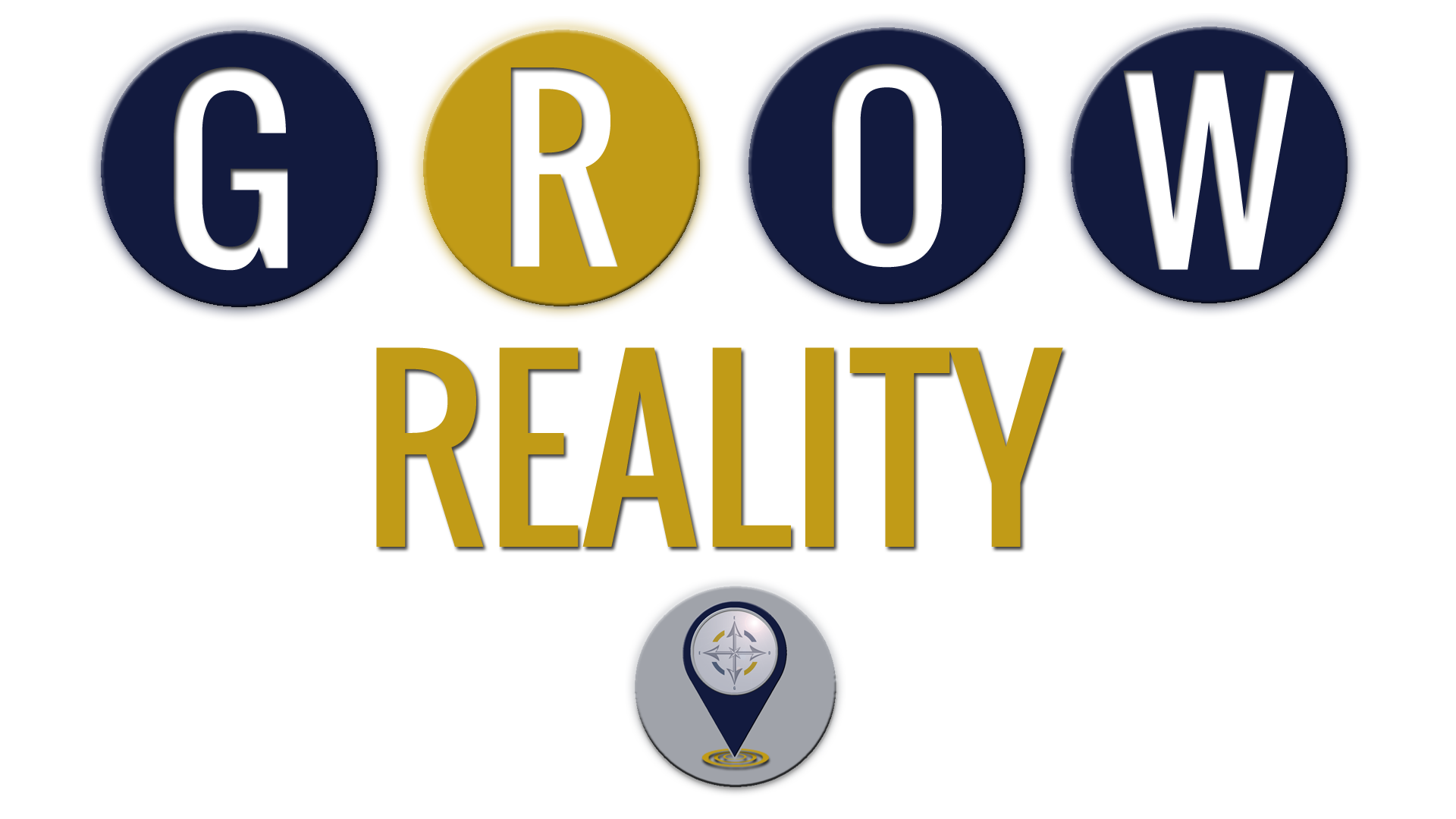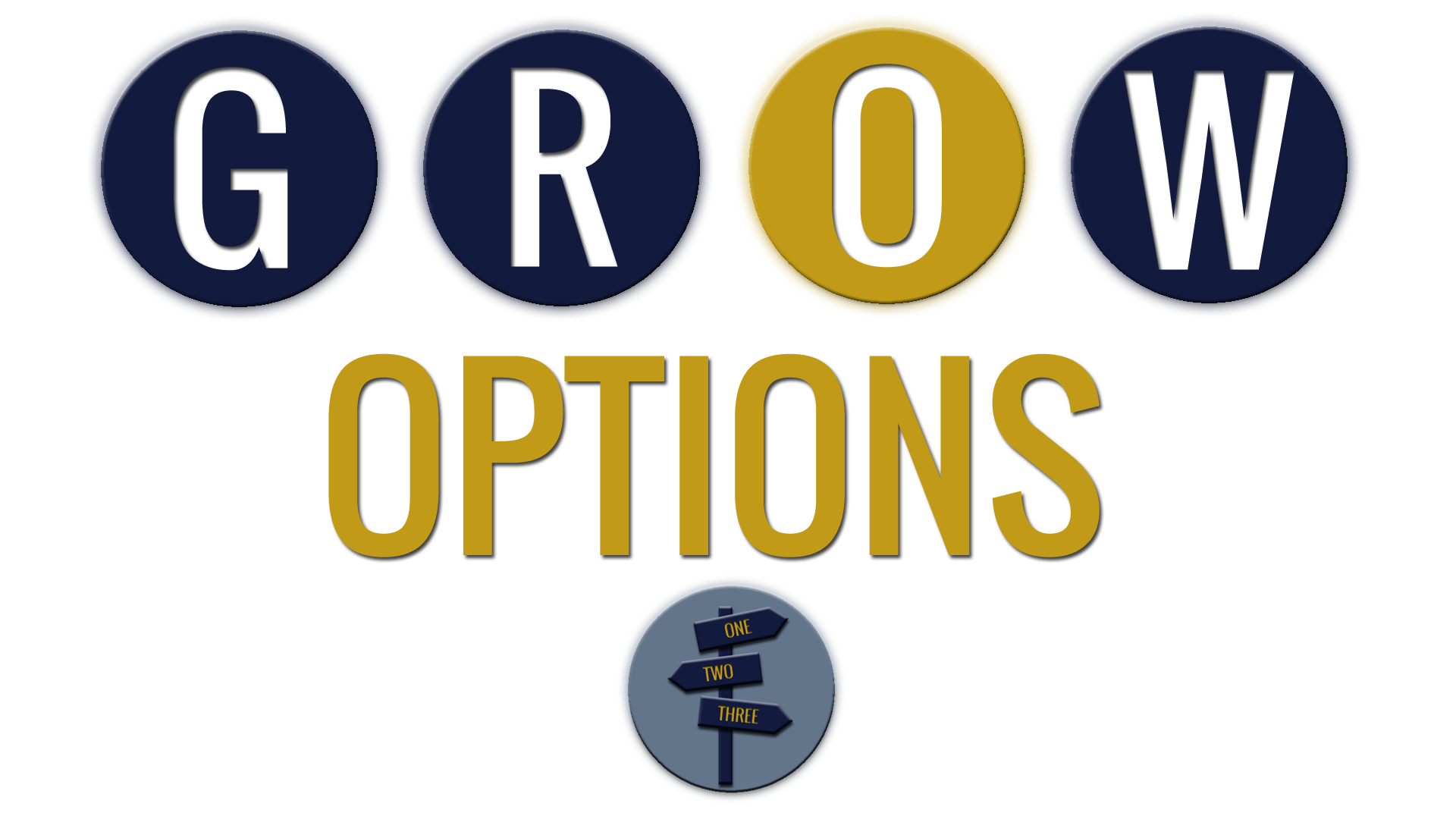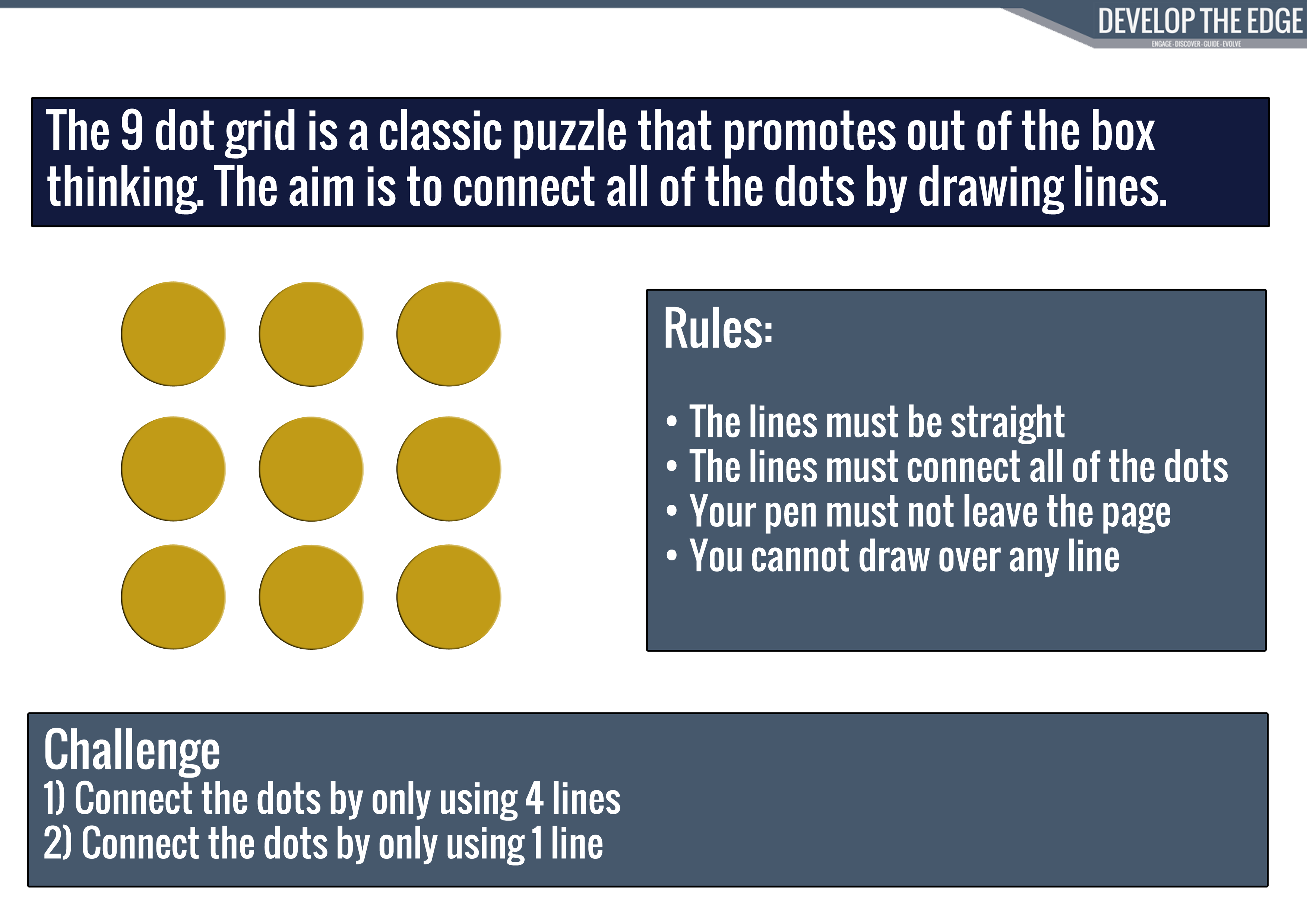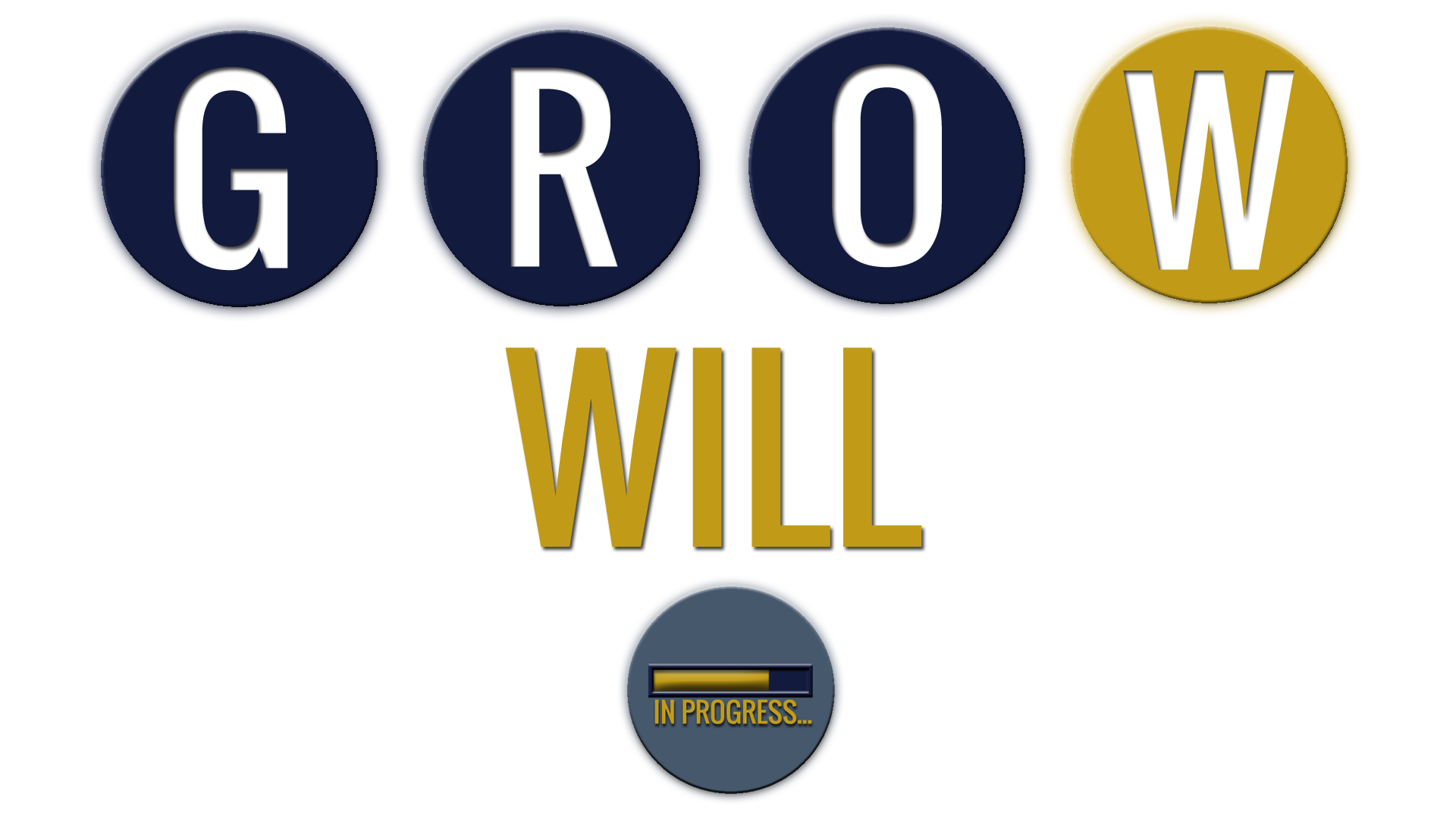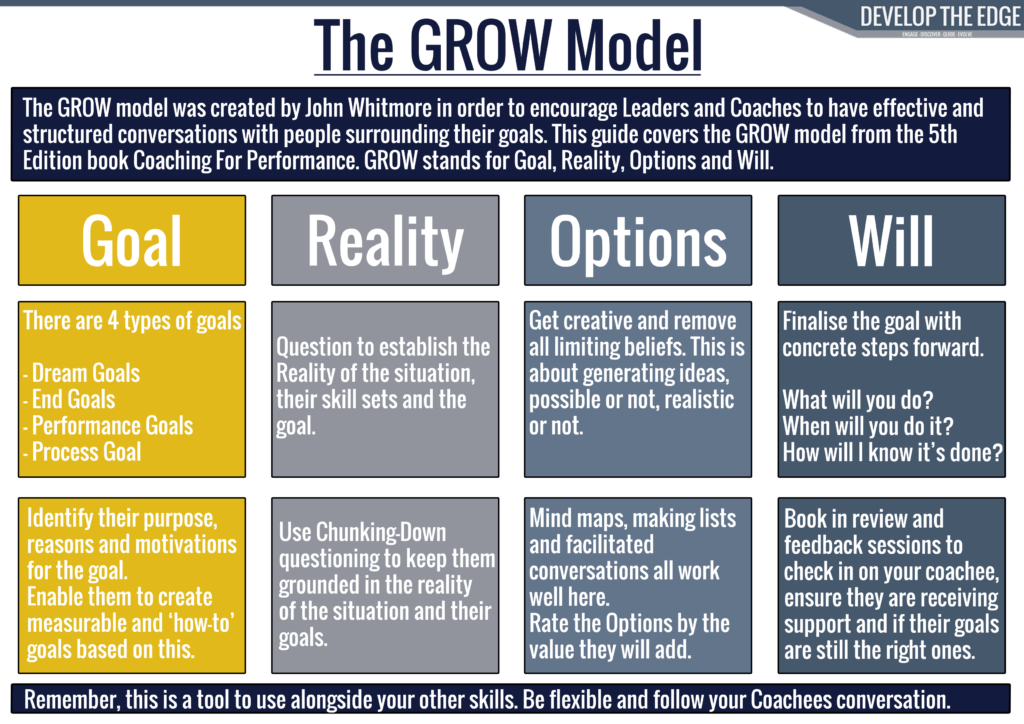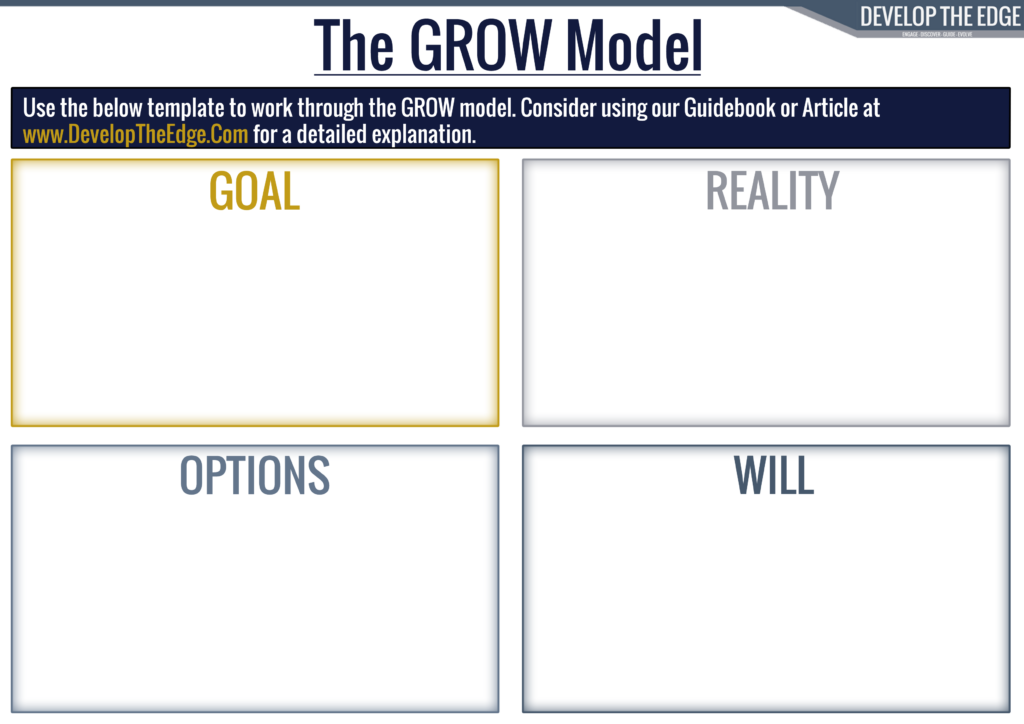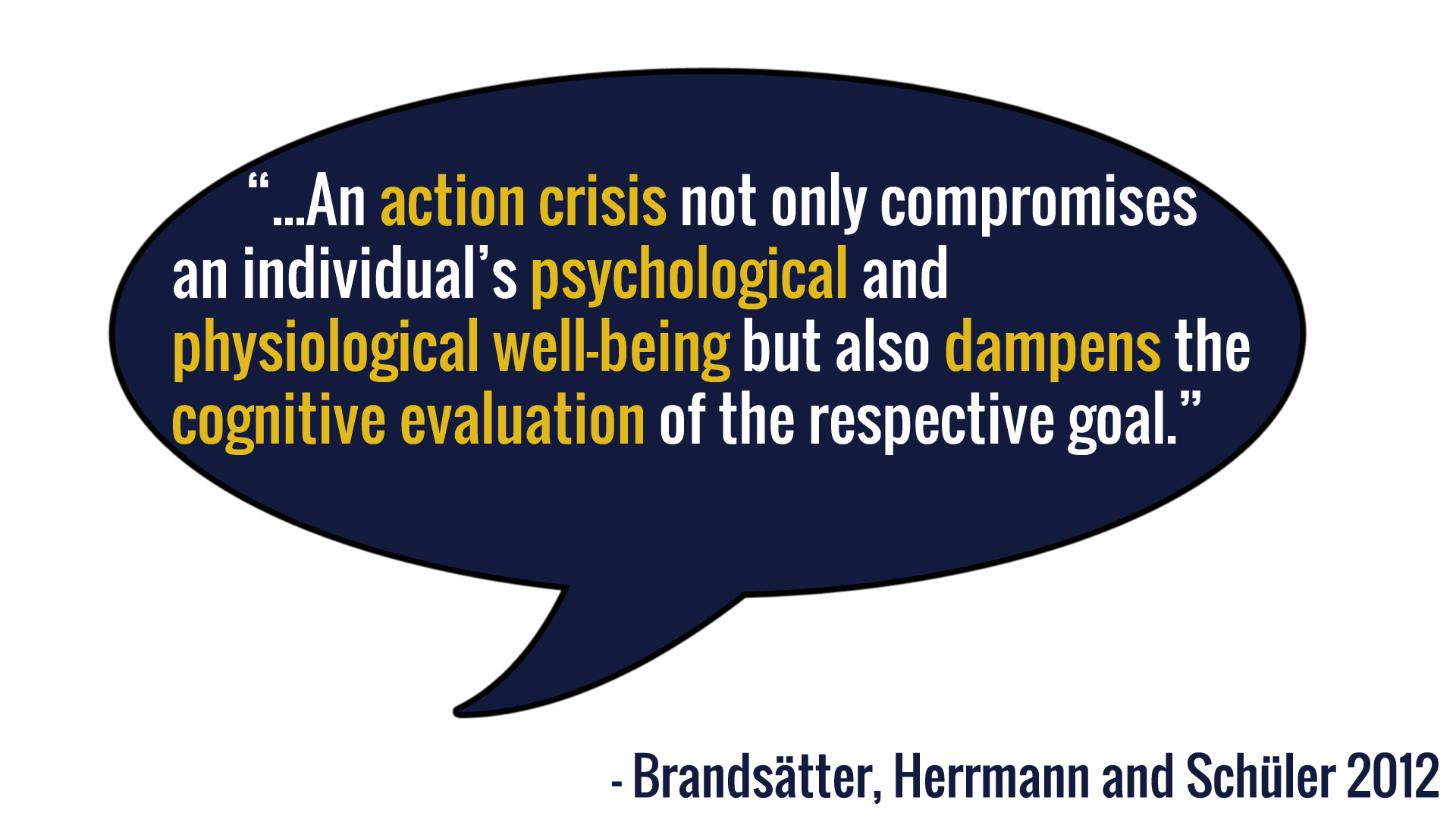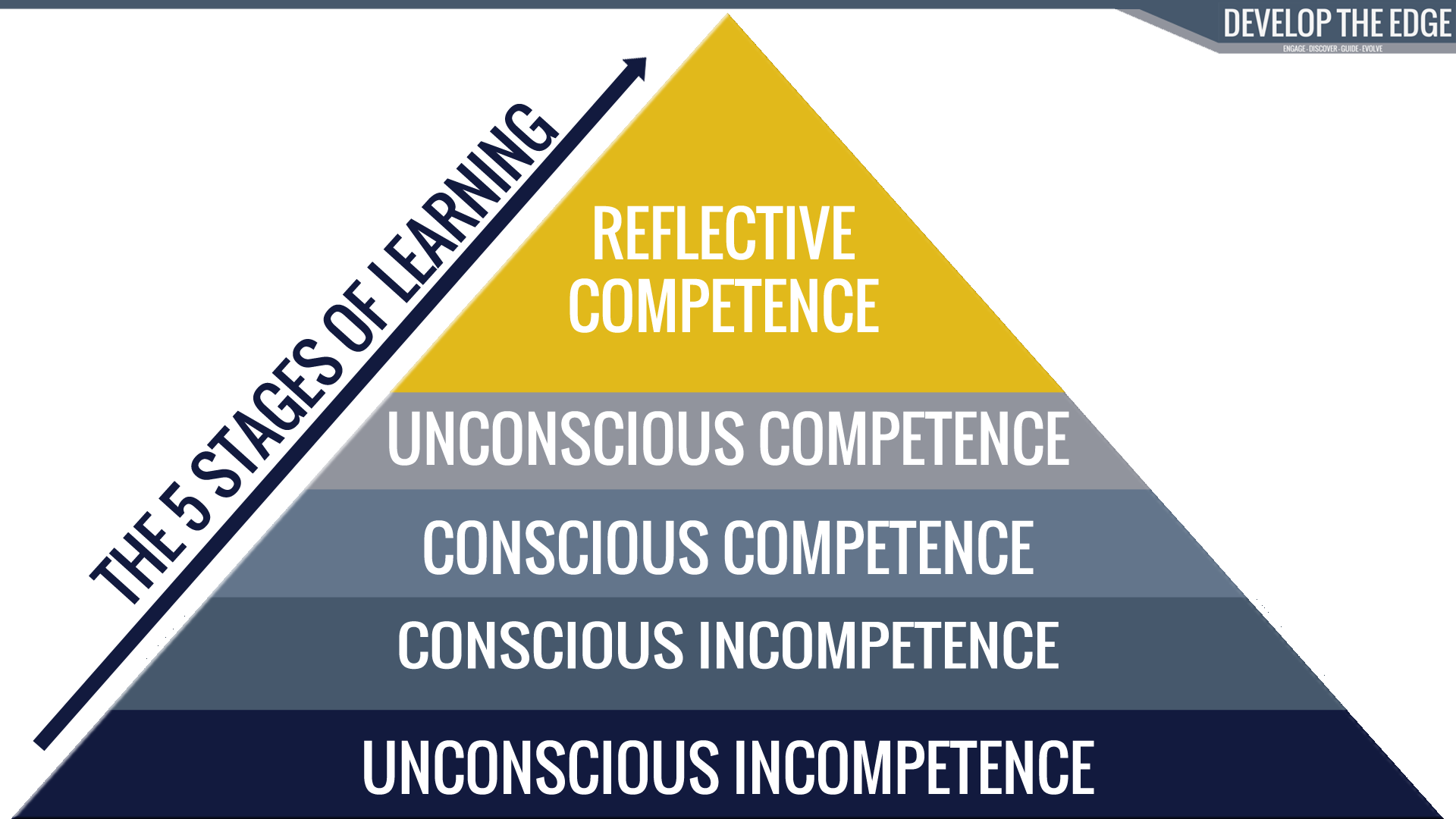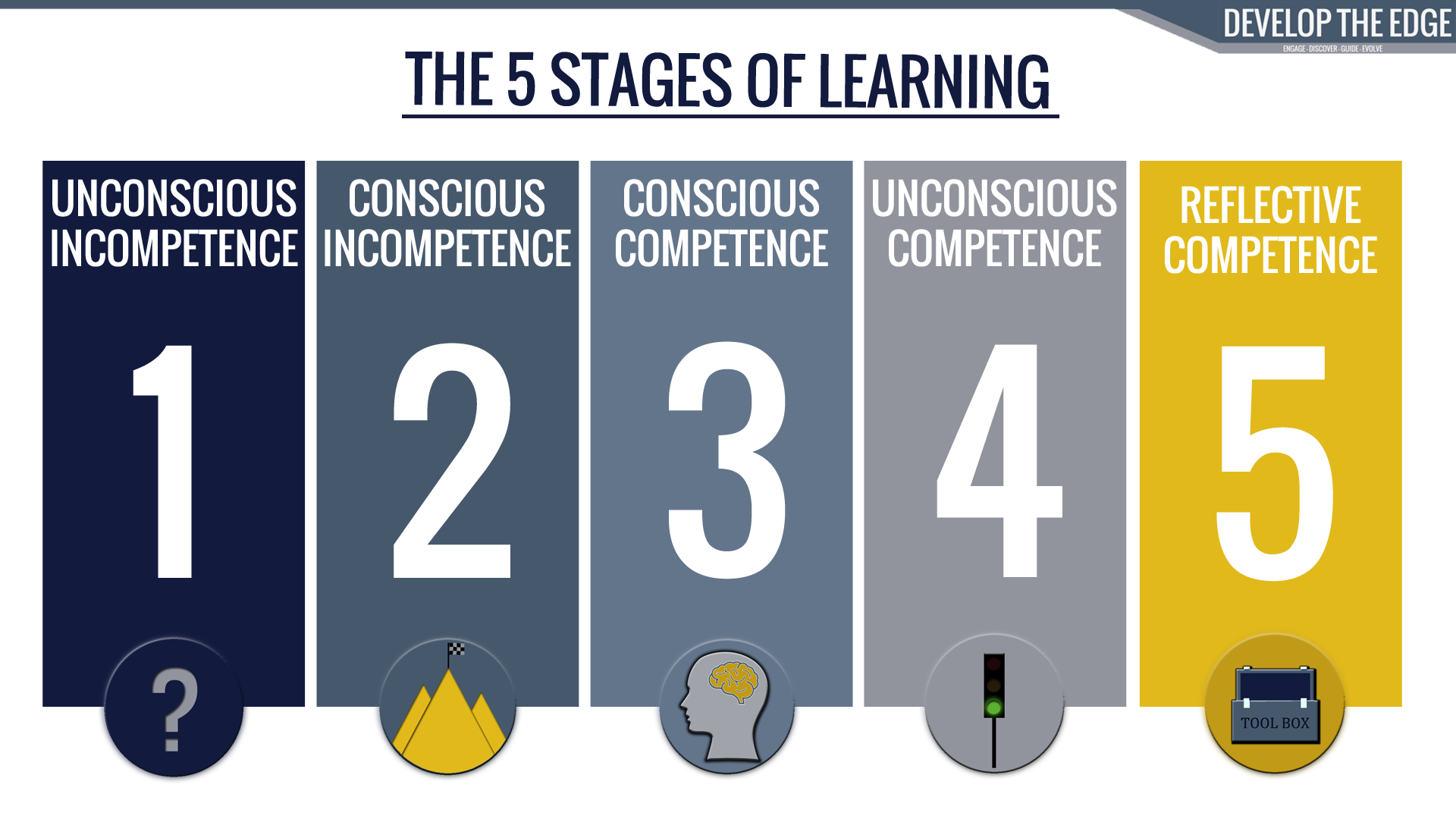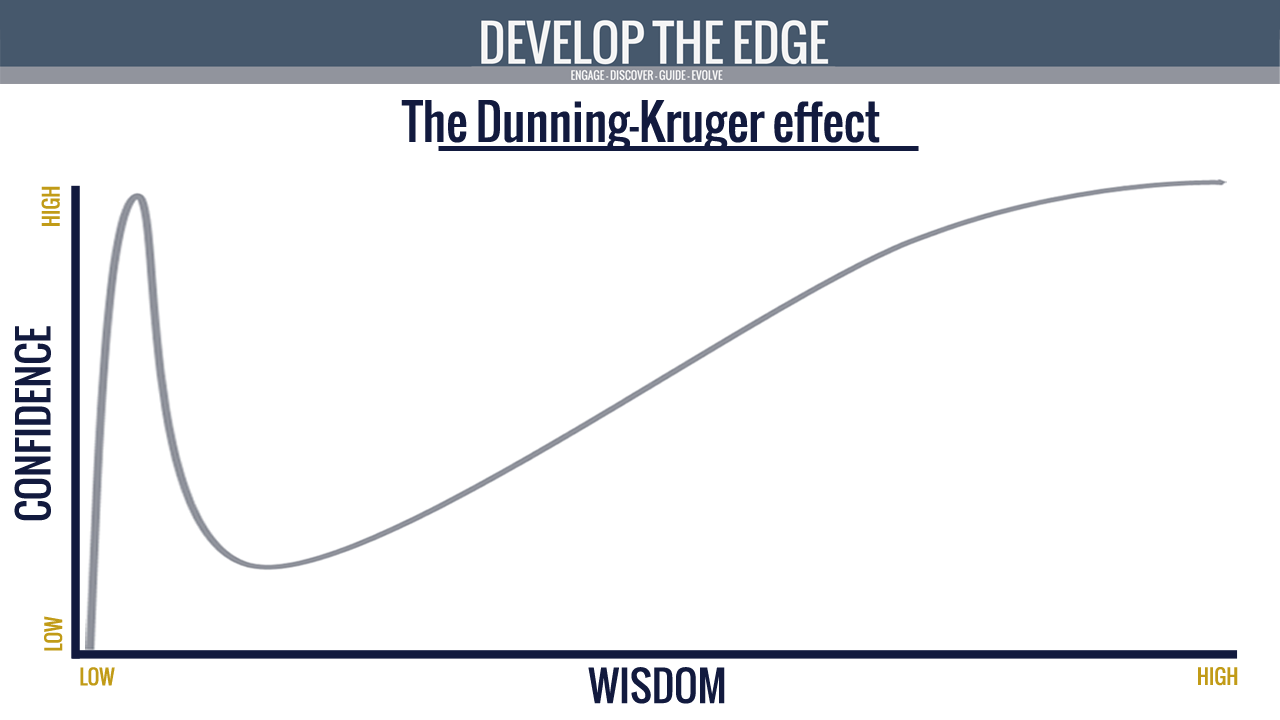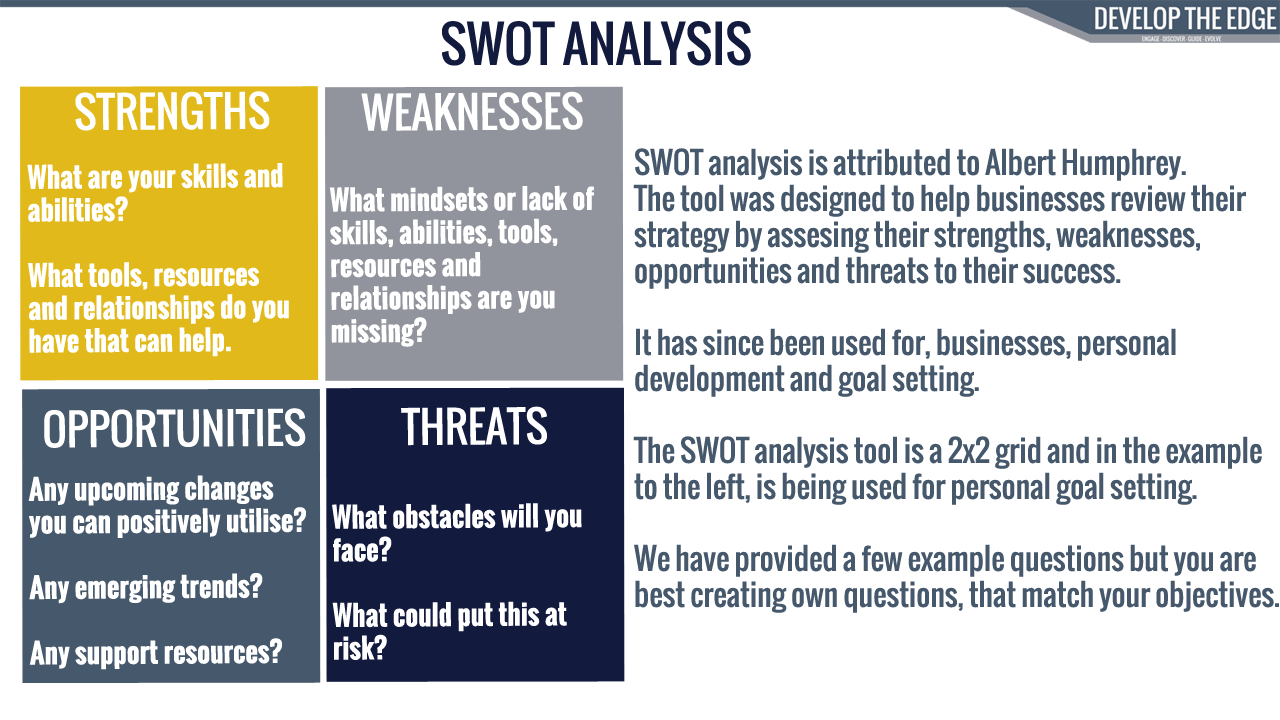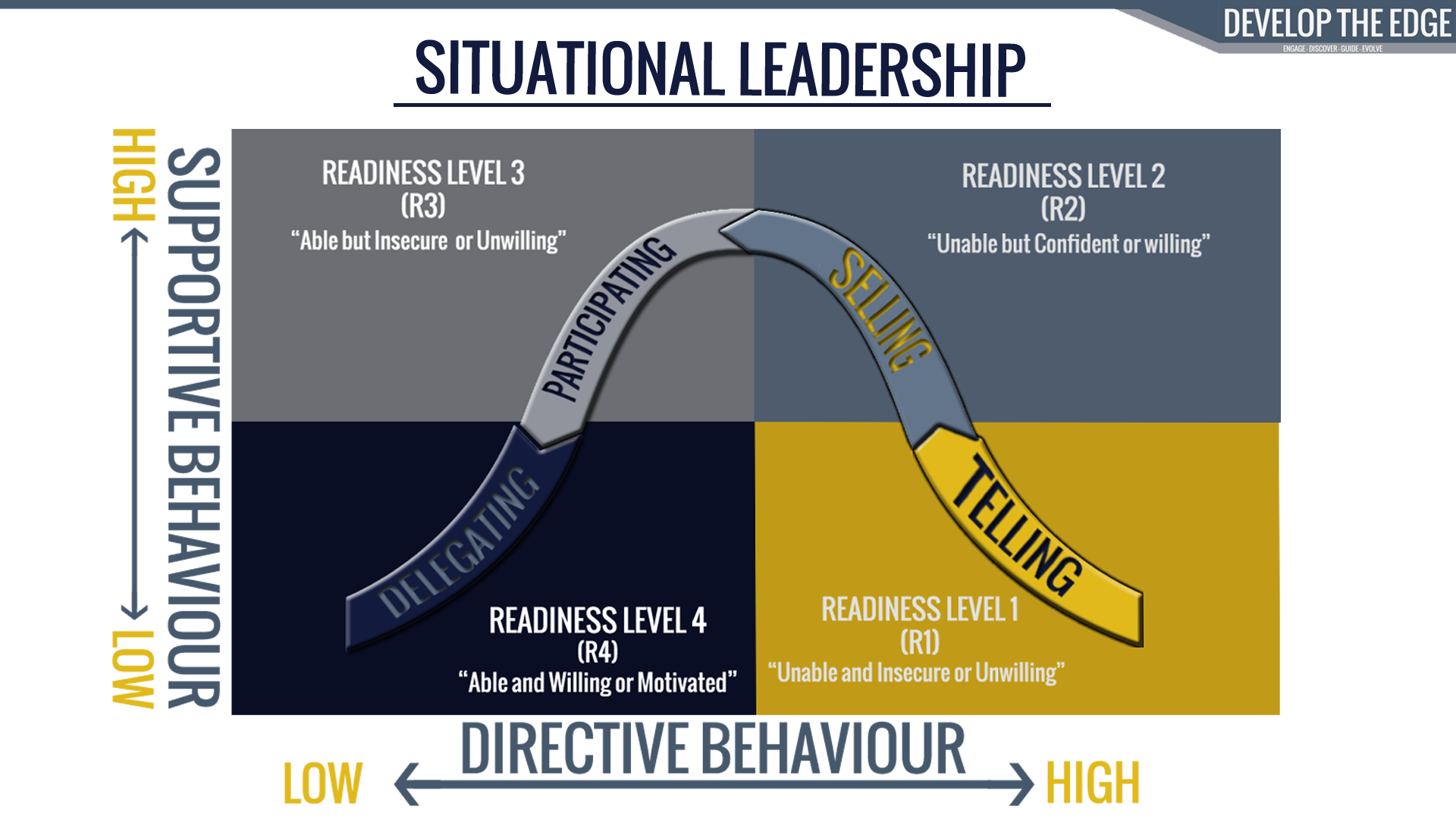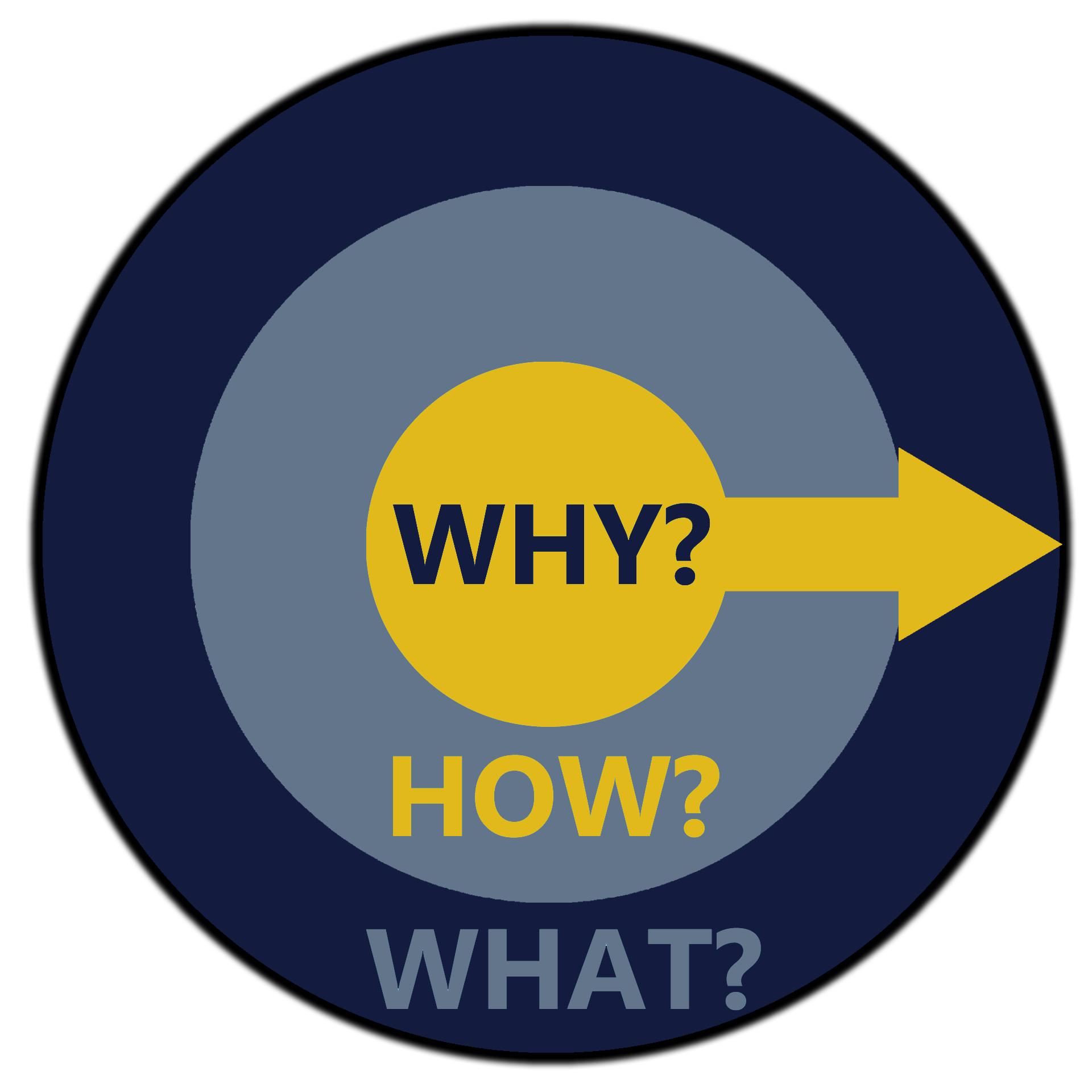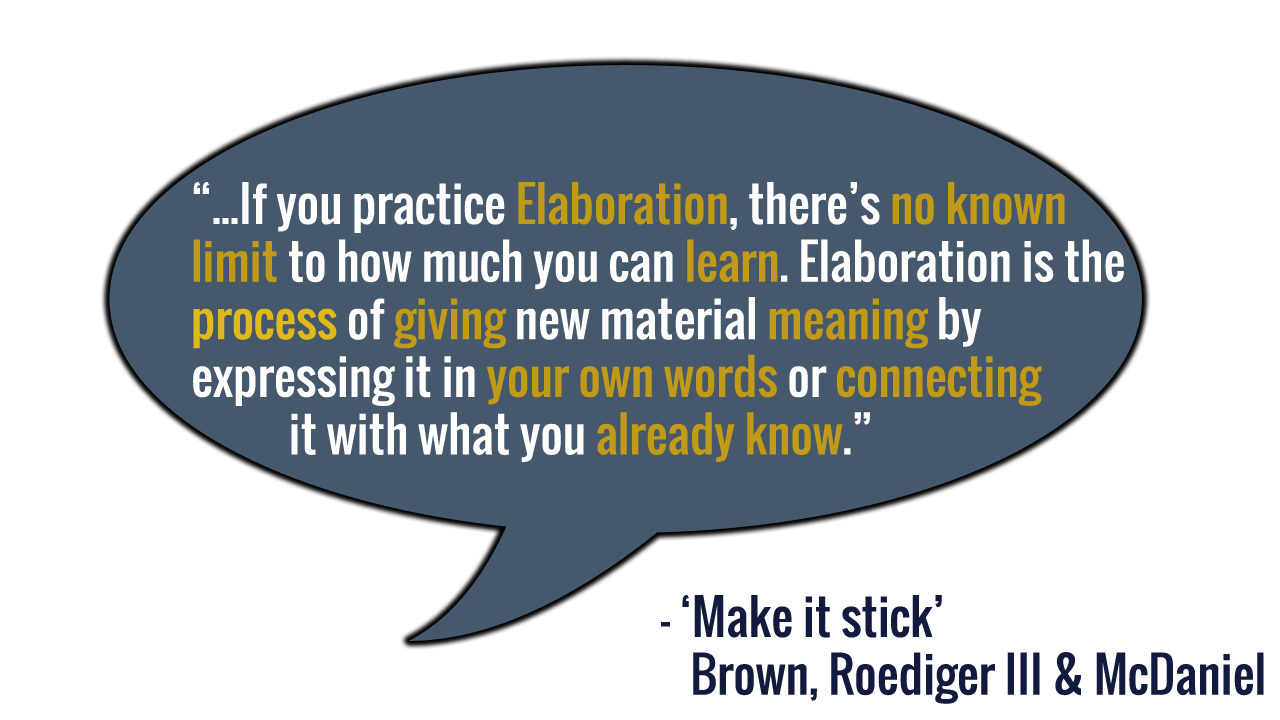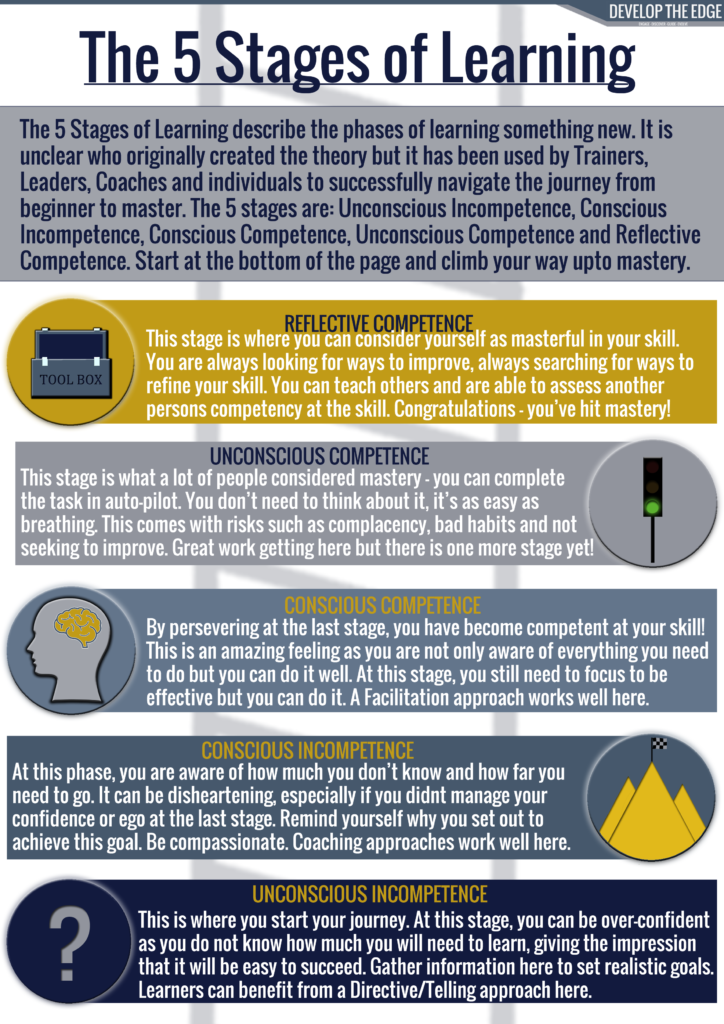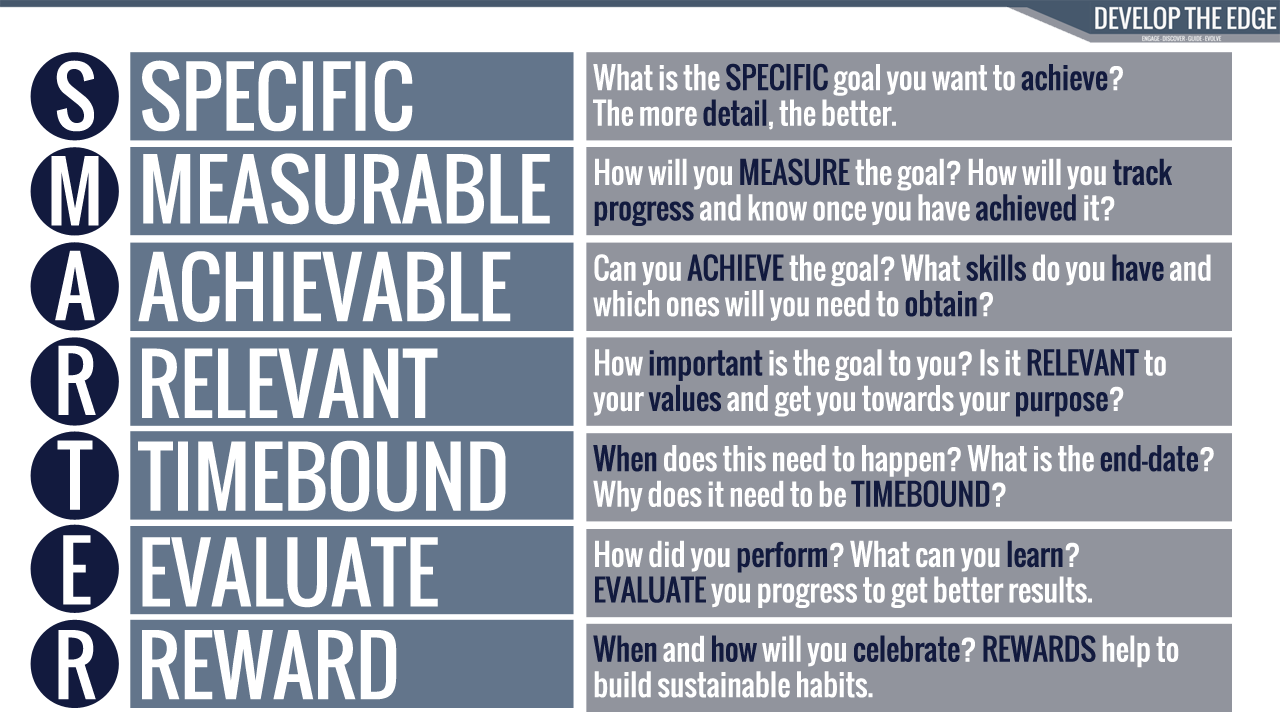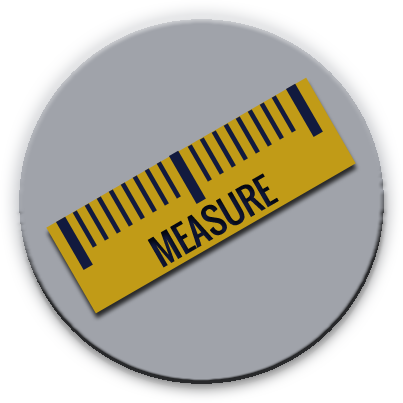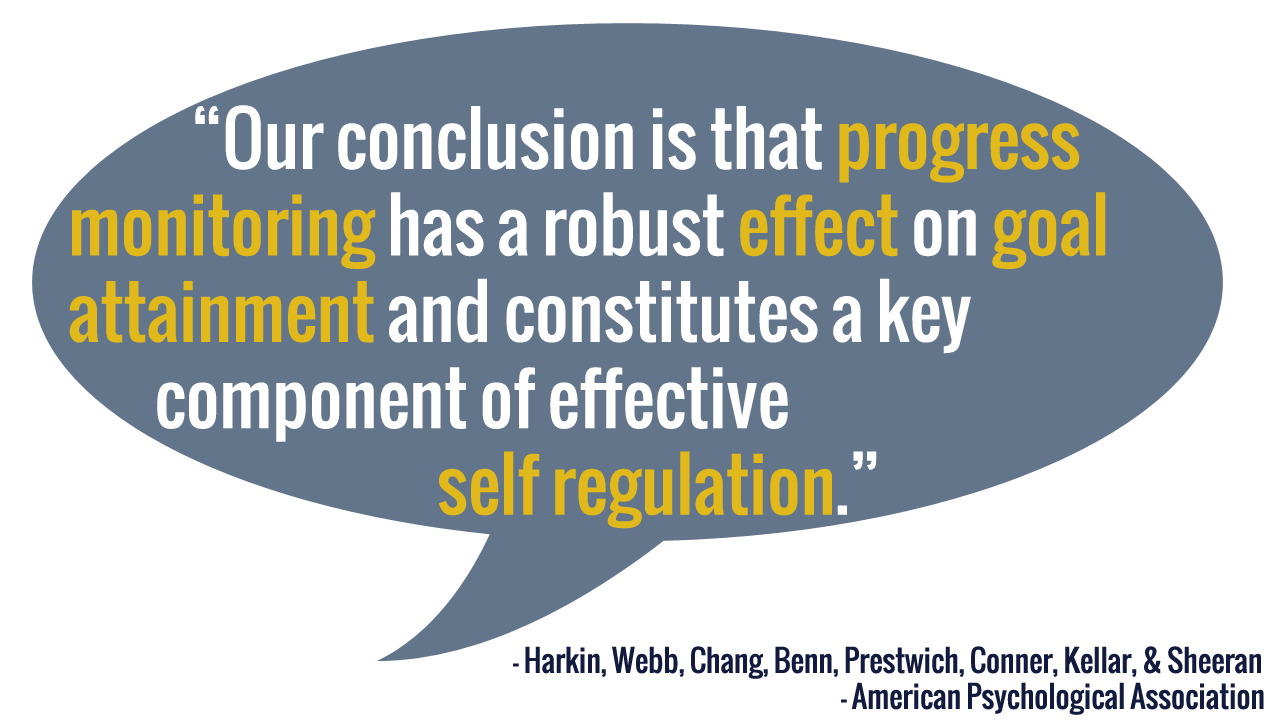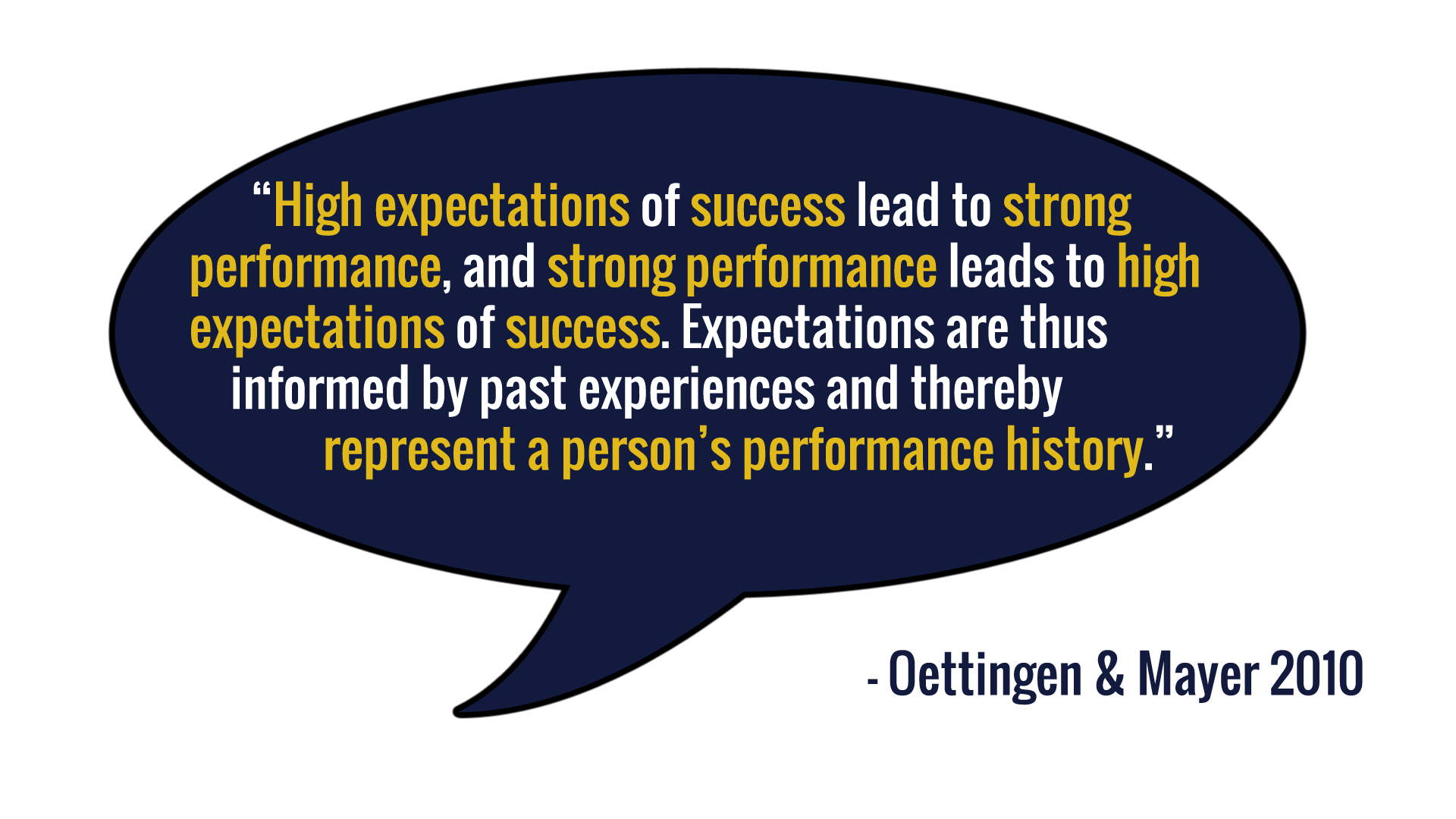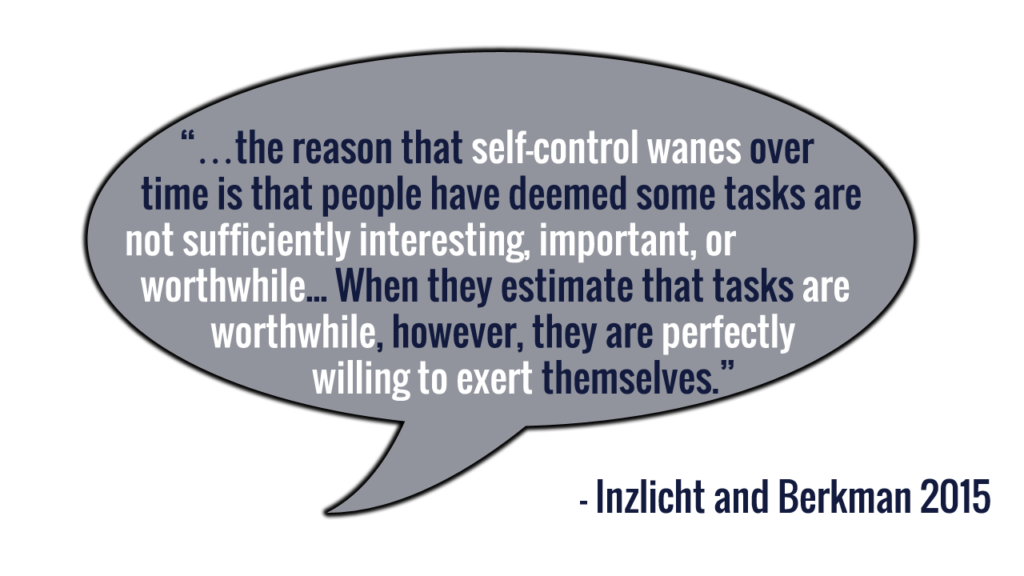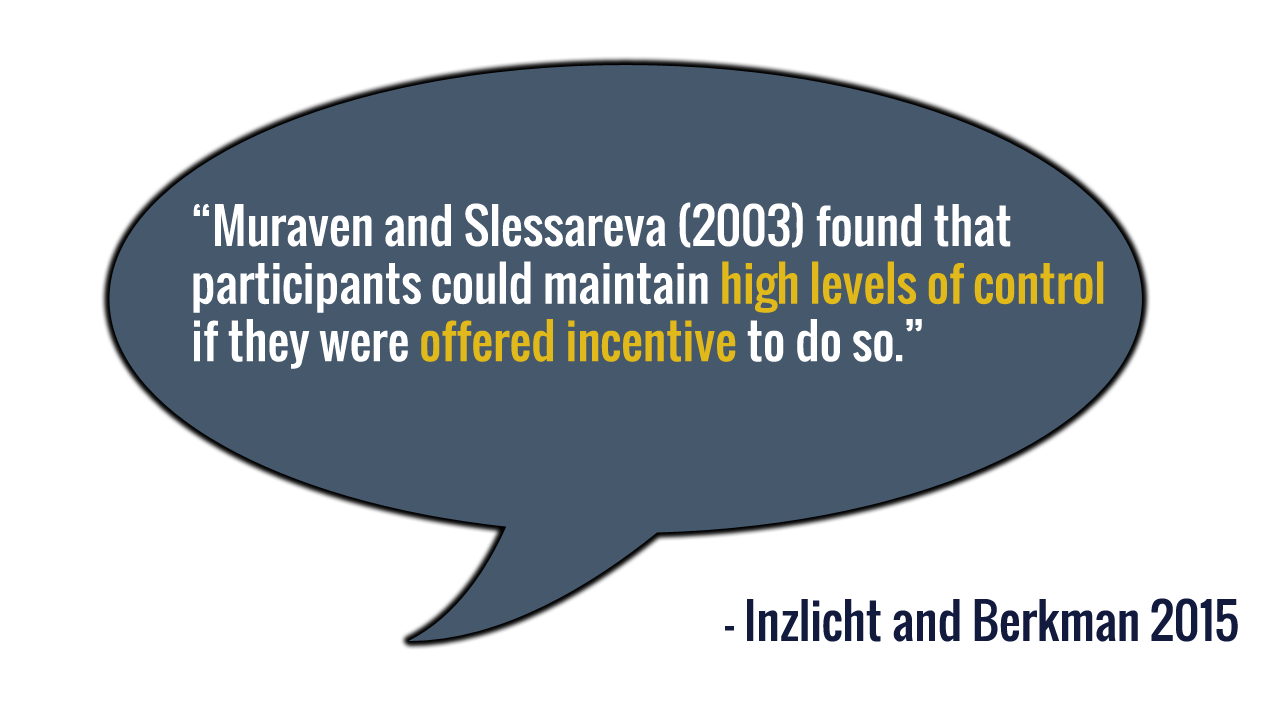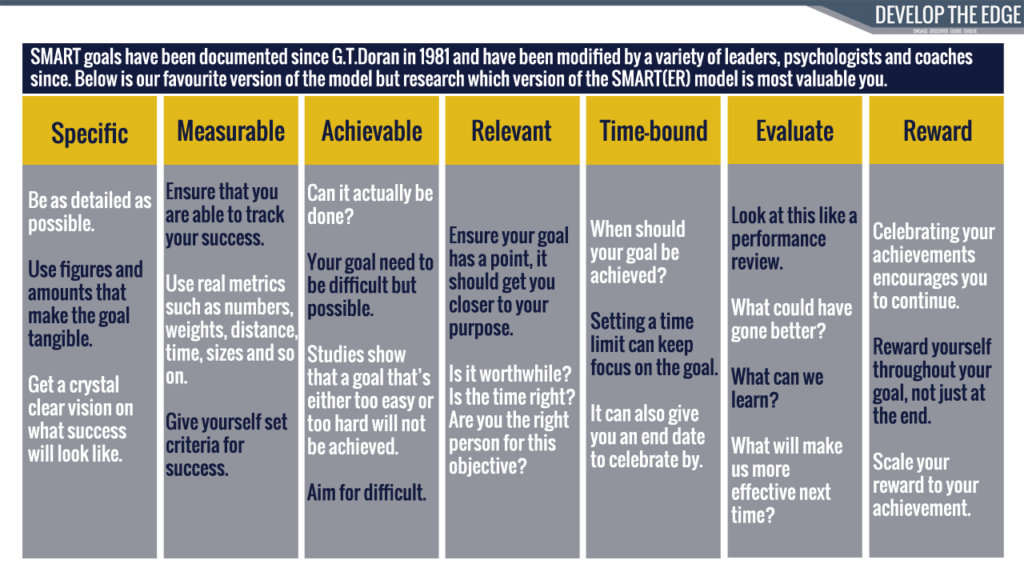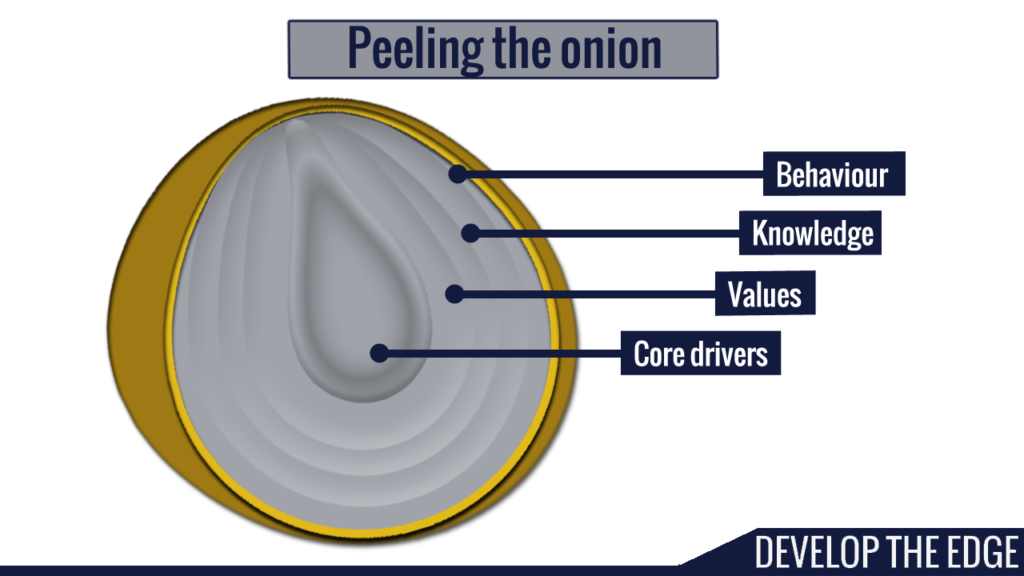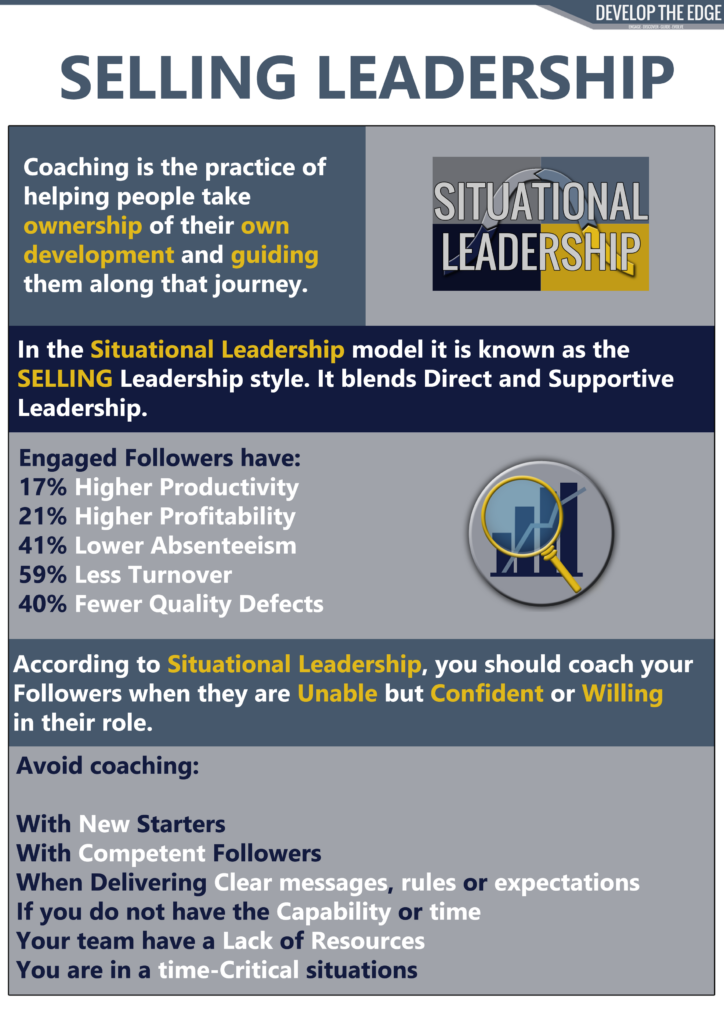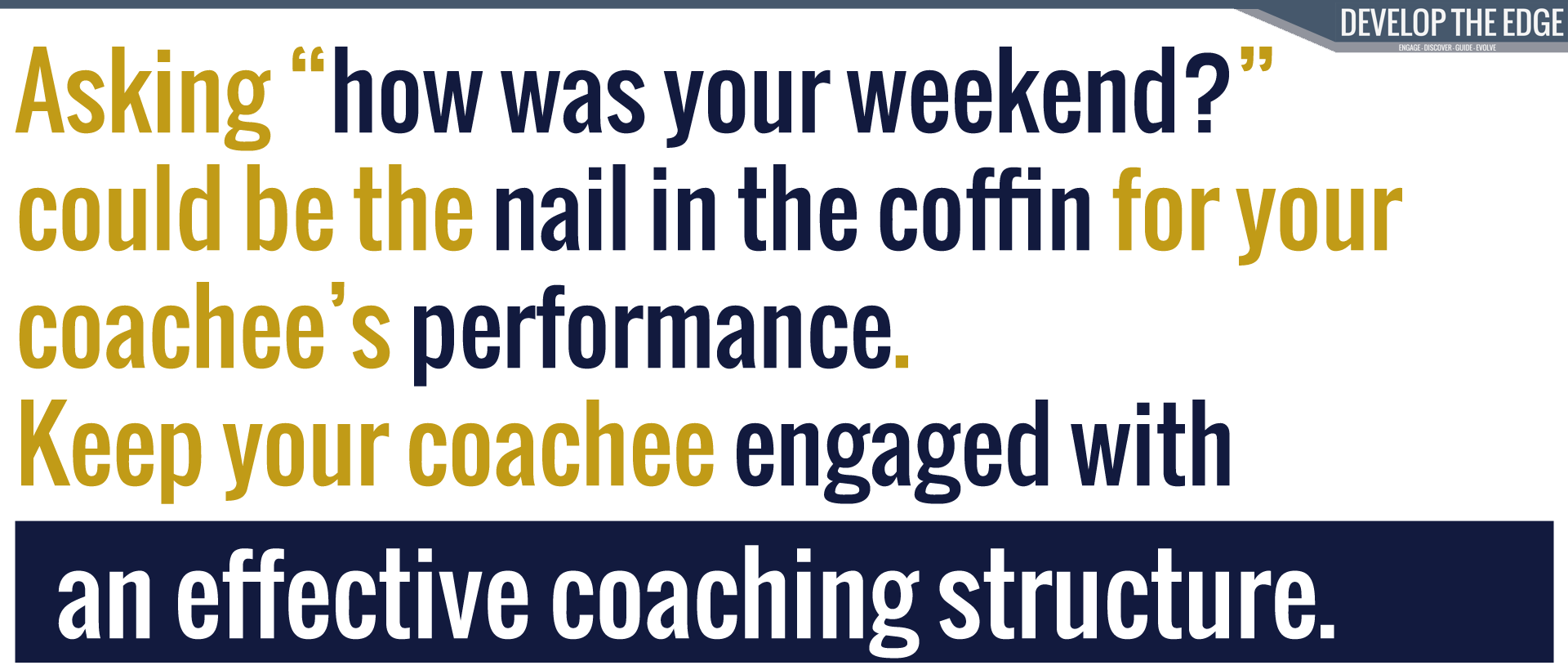
“Why can small talk be the enemy of a good coaching conversation?” I hear you say…
This article looks to explore the power of an effectively structured coaching conversation. It isn’t about how to coach, when to coach or even why to coach. Today we are exploring an overlooked part of the coaching skill set – structure. If you are a coach and have never spent time looking for an effective way to structure your conversation, this article may be valuable for you.
We are going to look at why structuring a session is important, the barriers to maintaining a structure and how you can create an engaging coaching structure, cutting out the risk of small talk disrupting quality conversations.
Why a structure is important

To people who just love to get stuck in and help people, a structure may seem like a strange notion for a coaching session. They may think it will feel too rigid and unnatural but with time and practice, a structure can be a natural, flexible and effective way to conduct your coaching conversations.
Think about how you would feel if you decided to pay for a coach and they seemed unprepared. Would you feel valued? Engaged? Like you got your money’s worth?
Consider how having a structure may benefit you as a coach and once you have done this, let’s compare lists.
Have you done it? Our main benefits to having a structure are below, did they match yours or did we miss something?
- It can create psychological safety
- It provides a clear journey
- It increases focus
- It sets expectations
- It can increase buy in
- It can increase motivation
- It can improve confidence
- It can improve your credibility
Now we have hit a few key points, let’s explore each of these benefits in more detail:
- It can create psychological safety
In 1943 Maslow published a paper called ‘A theory of human motivation’ where he discussed that people have 5 layers of needs. This is often shown as a pyramid where the lower level needs to be fulfilled before a person seeks the next level to be fulfilled. The 5 layers are; Physiological, Safety, Love and Belonging, Esteem and Self-Actualisation.
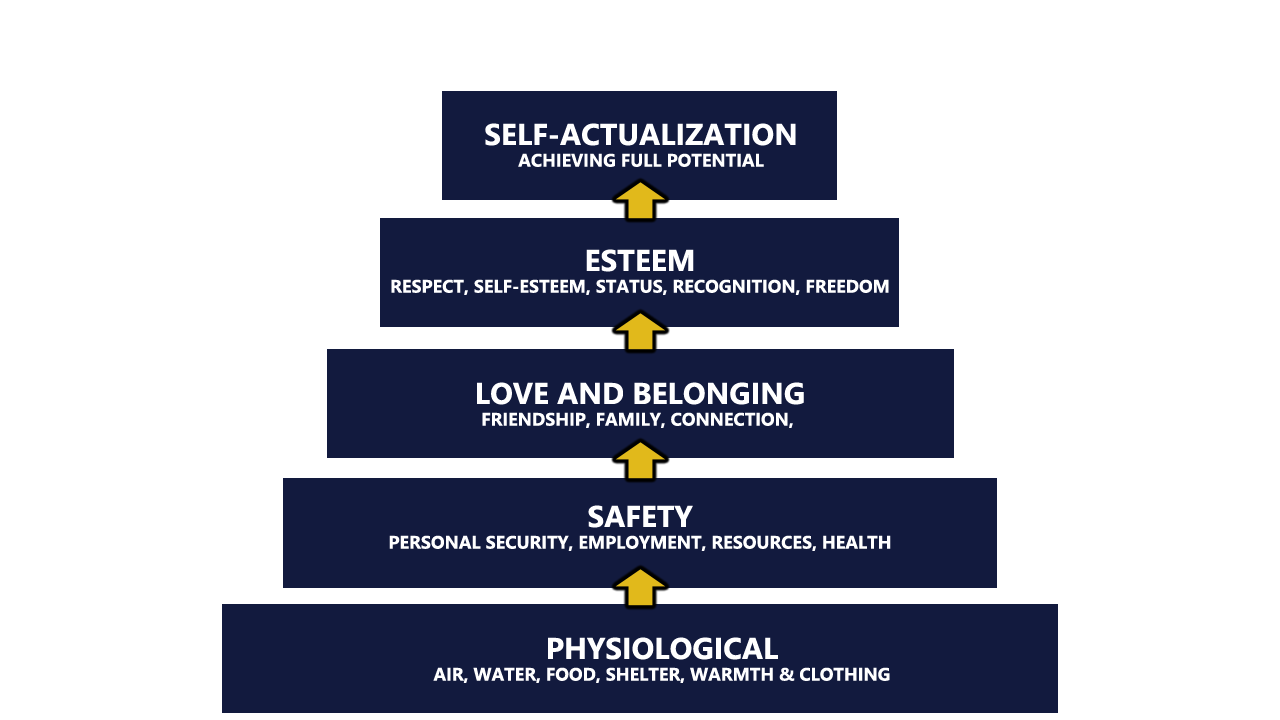
What has this got to do with coaching? Well, let’s take the first level as an example – Physiological needs such as; air, water, food, shelter, warmth and clothing. Now tell me how likely you are to be focused on someone trying to hold a conversation with you when you are hungry, thirsty, too cold, being drenched in the rain and needing the toilet. My guess is, unless you have a ridiculously high discipline level, you wouldn’t be able to maintain a good level of concentration. We’ve all been sat in a meeting when we needed to go to the toilet and instead of paying attention to what was being said we were thinking “how long can they talk for? I’m desperate!” – The same goes for your coaching. No matter how engaging you are, if someone’s needs aren’t met, they won’t be taking in the valuable conversation.
I’m not saying you have to climb the pyramid every time you have a coaching session with someone but if you have a clear structure laid out with your coachee, this will stop thoughts of “When are we going for a break?”, “When do we actually start the coaching” or “what’s the purpose of this session?” – laying the structure out in a clear format at the start of the session (or ideally before) will help you both focus on the actual coaching conversation at hand. If you can demonstrate that you care about your coachee and their outcomes, you are also ticking off the higher levels of the pyramid and creating psychological safety – which is key to an effective coaching conversation.
A final word on psychological safety comes from Jones et all 2016:
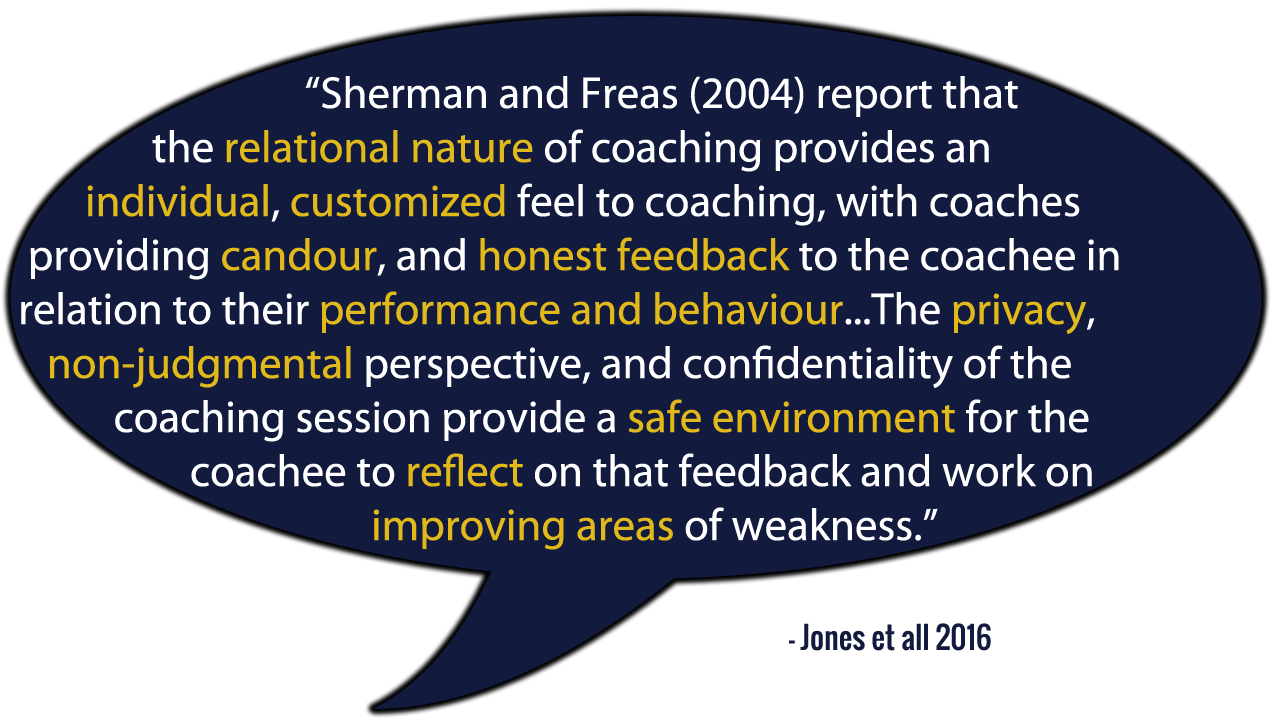
TIP: Send out the intended structure beforehand, have pens, paper and a drink ready in the room. Try your best to make the lighting and temperature of the room suitable for you both. Ensure the coachee knows that you respect them and want what is best for them.
- Journeys work best with a map
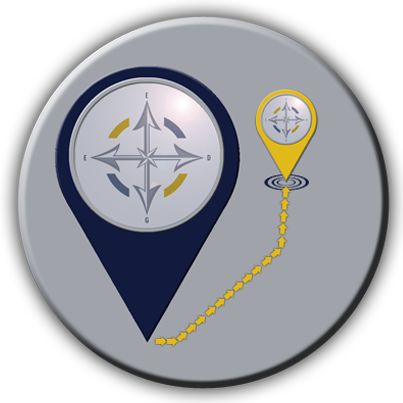
Maps make journeys easier. I don’t know about you but if I don’t have my sat-nav on, I’m useless driving somewhere unknown. The same can be true of a coaching conversation. If you both know where you are going and have an outline on how you will get there, it gives you both a logical and methodical feeling to your conversation. You will be able to see when you are on and off track, keeping the conversation to the point without sounding rude. Should you plan every question? No but you can break your session down into sections such as:
- Problem discussion
- Possible solutions
- Best solution
- Action plan
This rough structure will help you both understand where you are up to and what you have left to cover. It can be an extremely useful tool for someone who gets stuck on the problem.
“We’ve discussed the problem already but we keep revisiting it. I know this is a focus for you but what would be more valuable right now: talking about the problem or moving on to find the best solution?”
Tip: Get agreement on the structure early on to create a sense of commitment from your coachee. This will make it easier to get back on track if they keep revisiting a problem when you are trying to find a solution.
- Sets expectations and focus

When we create a structure, we are able to set expectations on what will take place in the coaching session. It also enables us to fully focus on the section we are on (remember Maslow’s Hierarchy). By setting expectations, people understand that the coaching conversation is there for a reason. It isn’t a social event where we discuss the events on the weekend, it is a focused conversation that is typically geared towards removing limiting beliefs, enabling success and enhancing performance.
Asking “how was your weekend?” could be the nail in the coffin for your coachee’s performance. How many hours have you wasted asking your coachee these clichéd questions? How much of your effective coaching time has been eaten up with small talk that doesn’t add value or get your coachee closer to their goals? It might seem polite to warm into the conversation but is it effective? Is it your purpose to help someone understand their potential?… or is it to have a casual chat with them that makes you both feel warm and fuzzy inside?
I’m not saying be anti-social or ignorant, what I’m saying is do this outside of your coaching session. If you are a Leader – first thing Monday morning, ask your team how they are, what they did on their weekend etc. Do it naturally, build your relationships but do it outside of coaching time. If you are a coach that deals with clients, fire off emails, texts, phone calls outside of your sessions if it is suitable. When you book in time for coaching, it’s there for development conversations. Look into quick ways to build rapport if you are struggling finding this balance.
TIP: A structured coaching session needs to be focused on your coachee. Use time outside of the session to build relationships and set the expectation that because you really value your coachee and their time, your focus will be solely on helping them, which leaves little room for small talk.
- Urgency motivates

Time limits are a powerful way to structure your coaching session and can create a sense of urgency with your coachee. This again, ties into Maslow’s Hierarchy of needs by allowing people to know when the session will be over and can help people put the structure into a sensible time limit.
We know that when we set a goal with too long a time frame, people give up faster than someone with a shorter time frame. This is because without a sense of urgency, people don’t focus as hard as they would in a time critical situation.
TIP: Set a time limit for your coaching session and don’t get caught up in the ‘coaching lasts an hour’ mind-set. An effective coaching session could take less than 10 minutes. Why waste yours and your coachee’s time by booking out an hour if you believe your coachee will have discovered their way forward in 20 minutes? Use your experience and judgement to get these timings right.
- Credibility and confidence

Coaching models are tried and true ways of guiding a coaching conversation. Whether you want to look at GROW, SMART, CLEAR, GURUS (the DTE model), the Reflective Cycle or any other model you love, they all provide a structure for you to work through. Using a model can build credibility in your coaching session as people realise you have an effective and reliable toolkit to support them with.
These methods are successfully utilised by leaders and coaches across the world, so you know that when you are using these to structure your conversation, that you have a great chance of achieving what you set out to. By using a model that already exists, it is saving you from reinventing the wheel and wasting time on trial and error.
For your own confidence as well, using a model can guide you through conversations until you are confident and comfortable to work within your own process.
TIP: Researching coaching models can be your best friend, find out which ones work for you and your coachees. A good coach is always learning.
With those 5 key reasons to structure a coaching conversation, it makes sense to explore some of the barriers to creating and maintaining an effective coaching structure. By highlighting these threats to your success, we can look at strategies to mitigate their risk.
Barriers to an effective coaching structure

There are 5 main barriers we as coaches can face when structuring our conversation, these are; time constraints, lack of preparation, lack of focus, lack of engagement and lack of outcome.
Time constraints

One of the more frustrating things as a coach are external factors limiting your time to support someone. If someone’s ever interrupt your coaching session because calls are queueing or coaching time is reduced as targets aren’t being met (crazy right?!) – you may be nodding your head in agreement as you read this. Time constraints can make you feel like a structure is pointless but actually, it makes even more sense. If you structure your time, you end up having more of it because you cut out the wasted time. Just structure smarter.
TIP: Plan out a 60 minute coaching session, then cut it down to 30 minutes, then to 15 minutes and finally to 10 minutes. See how much you can actually get out of a short 10 minute session. When you find yourself panicking about not having enough time, it’s a good time to stop worrying and start planning how to spend your time effectively.
When I was complaining early on in my career about not having enough time to effectively coach people, my first Leadership mentor asked me “Well Simon, what CAN you do?” – This reframed the whole situation for me to focus on what was possible. It all boils down to accountability and what you can choose to take ownership of. Want to know more? We have an article on accountability here.
Lack of preparation

This is often linked to a lack of time! A lack of preparation can mean you end up ‘winging’ your coaching session. Before you put yourself in a victim mind-set of saying “I just didn’t have time to prepare!” ask yourself these questions:
- Why don’t I value this person enough to prepare for them?
- How does this lack of preparation impact my effectiveness?
- If I was the coachee, what would I want to see?
A lack of preparation can impact how effective your structure is. Remember the benefits of a good structure:
- It can create psychological safety
- It provides a clear journey
- It increases focus
- It sets expectations
- It can increase buy in
- It can increase motivation
- It can improve confidence
- It can improve your credibility
TIP: Where possible, understand what you will be discussing in the coaching session. Schedule time between meetings to get the room, yourself and your session ready.
Lack of focus

You can create the best structure known to the world but if you lack the focus to follow it, it is redundant. This goes for yourself and your coachee, so ensure that you keep to your structure. Remember Maslow’s Hierarchy – by taking care of your own and your coachee’s needs, you will both be able to focus on the coaching itself.
TIP: Remove distractions and cover the basics in Maslow’s Hierarchy. Where possible, coach away from any screens unless they are an important part of the session itself. It can be tempting when notifications pop up, so make it easier for yourself and your coachee – switch off distractions.
Lack of engagement

Directly linked to a lack of focus is a lack of engagement. Sometimes coachees are just not engaged in the coaching. This will quickly see your valuable coaching go to waste. Put yourself in your coachees shoes, if you don’t see the benefit in something, would you want to spend your time doing it?
Questions to ask yourself or your coachee:
- “Why are they distracted?”
- “What could I do to make this more engaging?”
- “Have I demonstrated the value in this?”
- “Is there a better way forward?”
TIP: Keep your mind-set accountable. Blaming your coachee for their lack of engagement isn’t a smart choice. As a Coach, it’s your job to demonstrate value, as a Leader, it’s your job to make the mission so compelling that people are engaged in it.
Lack of outcome

Moving in line with a lack of engagement is the lack of an outcome. If your coaching session doesn’t have an objective, how can you effectively structure a coaching conversation towards it? For coaching to take place, you and your coachee should have an outcome in mind. Coaching isn’t just for a catch up.
TIP: Engage with an outcome as soon as possible in the process. This gives you both something to work towards within your structure.
Armed with ways to overcome the barriers to an effective structure, let’s discover how we can create an engaging coaching structure.
How to create an engaging structure
We have looked at the benefits of creating an engaging structure, understood some of the barriers and how to overcome them. Now it is time to plan out our engaging structure. We do this by;
- Preparing your session
Preparation is a really basic and effective step but one that can often be overlooked. We can break this down into 4 main sections that form the acronym MEET; Method, Environment, Engagement and Time.
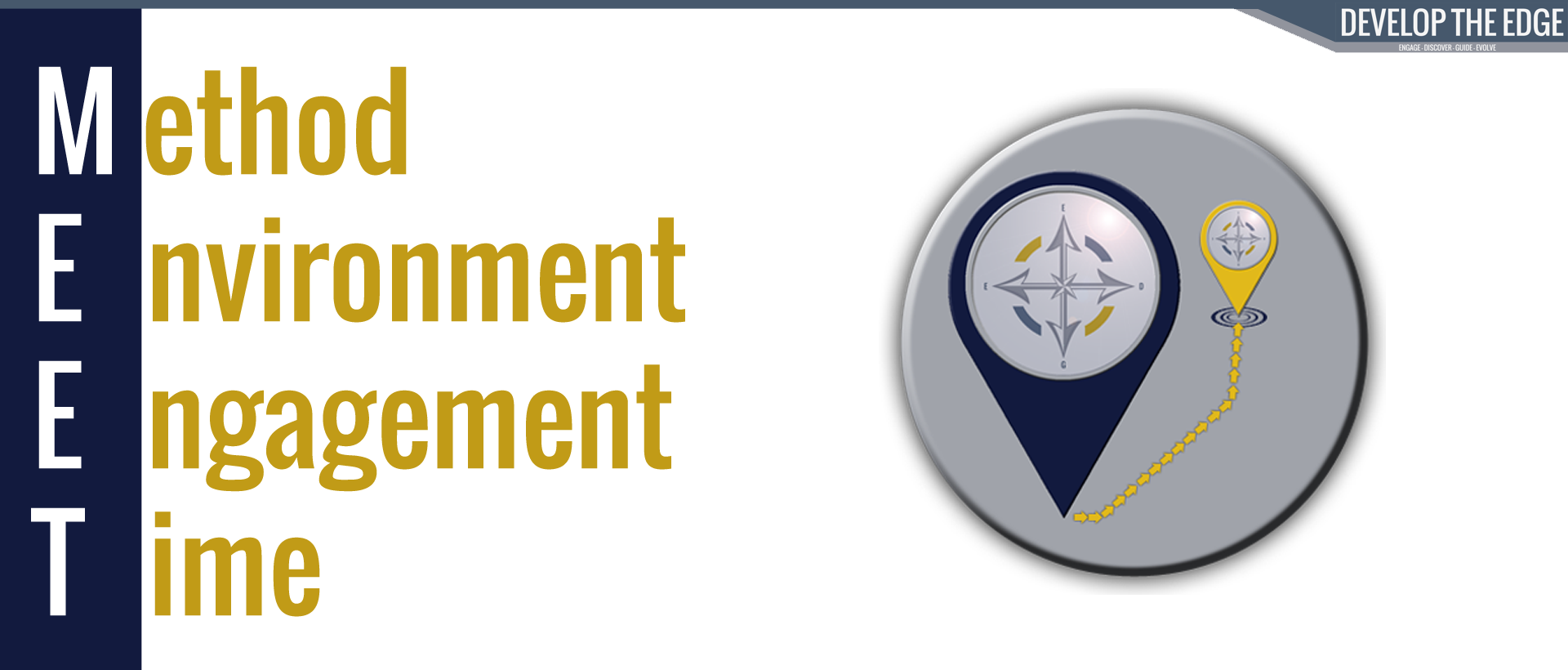
1. Method
As above, have a good idea on the method you want to use for your coaching. This could be something simple such as:
- Objectives
- Problem
- Solutions
- Commitment
You could use a method or model that is already available, such as:
GROW:
- Goal (what do they want to achieve?)
- Reality (where are they now?)
- Options (how can they get there?)
- Way forward (the action plan)
For more details check out our article HERE
Or maybe you could use Ferdinand Fournies’ Coaching Discussion Plan:
- Gain agreement that there is a problem
- Discuss alternative options
- Agree action
- Follow up to measure success
- Reinforce success
Whether you use one of these approaches, another one or your own, a structure like this can help guide your conversation and keep you both on track.
2. Environment:
Prepare the room or environment you will be coaching in.
Consider how the chairs are positioned, facing each other can create a confrontational atmosphere so consider a 90 degree angle or side by side. Think about lighting, temperature, drinks and stationary. Remove distractions.
3. Engagement:
Refresh yourself on previous notes. What did you discuss last time? Have you asked ahead of the session what they want to cover this time? Did anything happen in your last session that has made you think about a different approach this time? How does your coachee like to communicate?
4. Time:
How long have you got to coach? What questions, tools or activities could you plan in to use this time effectively? Is there any ‘pre-work’ your coachee could do to prepare for the session?
- Engaging with the coachee

The first step in engagement is to take yourself out of the equation, even if you have a plan on what to coach them on, they may have their own objectives. Even if you have an agenda, open the floor up with something like: “We’ve booked today in as I want to see what support I can offer for you to achieve our objectives as we seem off track. Before we get started, what is your goal for this session?”
This let’s your coachee know that whilst you need to cover certain topics, you do genuinely care about them and what they want to achieve. It builds psychological safety as they realise you are there to support them, not manage them out of the business. If you are coaching a client, the likelihood is they will be bringing the objectives to the session full stop, so this is an essential part of your opening conversation.
Another way to engage with your coachee is to ask them for progress updates. “Last time we spoke you said you would do X, how did that go?” This shows engagement and a good understanding of past coaching conversations. It demonstrates that you are invested in your coachee and will likely give you some great indicators on what you can coach on.
A well known tool for building Rapport quickly is to use the Matching and Mirroring technique. You can match and mirror body language as well as words used, doing either of these can create an emotional connection on a subconscious level with your coachee as their brain is telling them that you are both alike.
When we match in body language, we copy what the other person is doing. Do they have their arms folded? Do the same. Are they tilting their head to the right hand side? Do the same. You can also be more subtle by using a cross matching technique, so if they have their arms folded, you can cross your legs. If you notice their breathing pattern, you can subtly move your finger up and down in the same rhythm. Mirroring is the same as matching but your body position is opposite, as if they were looking in a mirror. So if they tilt their head to the right, you tilt yours to the left.
In language, we can mirror by repeating key words in the sentence such as:
Coachee: “I’m having a hard time meeting my goals.”
Coach: “You’re having a hard time?”
This simple technique enables your coachee to give you more information about their thoughts and feelings.
Matching language can be a useful tool for developing Rapport quickly. It is more subtle than mirroring and requires focus to pick out the right words. For example, if someone says “I see the value in that.” – they are in a visual state as they “see” something. Your language can now use visual cues such as “bigger picture”, “look at the details”, “watch this” and so on. “I hear that!” indicates an auditory state, so “music to my ears”, “that sounds great” and so on will help you build rapport. If someone is driven by an internal compass, use phrases like “you might consider” – which will be seen as an invitation and not a suggestion to be ignored. On the other side, if they are driven by others and care about what other people think, you could say “most people would…” or “it’s common that.. “ – these are tools to build relationships quickly. Be mindful how you use them as the difference between a leader and manipulator is the intent in which you use these tools. Using these tools to build a relationship to help someone? That’s leadership. Using words to get your own way? That’s manipulation. Coaching is about supporting your coachee to overcome barriers and perform effectively, to have an honest and open conversation, you need rapport first.
P’s & Q’s (presence and questions)

Be present with your coachee.
Being an effective coaching means that you are in the moment with your coachee, paying attention to their body language, facial expressions, words used and tonality. You need to be aware of what isn’t being said as much as what is being said. If you are thinking about what you are going to cook later, another client or needing to go to the toilet, you won’t be present, could miss vital information and break rapport with your coachee. Try to remove distractions such as phones, computers and other people.
The other part of this section is using effective questions.
I have been in numerous businesses where ‘coaching’ consists of telling someone what they did well and what they need to improve on (often more of that latter)! This isn’t really coaching, telling someone what they did or didn’t do well is feedback. Coaching uses questions to get your coachee to think about a problem, their response to it and their own solution. As Michael Bungay Stanier says in his Book “The Coaching Habit” – say less, listen more. Don’t become the advice monster, coaching isn’t about stroking your ego and thinking you know best, it’s about being curious and questioning someone else to greatness.
Being present will likely mean you are in a great position to ask a better quality of question than if you weren’t paying attention. Whilst there are some questions that are great go-to questions, the best way to be effective is to be present, listen to your coachee and ask questions to help uncover and overcome limiting beliefs.
Here are a few examples of good go-to questions but remain present to really take your questioning to the next level:
- What does that mean to you?
- Why do you think that?
- What do you want it to look like?
- What makes that compelling for you?
- What’s stopping you?
- What’s the way forward?
Accountability
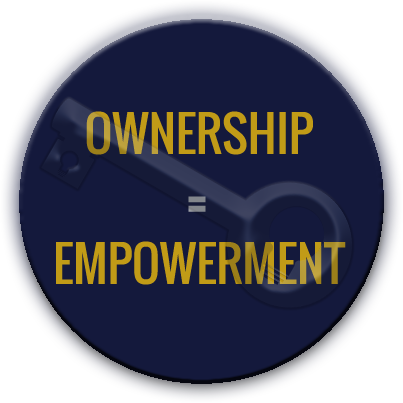
The next step is creating an engaging coaching conversation is the use of accountability.
Does your coachee feel accountable for their results?
Do they feel accountable for their actions and inaction?
Who is walking away from the conversation with the action plan?
When people feel accountable, they begin to pay attention and focus on what they are able to do instead of focusing on the barriers that are holding them back. Accountability is one of the most important skills to develop in people as it empowers your coachee to succeed by their own standards.
One of the best ways to create accountability is to demonstrate it yourself. The next time someone misunderstands your question, instead of blaming them say “I’m sorry, perhaps I didn’t word that right…” or next time someone starts blaming others for their lack of progress say “I’m sorry, I’m afraid I wasn’t clear when we last spoke. The only way to give ourselves the best chance of success, is to take ownership. What can we work on together to improve this?” If you weave accountability into your coaching conversation, you will begin to embed its importance.
Next steps
Finally, we need to think about our next steps. This keeps your coachee engaged not only during the coaching session but also after it and into the next coaching session. There are many goals setting models to choose from, such as our GURUS method, GROW model or the SMARTER method. These tools give you a solid framework to base the cachees next steps on.
Like the rest of the coaching conversation, real value comes from pulling the answers from your coachee, not providing the answers for them. For commitment and accountability, your coachee should set their goals.
One final word on goal setting comes from Jones et all 2016:
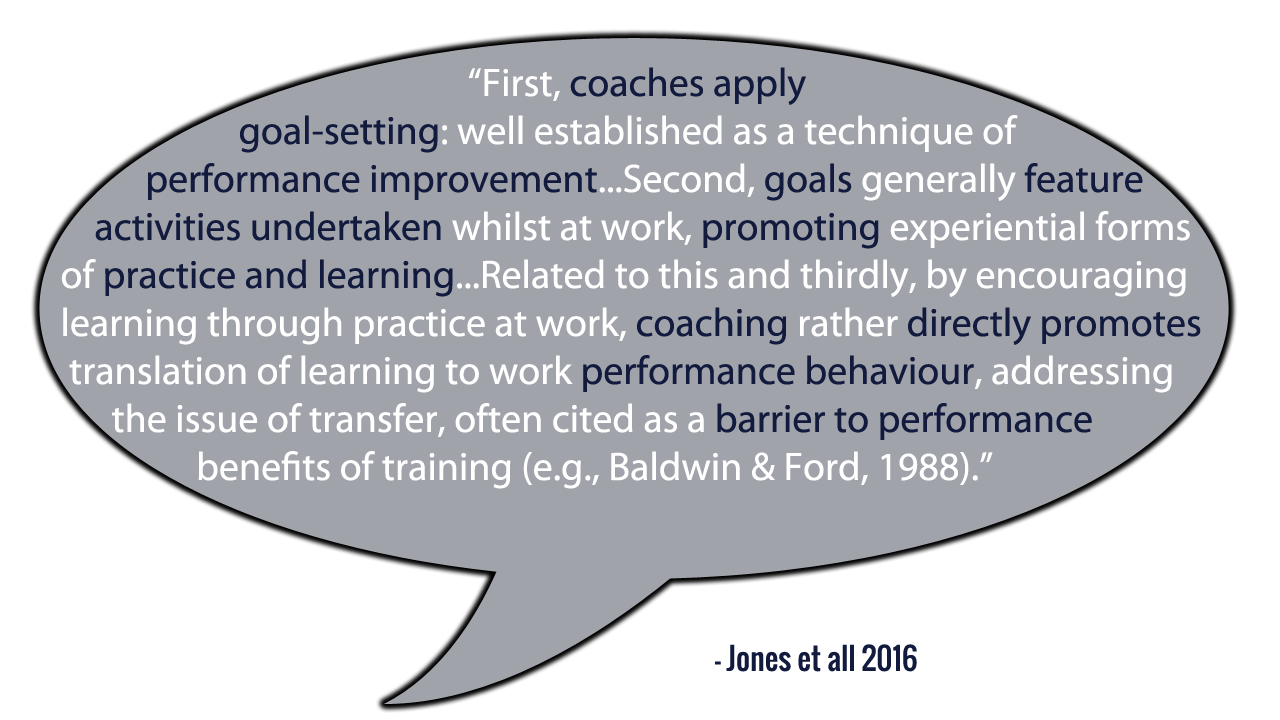
Summary

Whilst coaching is great and should happen daily and organically outside of formal coaching sessions, when you need that formal session, it makes sense to have a structure to your conversation. A well structured session can lead to the following benefits:
- It can create psychological safety
- It provides a clear journey
- It increases focus
- It sets expectations
- It can increase buy in
- It can increase motivation
- It can improve confidence
- It can improve your credibility
Whilst we know there are some fantastic benefits to a good coaching structure, there are some barriers that we need to look out for: Time constraints, lack of preparation, lack of focus, lack of engagement and lack of outcome.
Spend some time thinking about how you can overcome these barriers so you are prepared for them when they show up. Once you’ve looked at how to overcome these barriers, it’s time to structure your session. We do this by; preparing our session, engaging with the coachee (which includes understanding objectives), P’s & Q’s (presence and questions), accountability & next steps.
There are plenty of great models out there that you can use to structure your coaching conversation, you don’t need to reinvent the wheel, focus on how you can best support your coachee and the rest will come with practice.
RESOURCES:
- 1 Page guide for creating a coaching structure
- Coaching session template
- Structure Reflection sheet
- From an hour to 10 minutes question sheet






